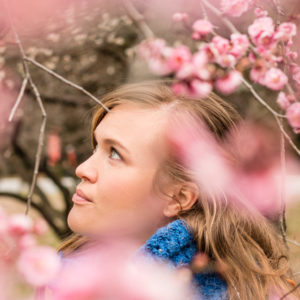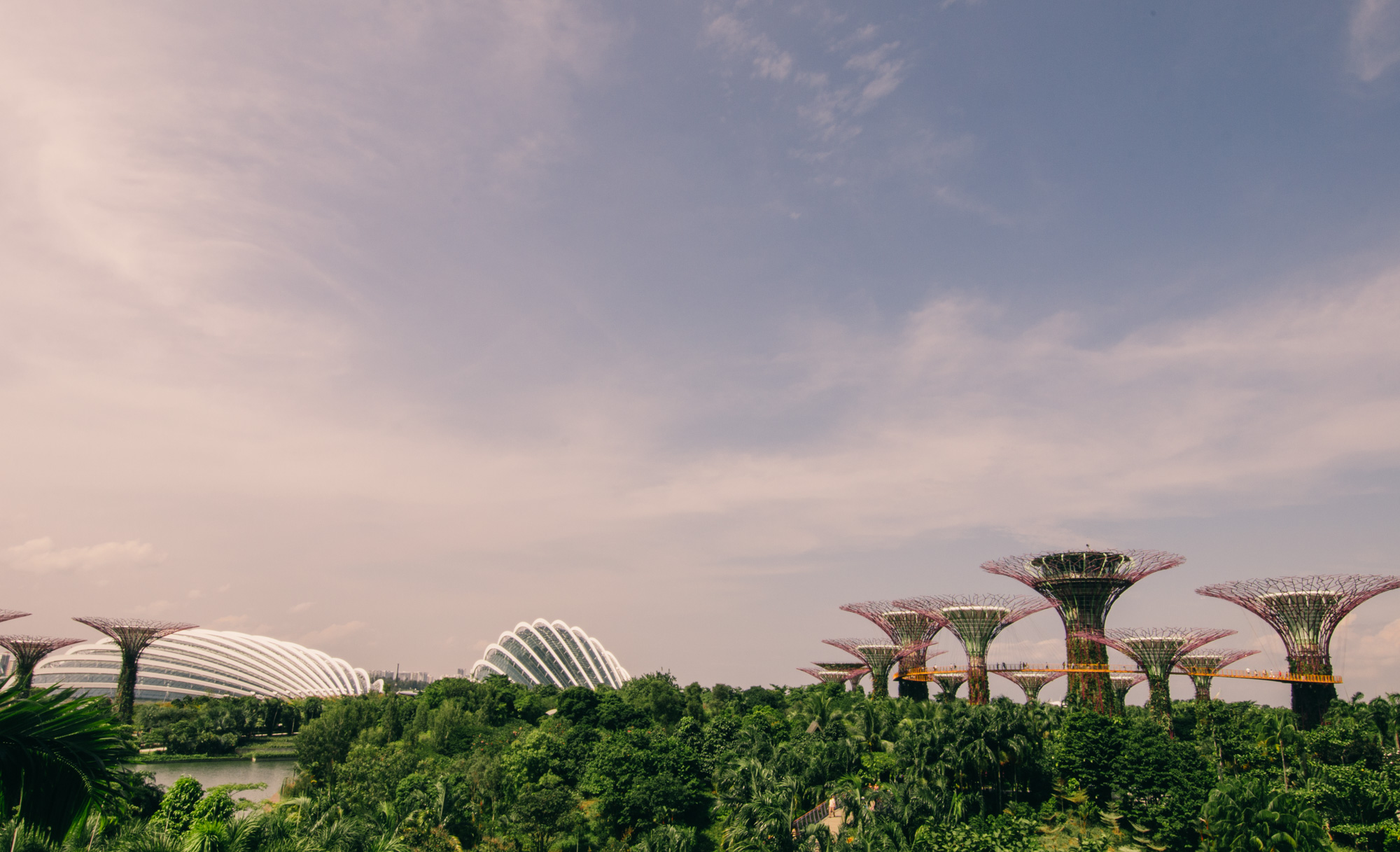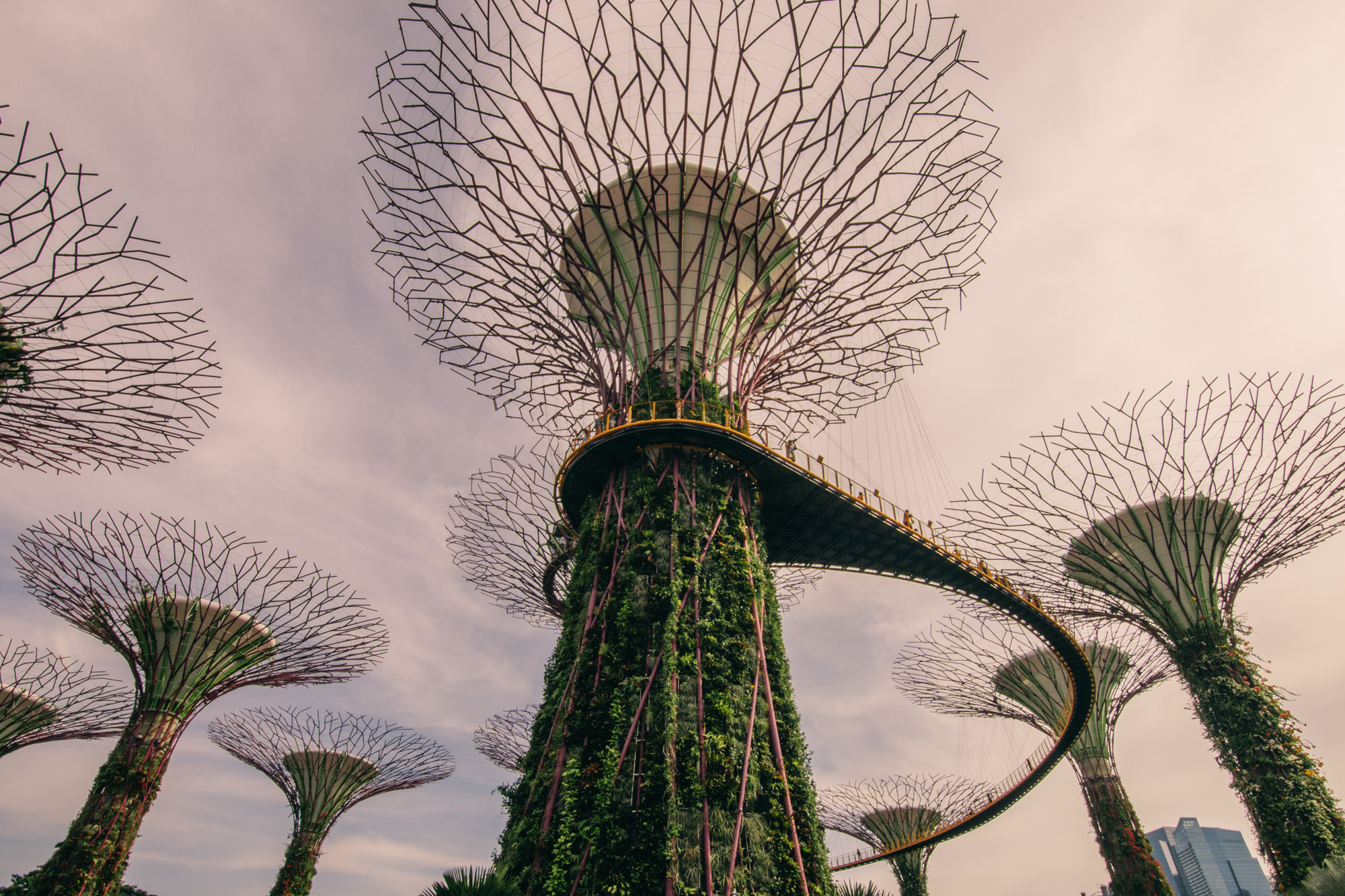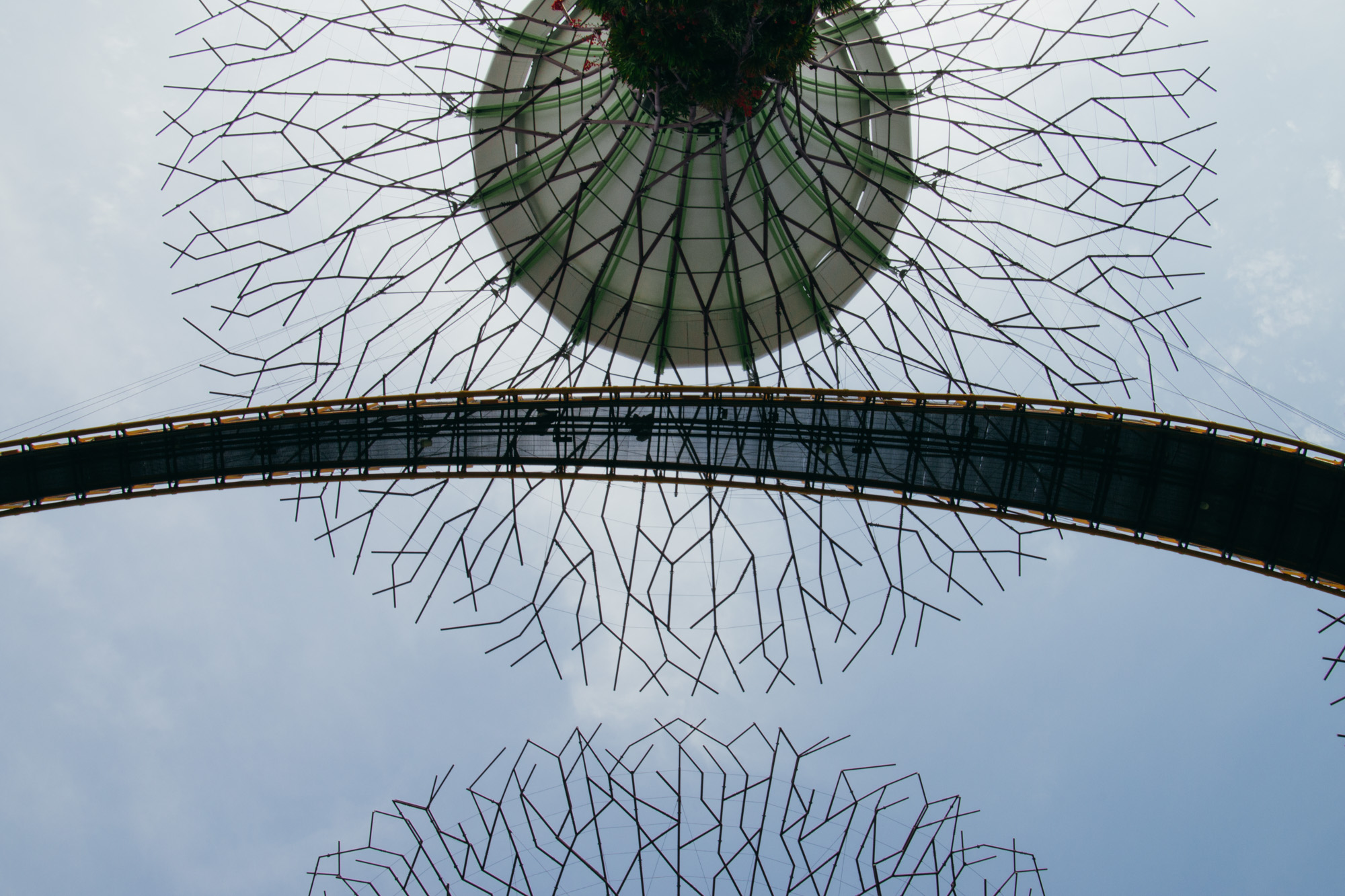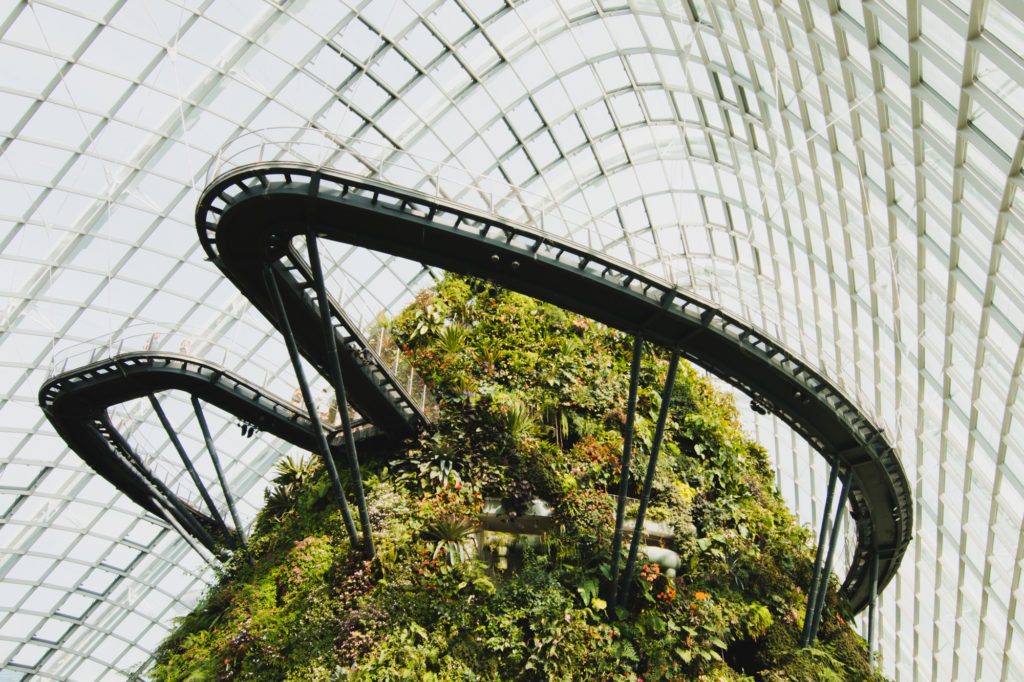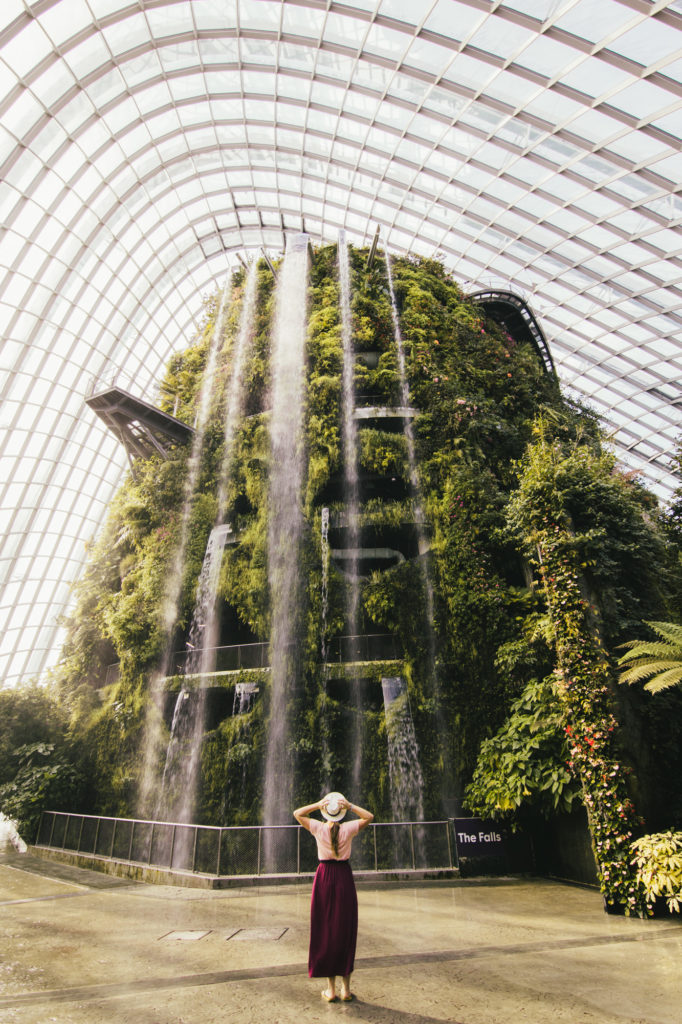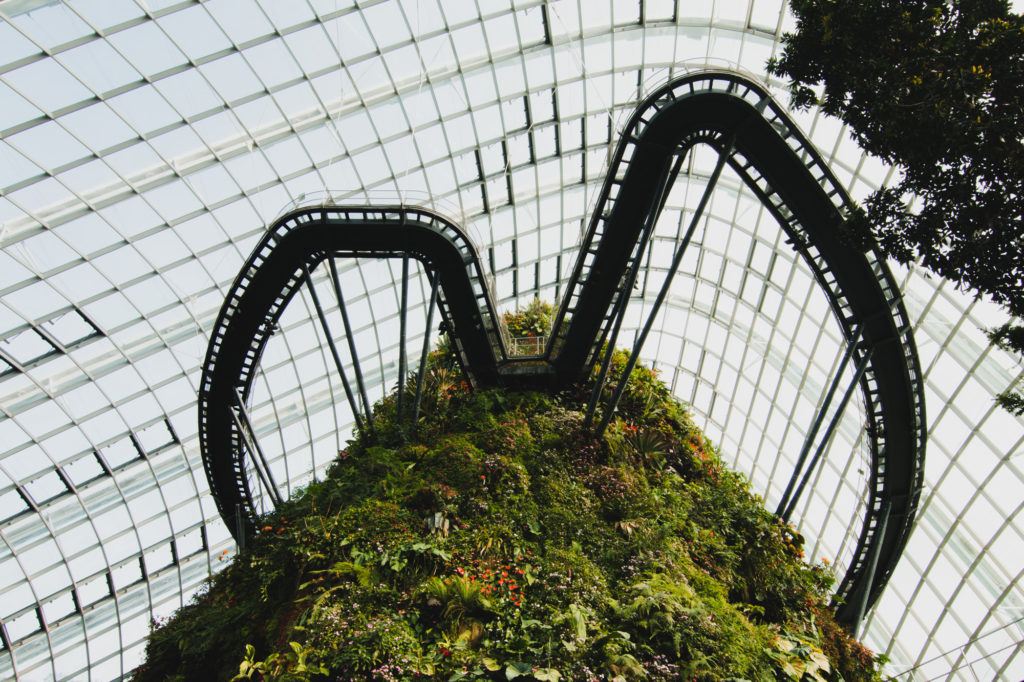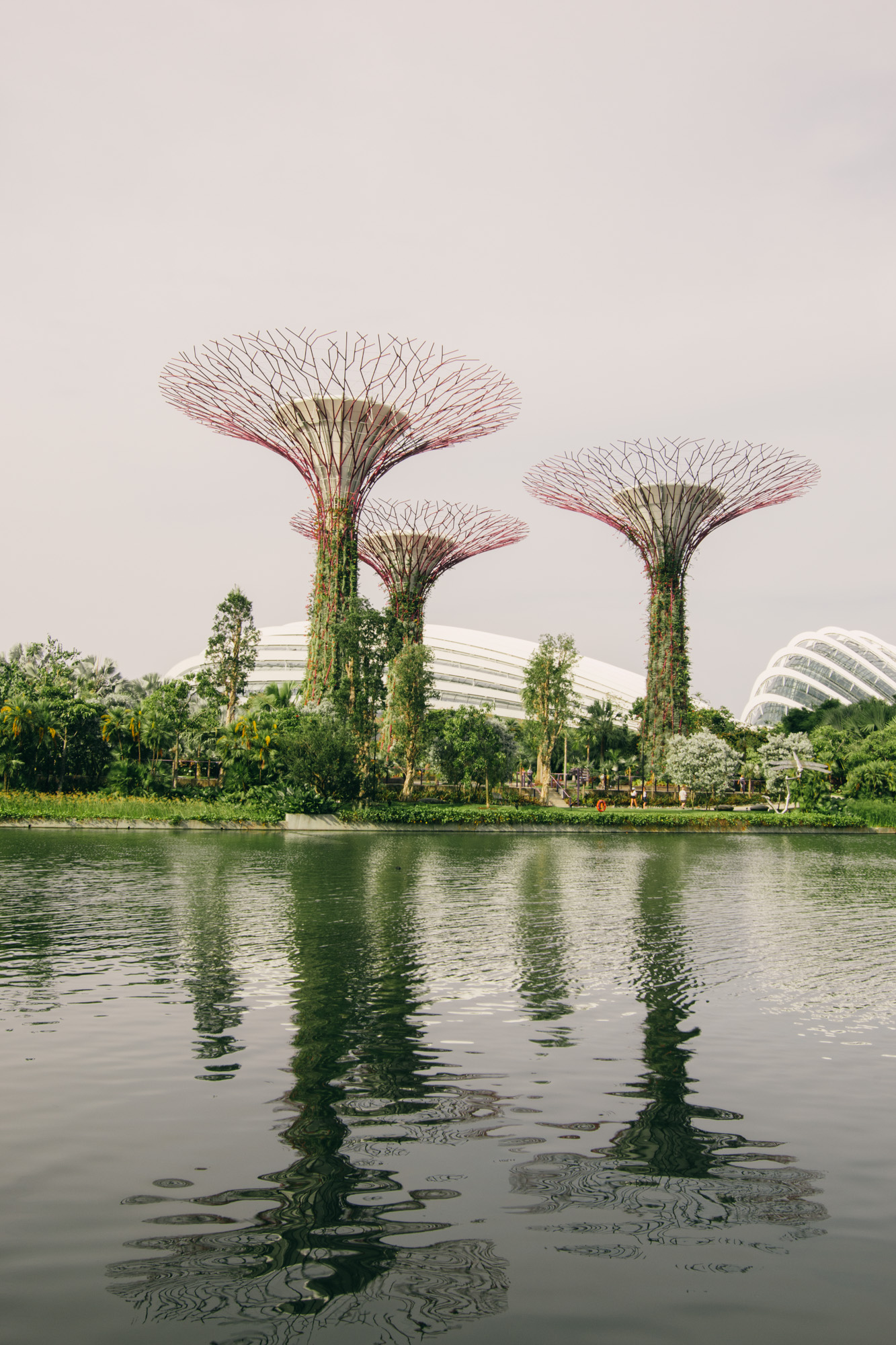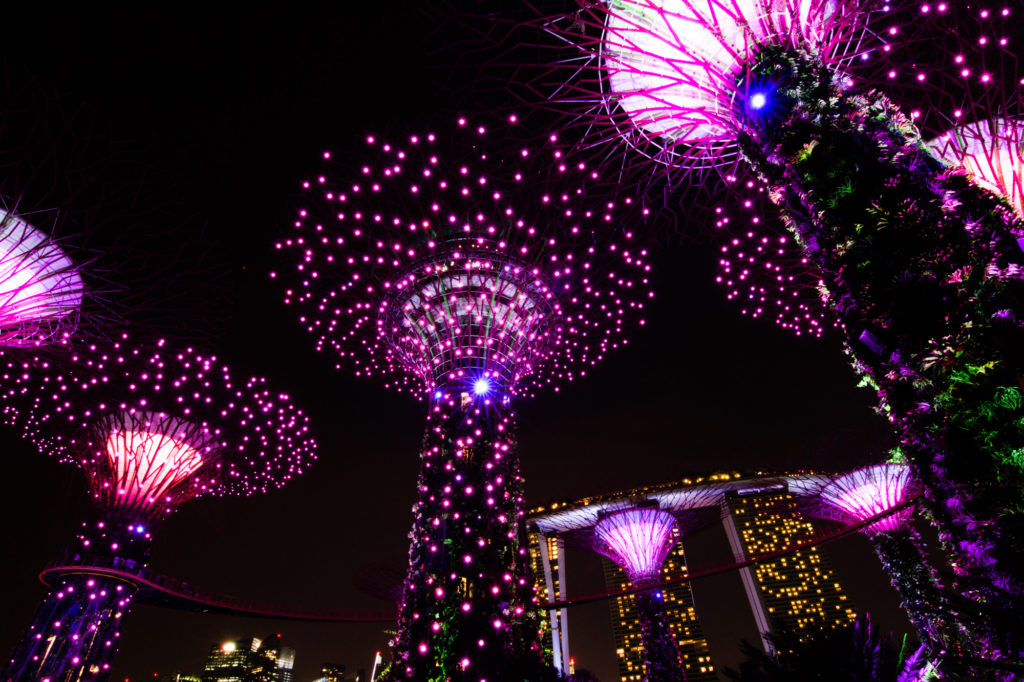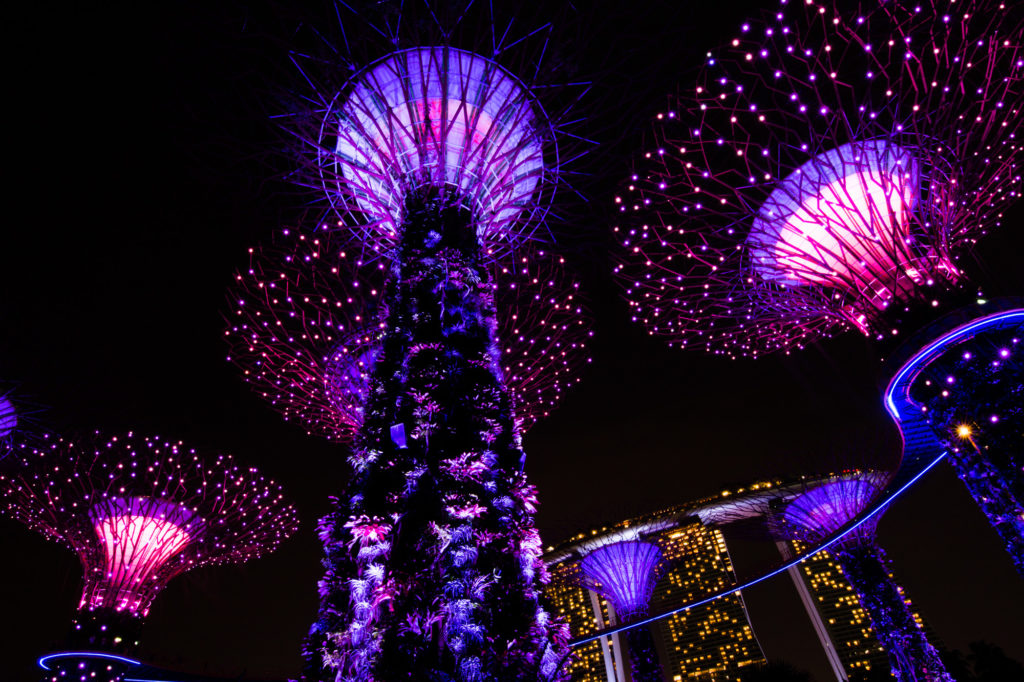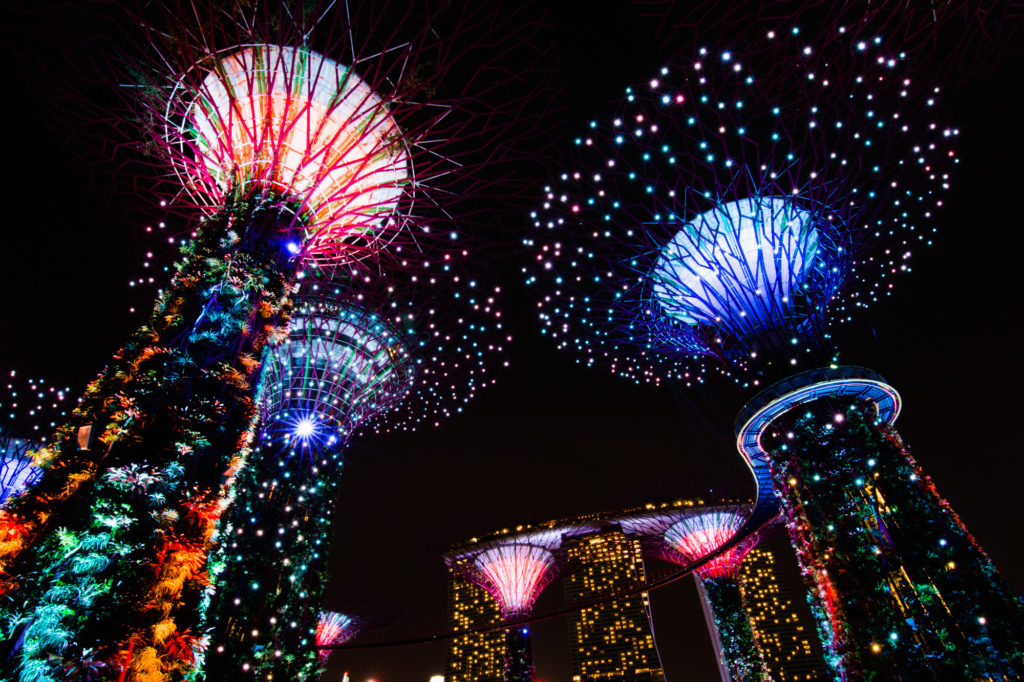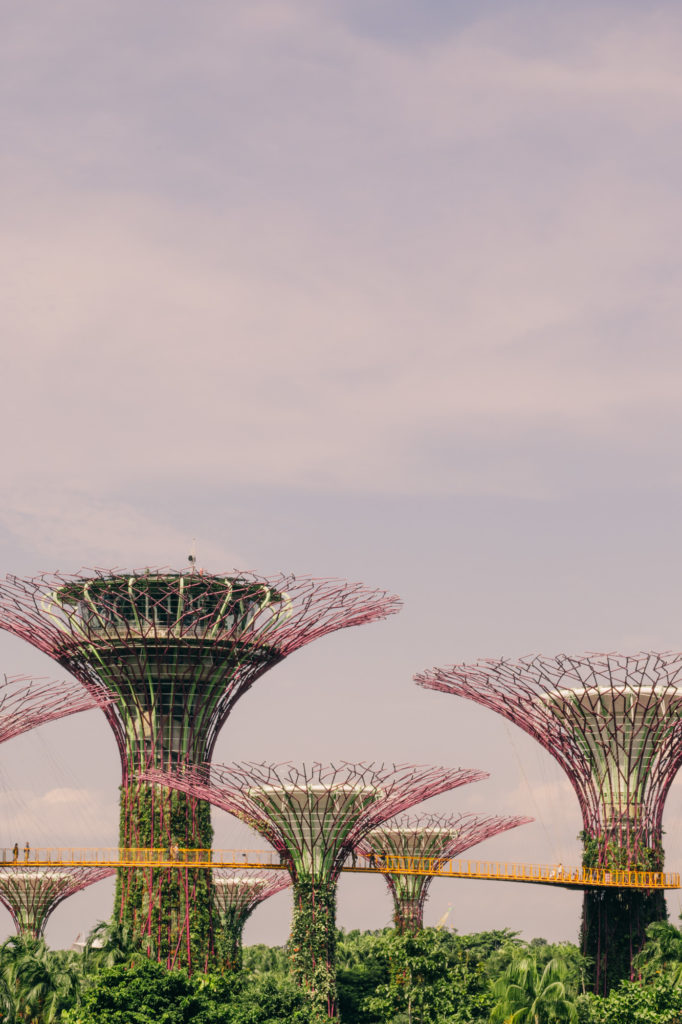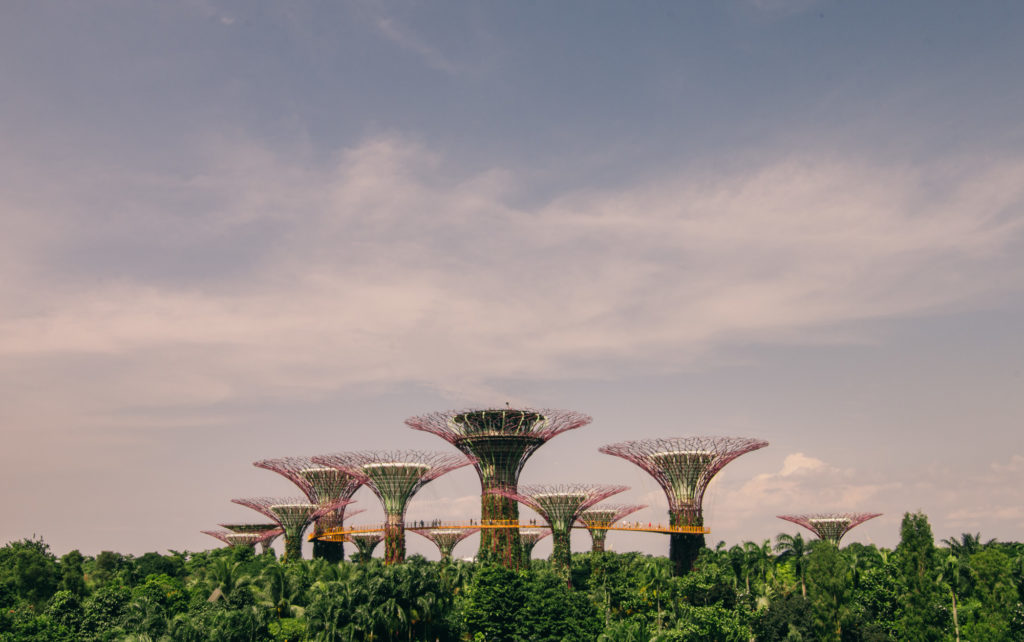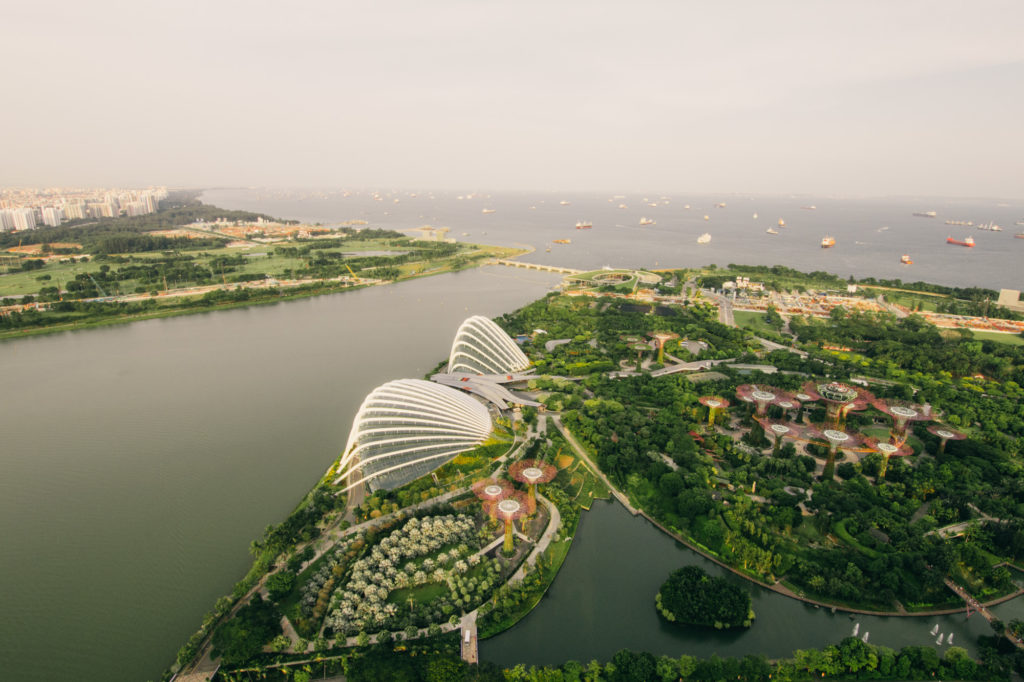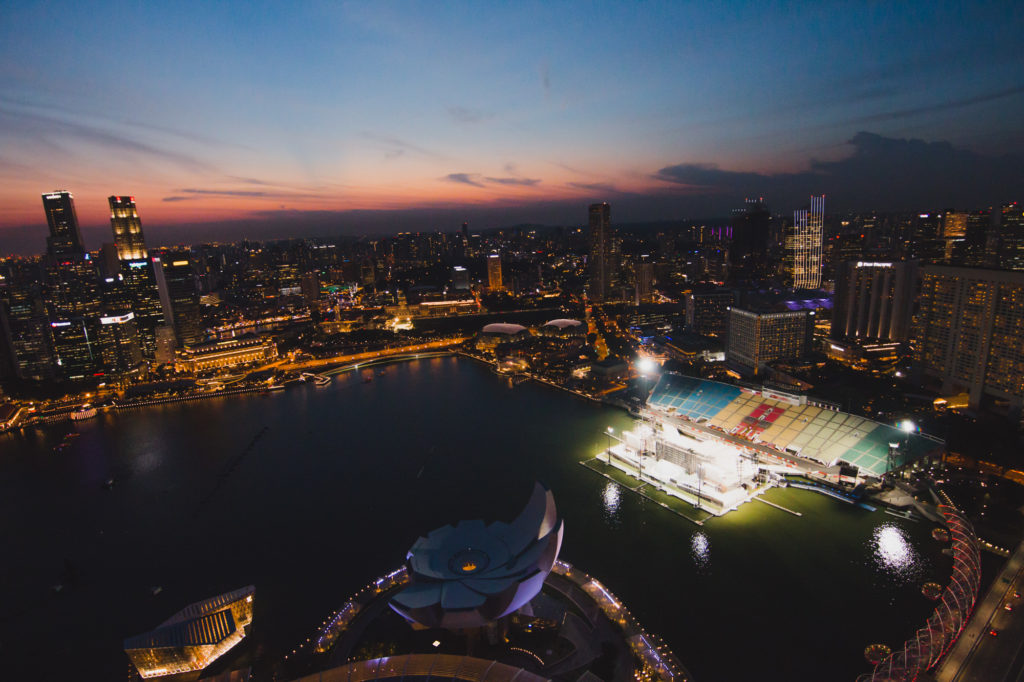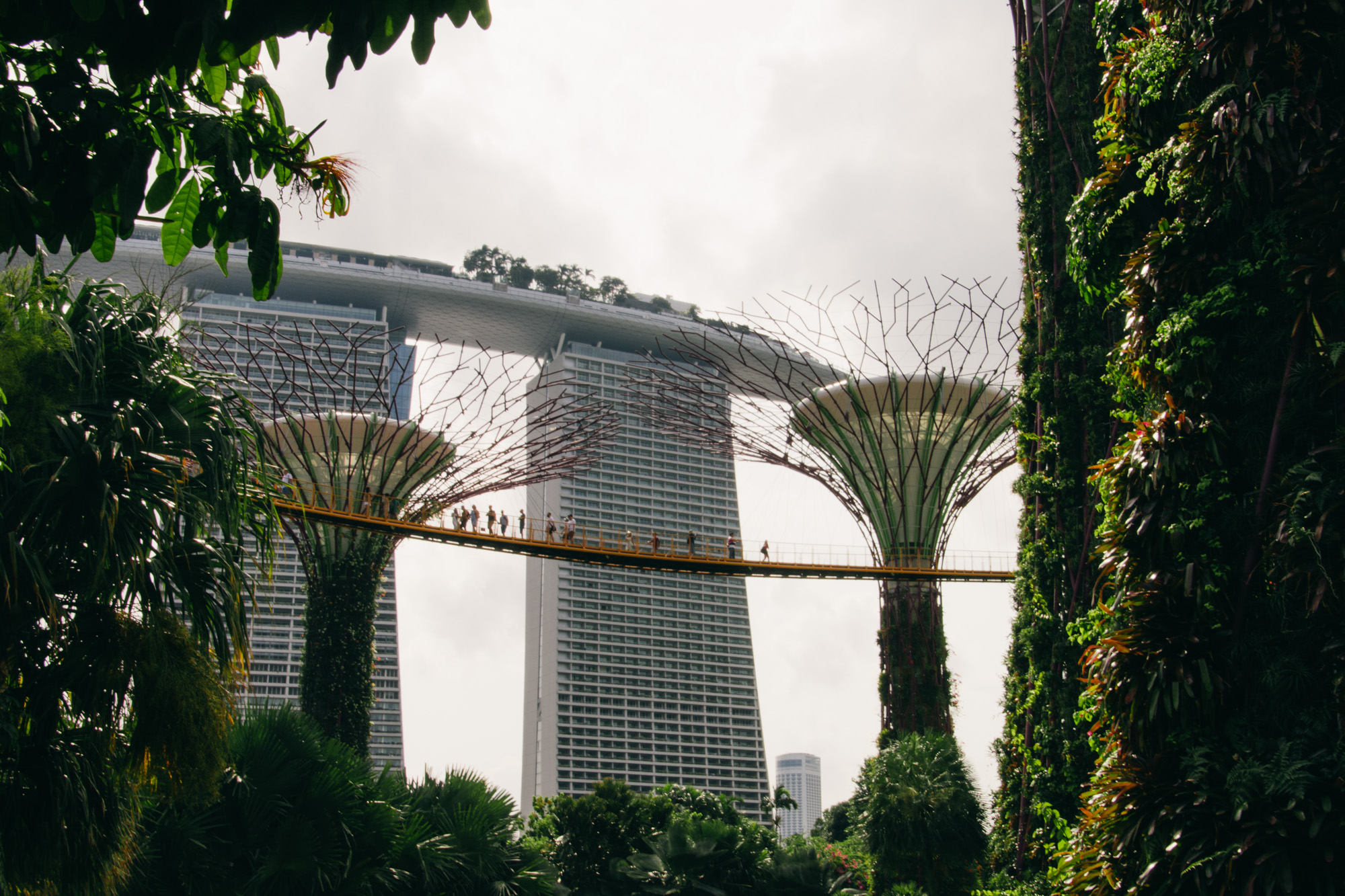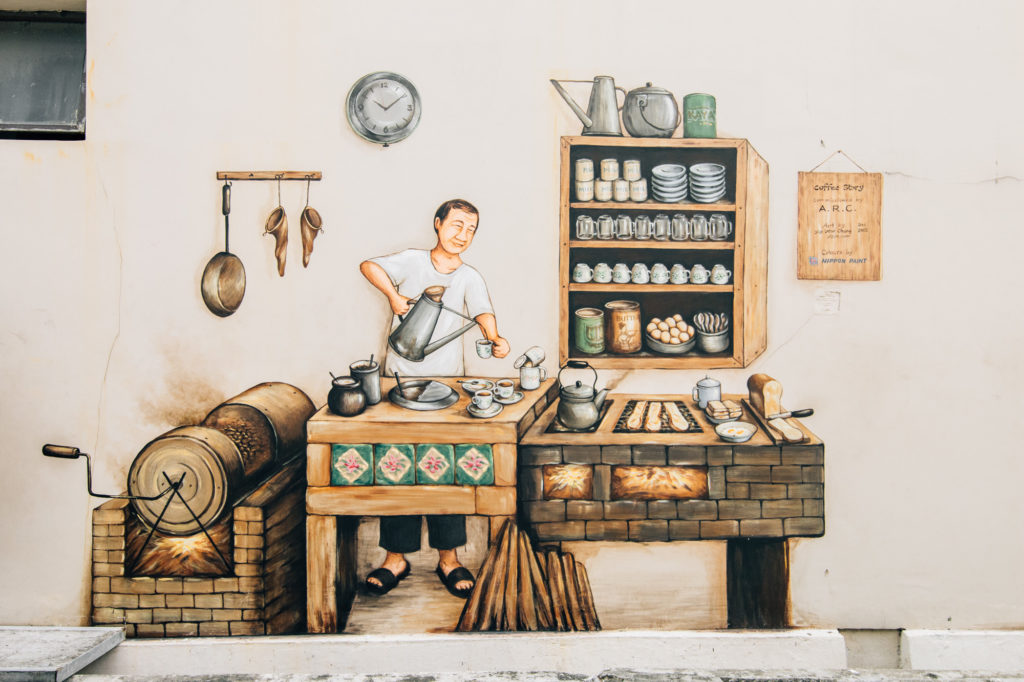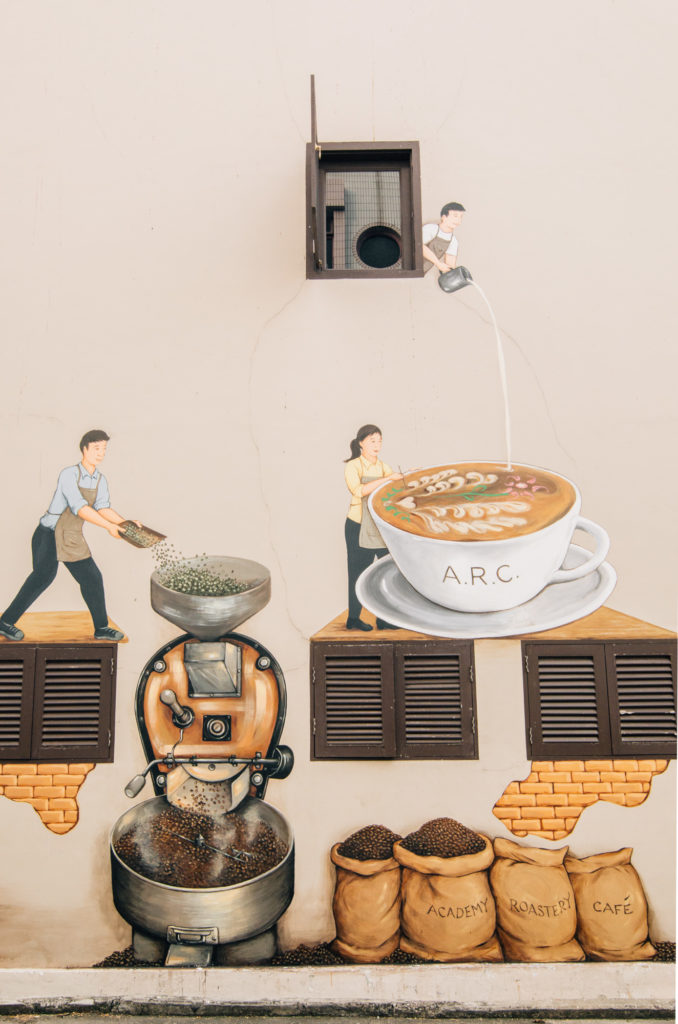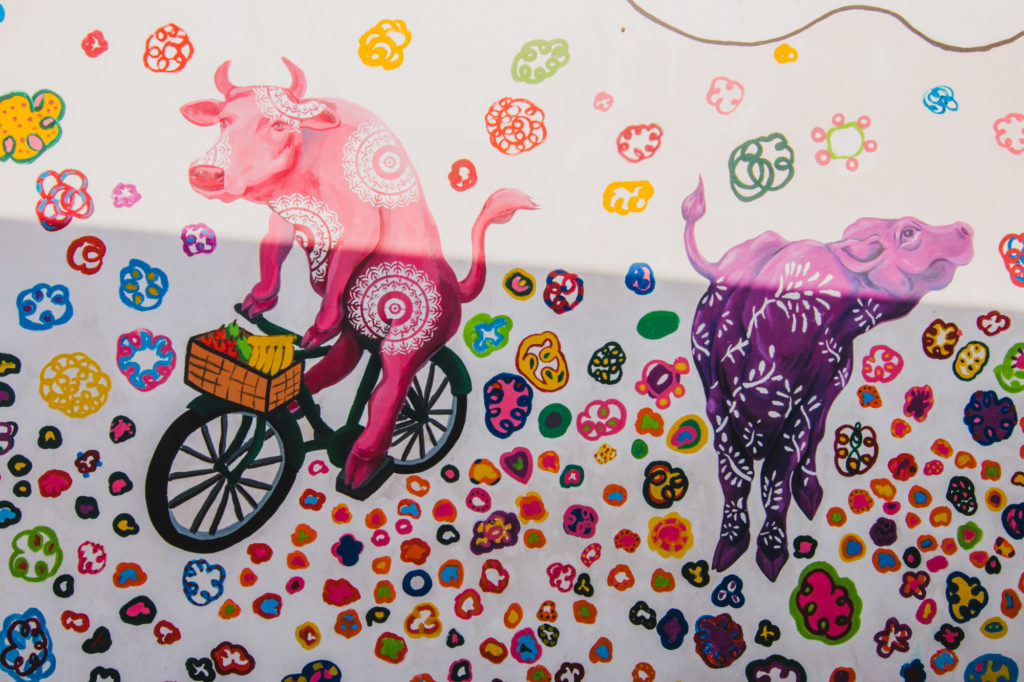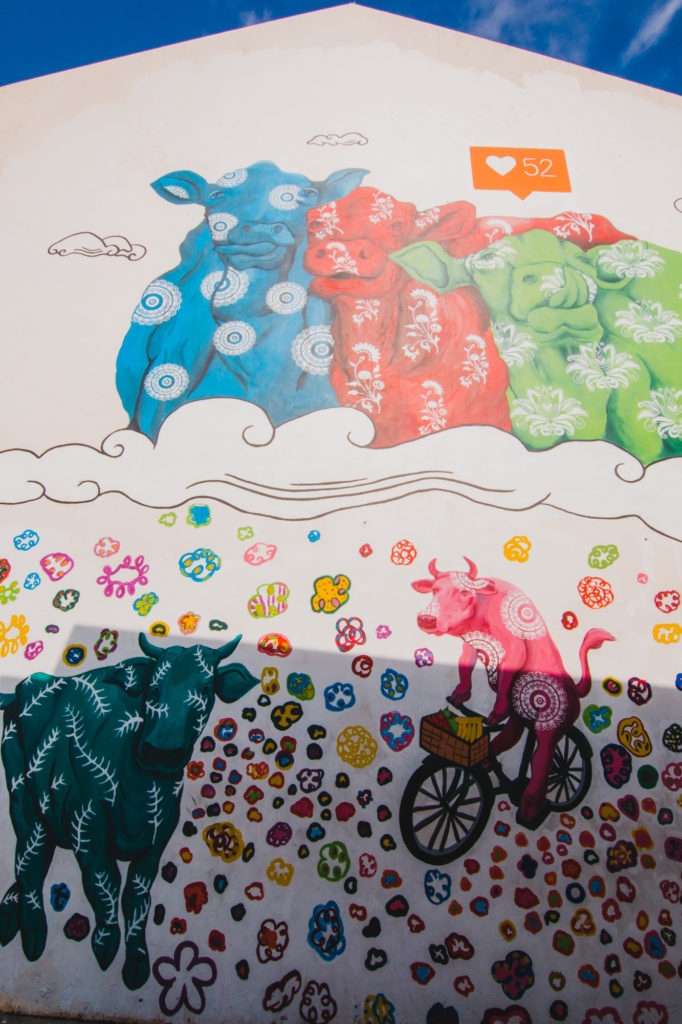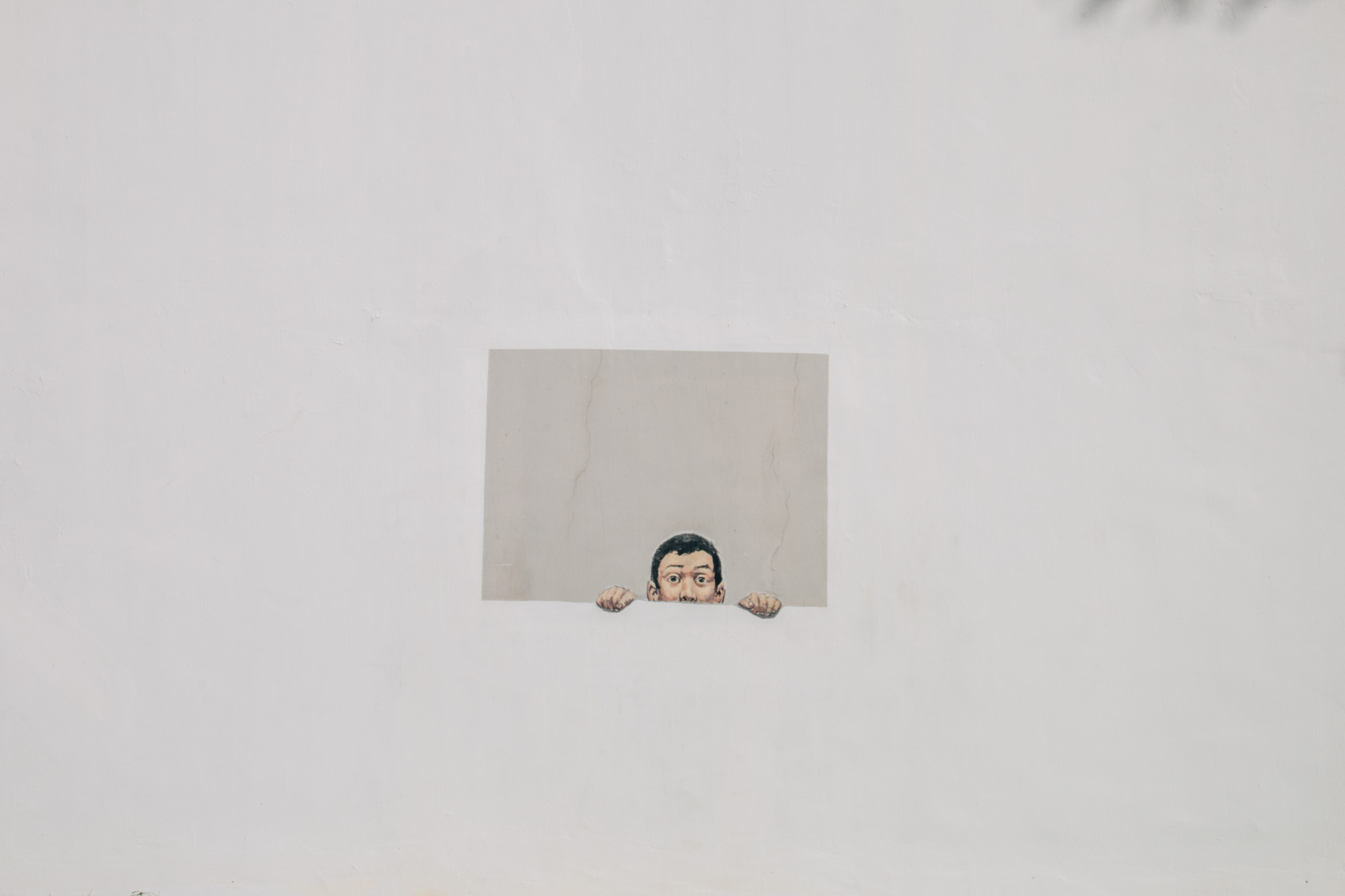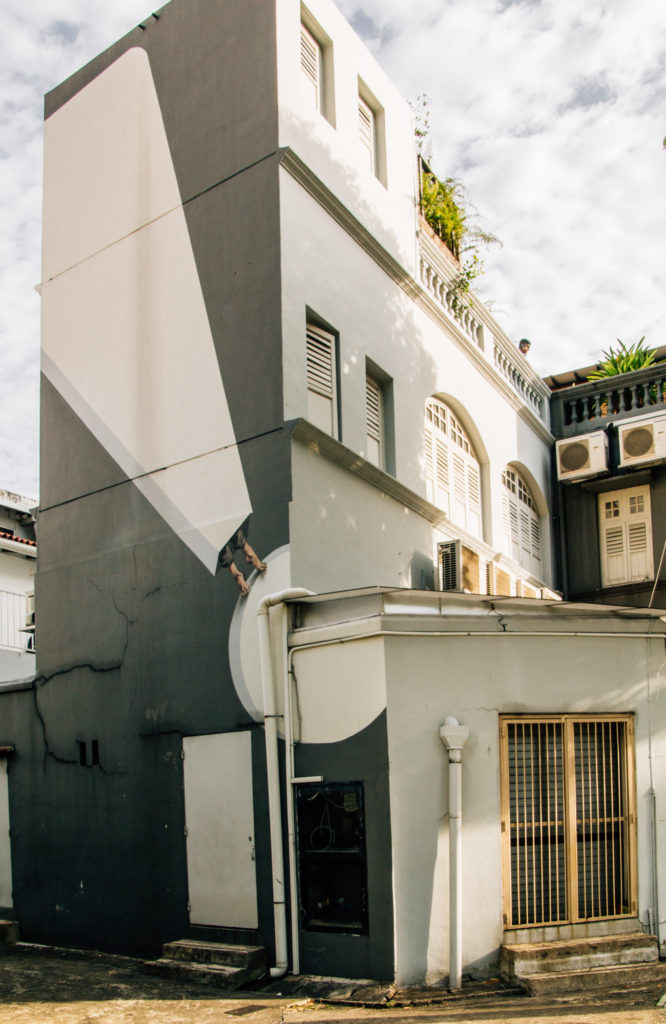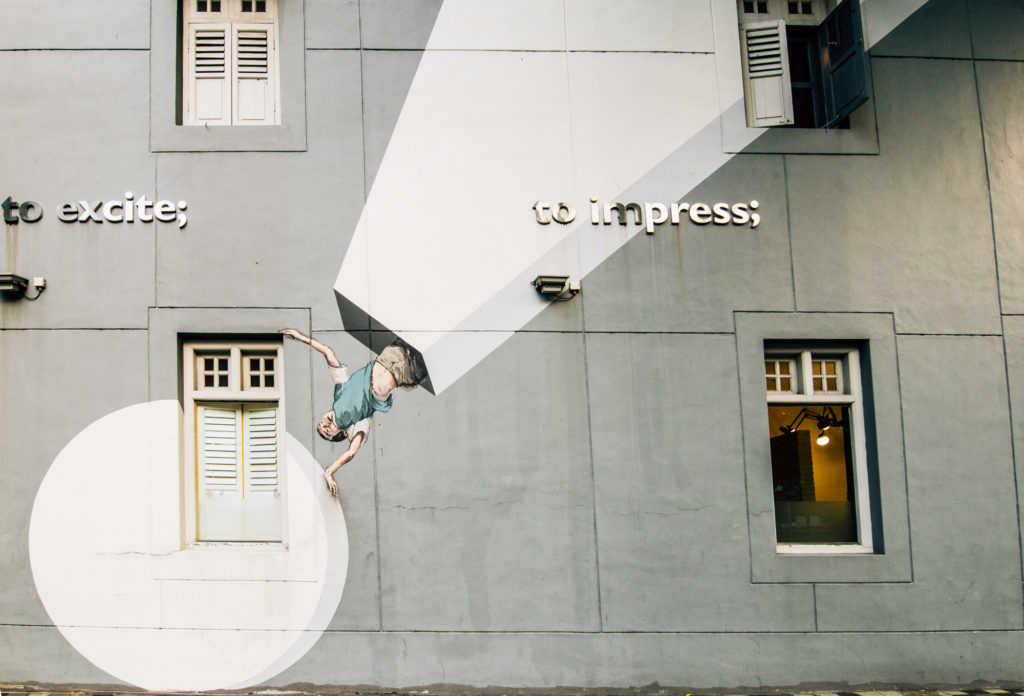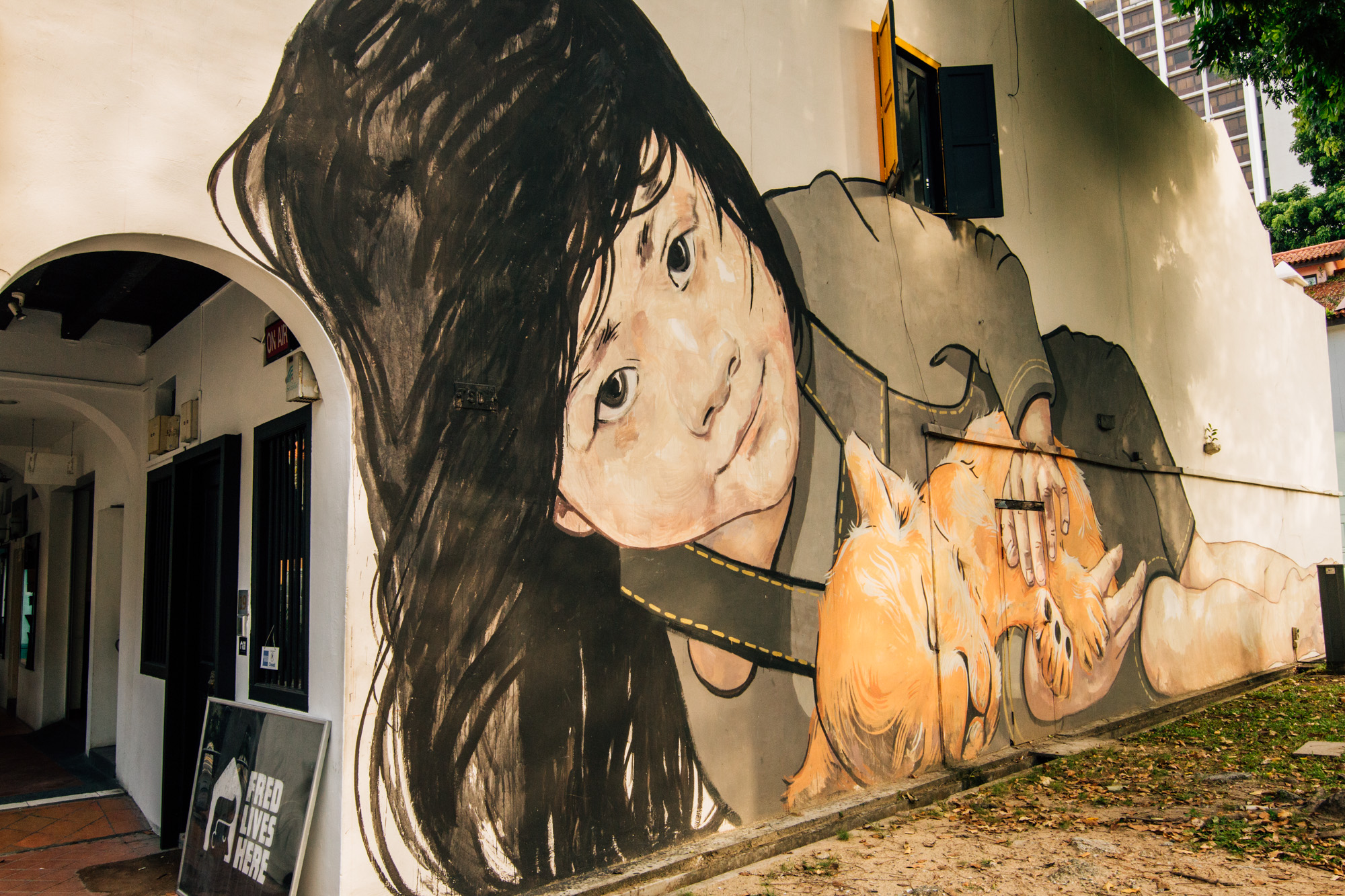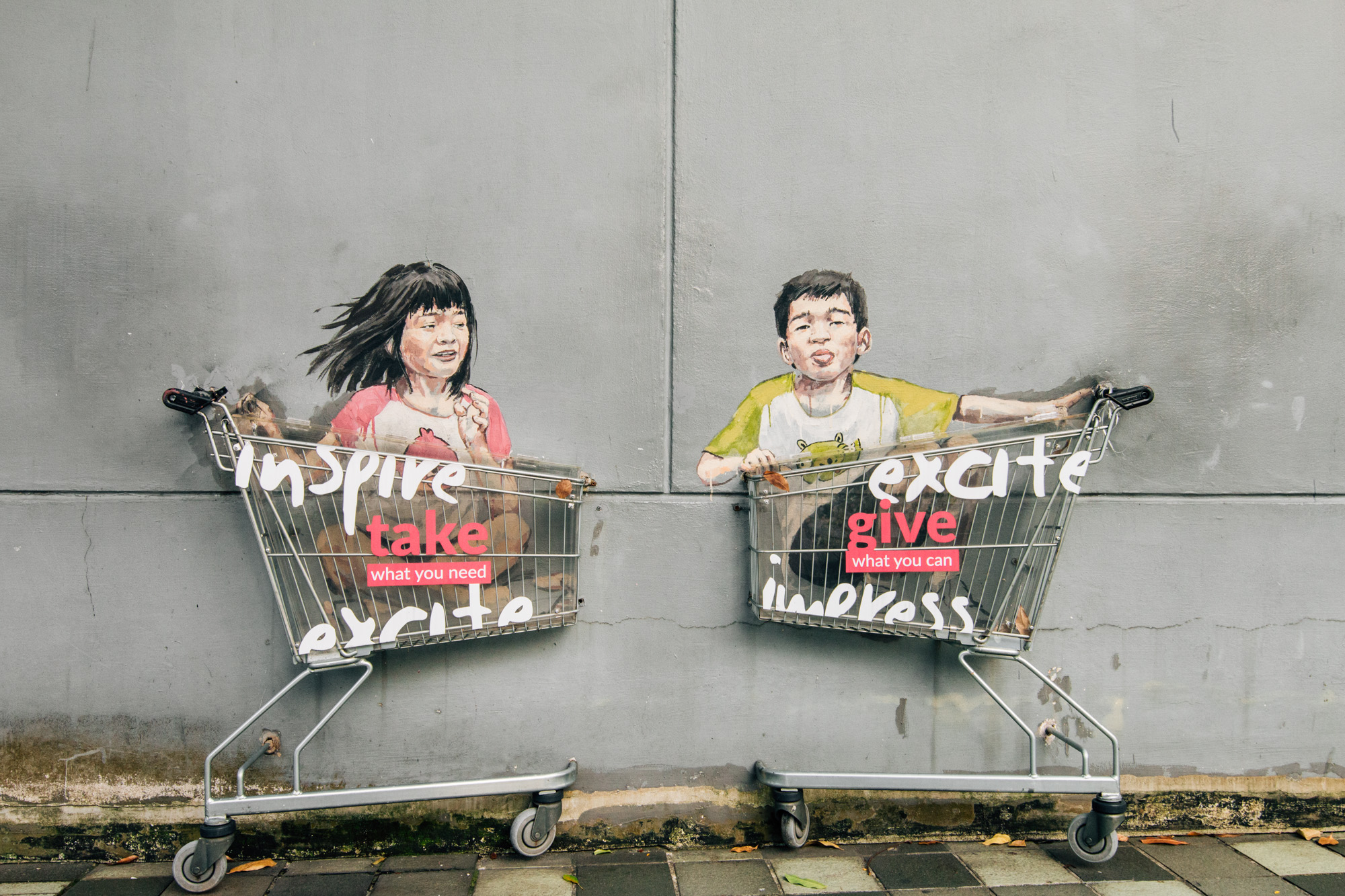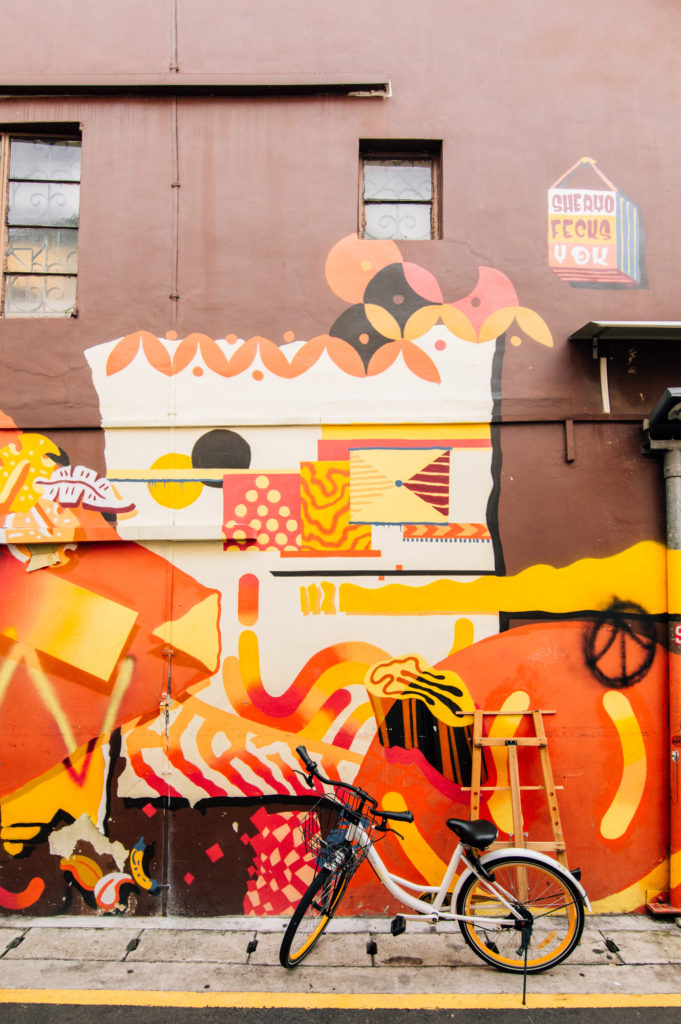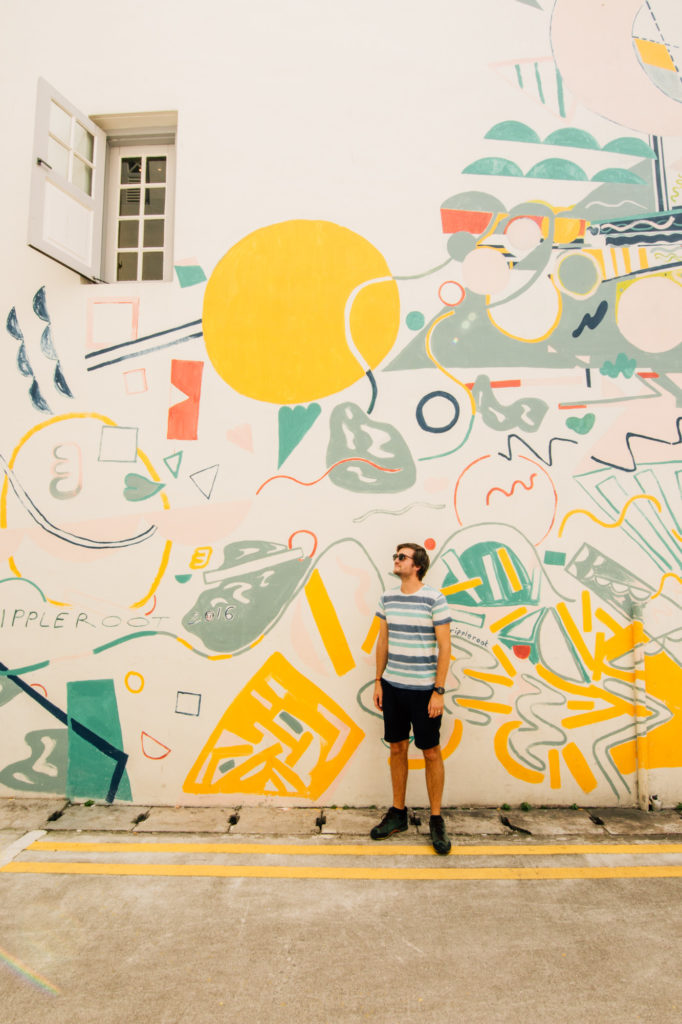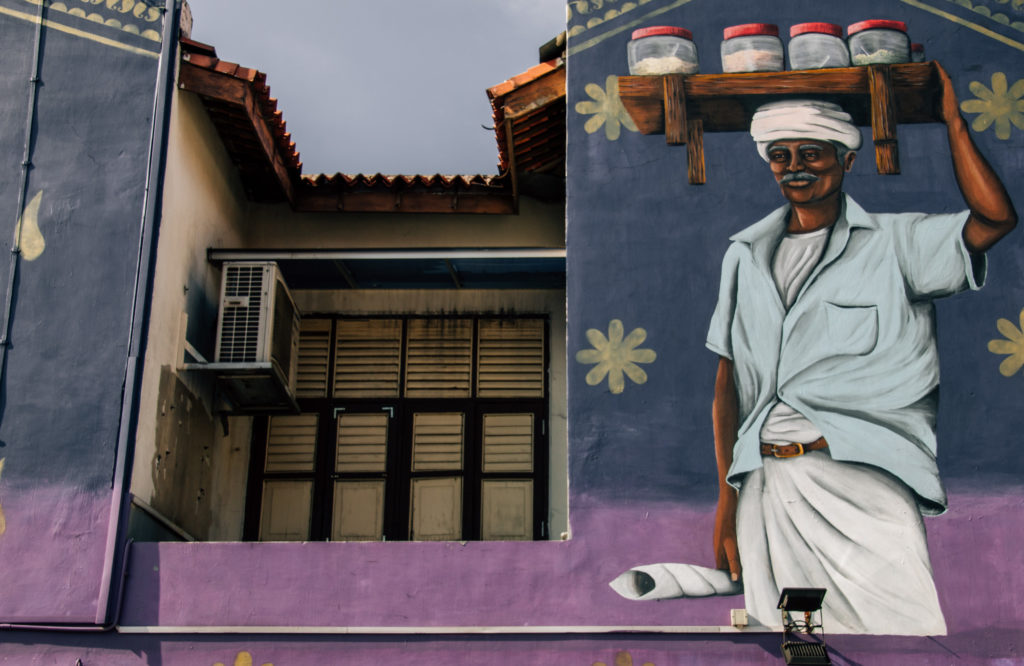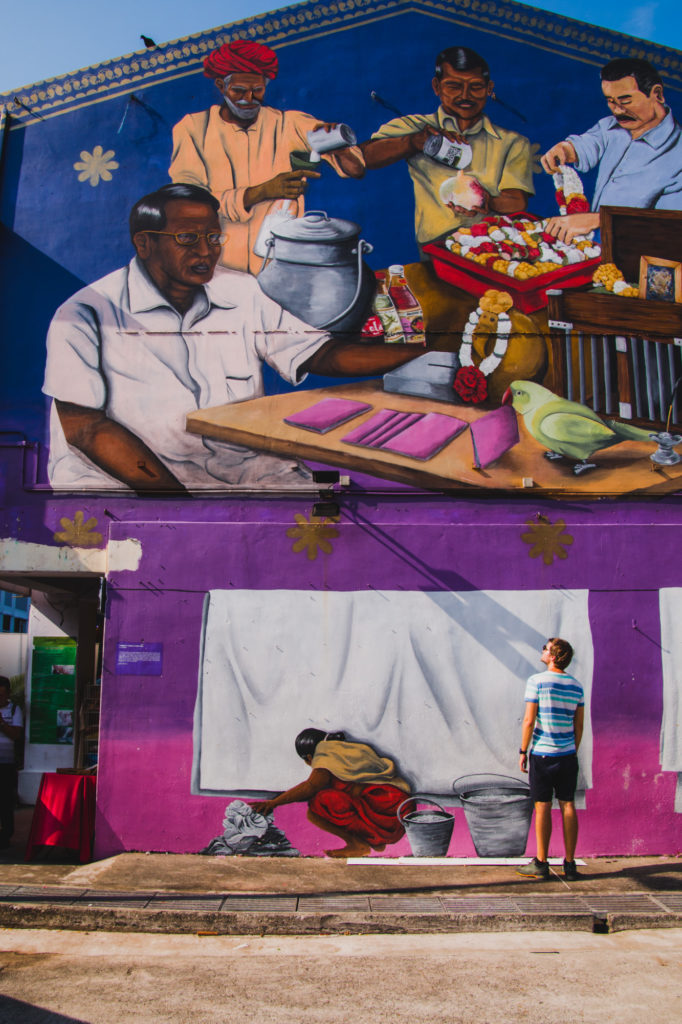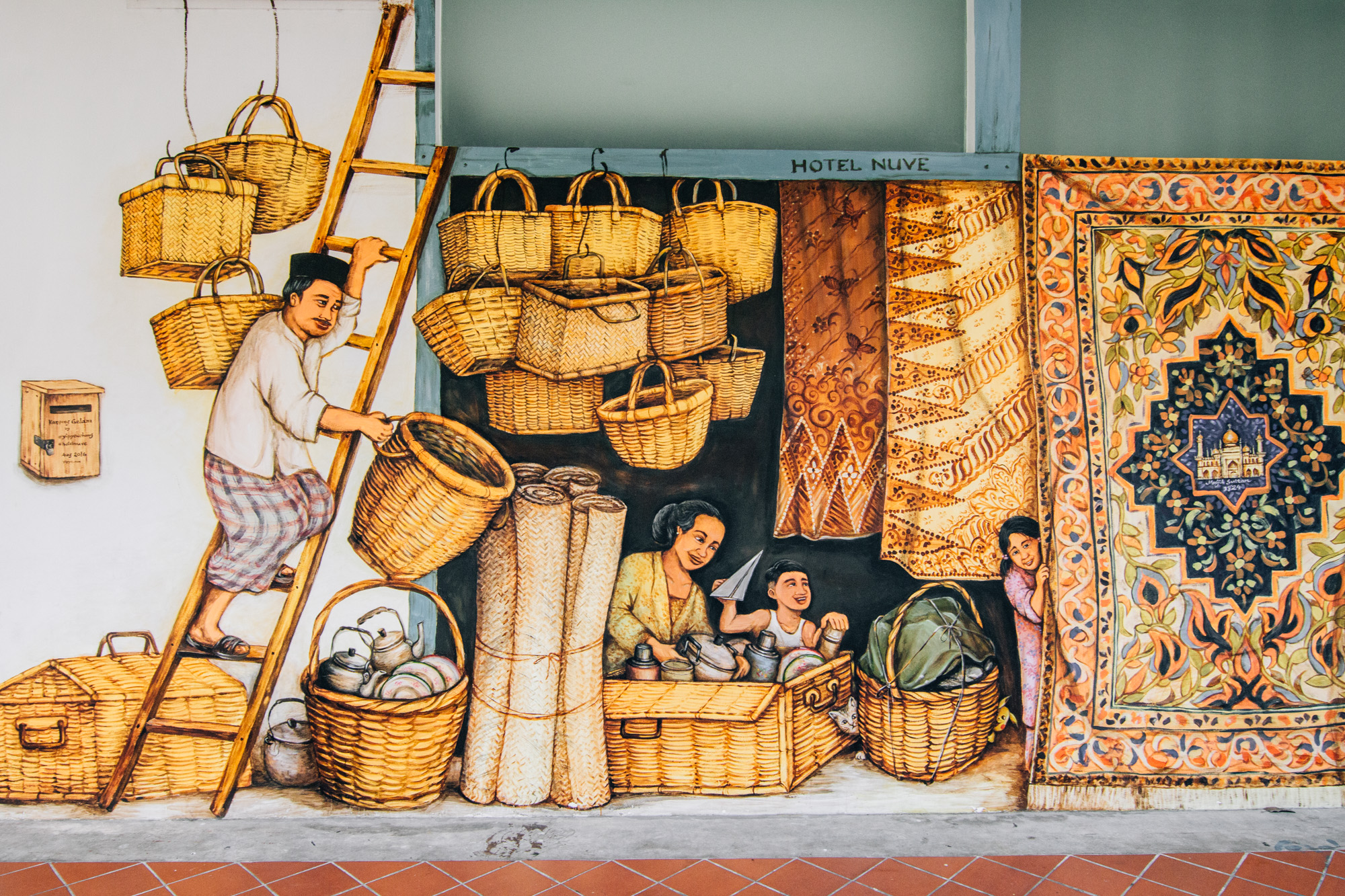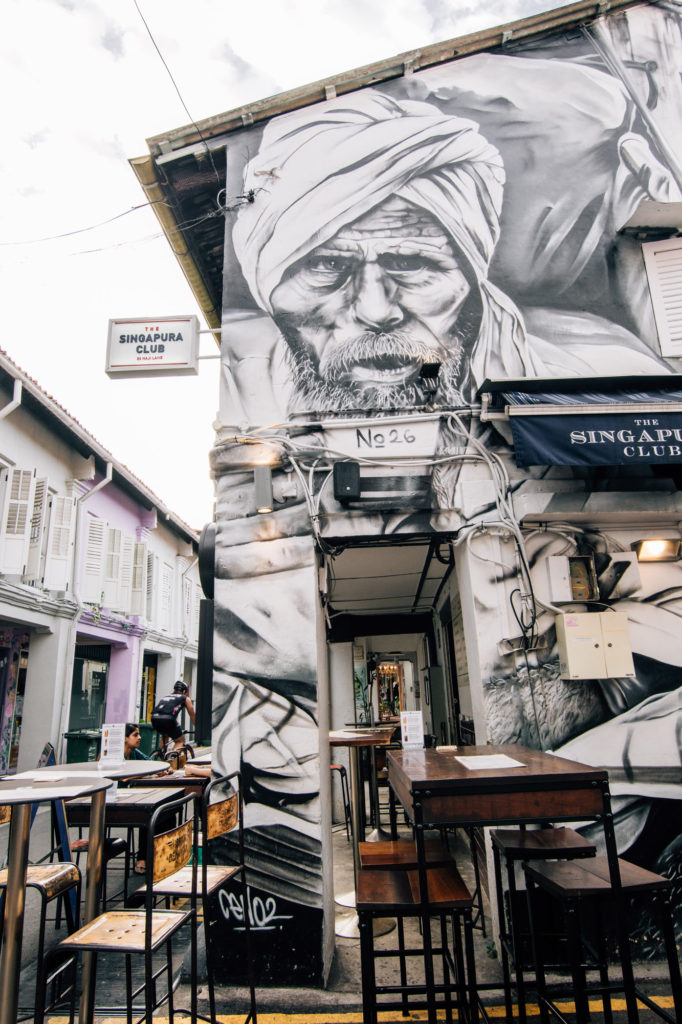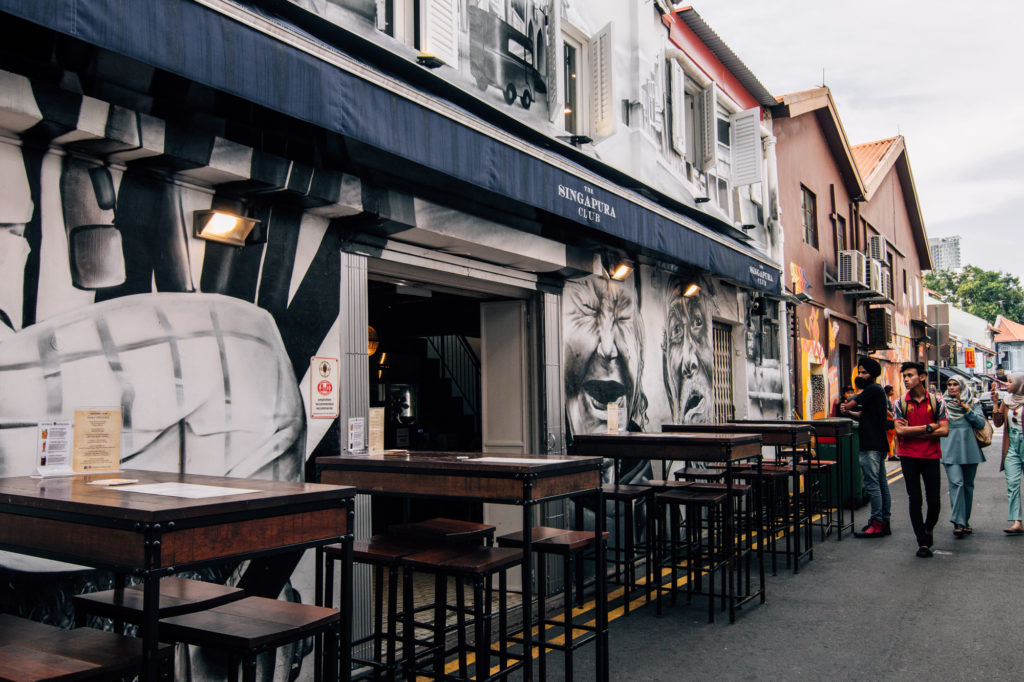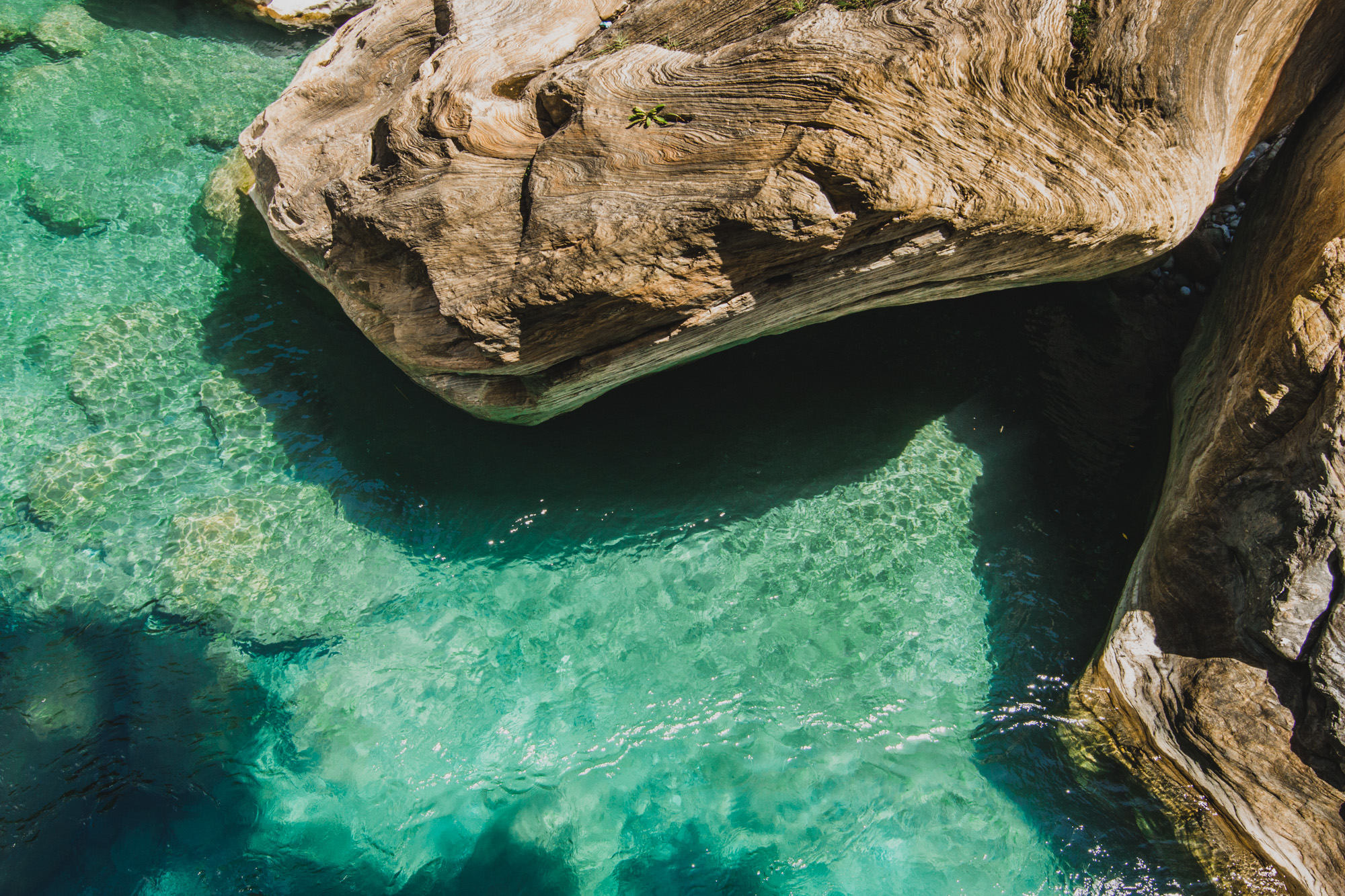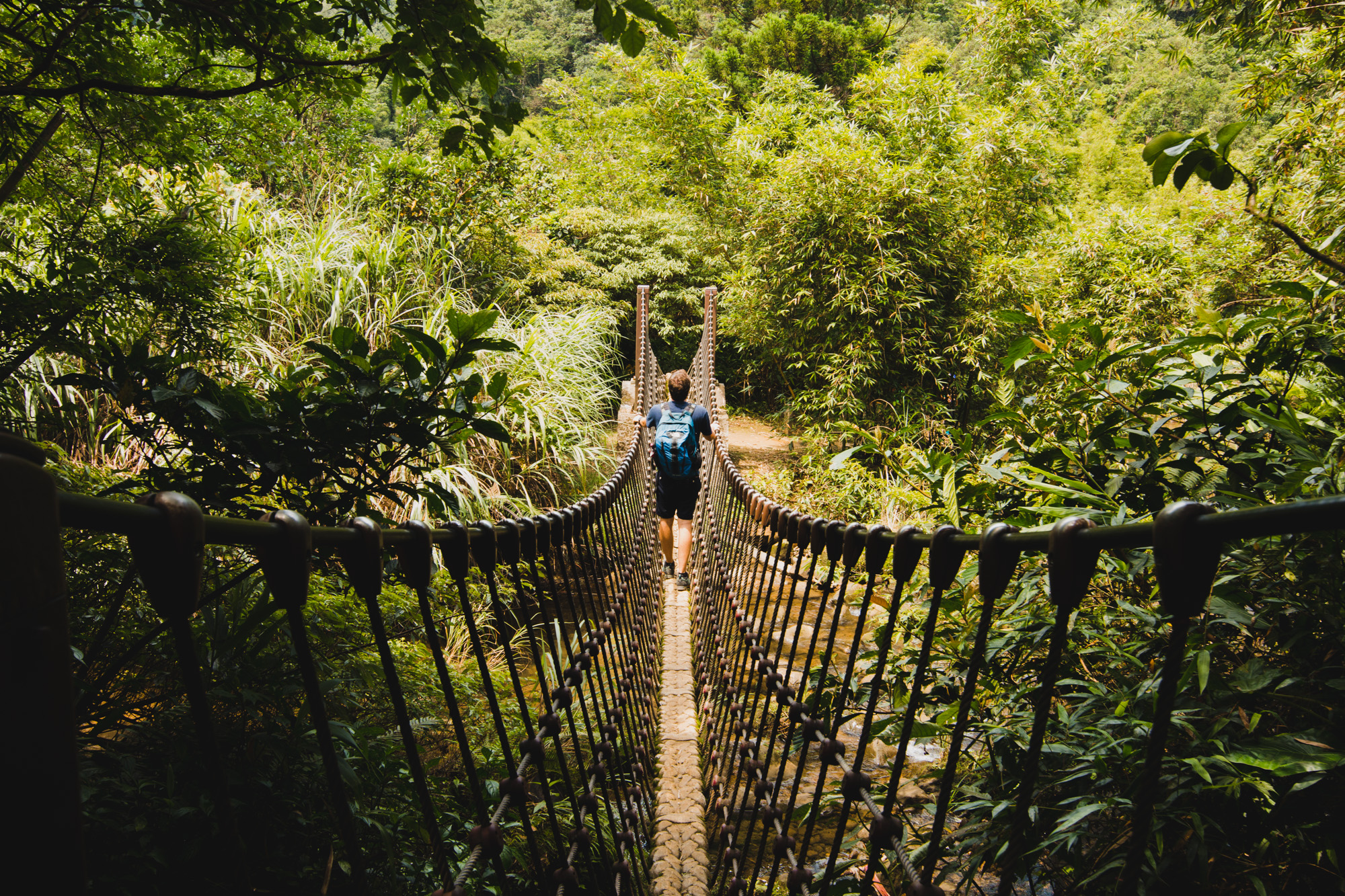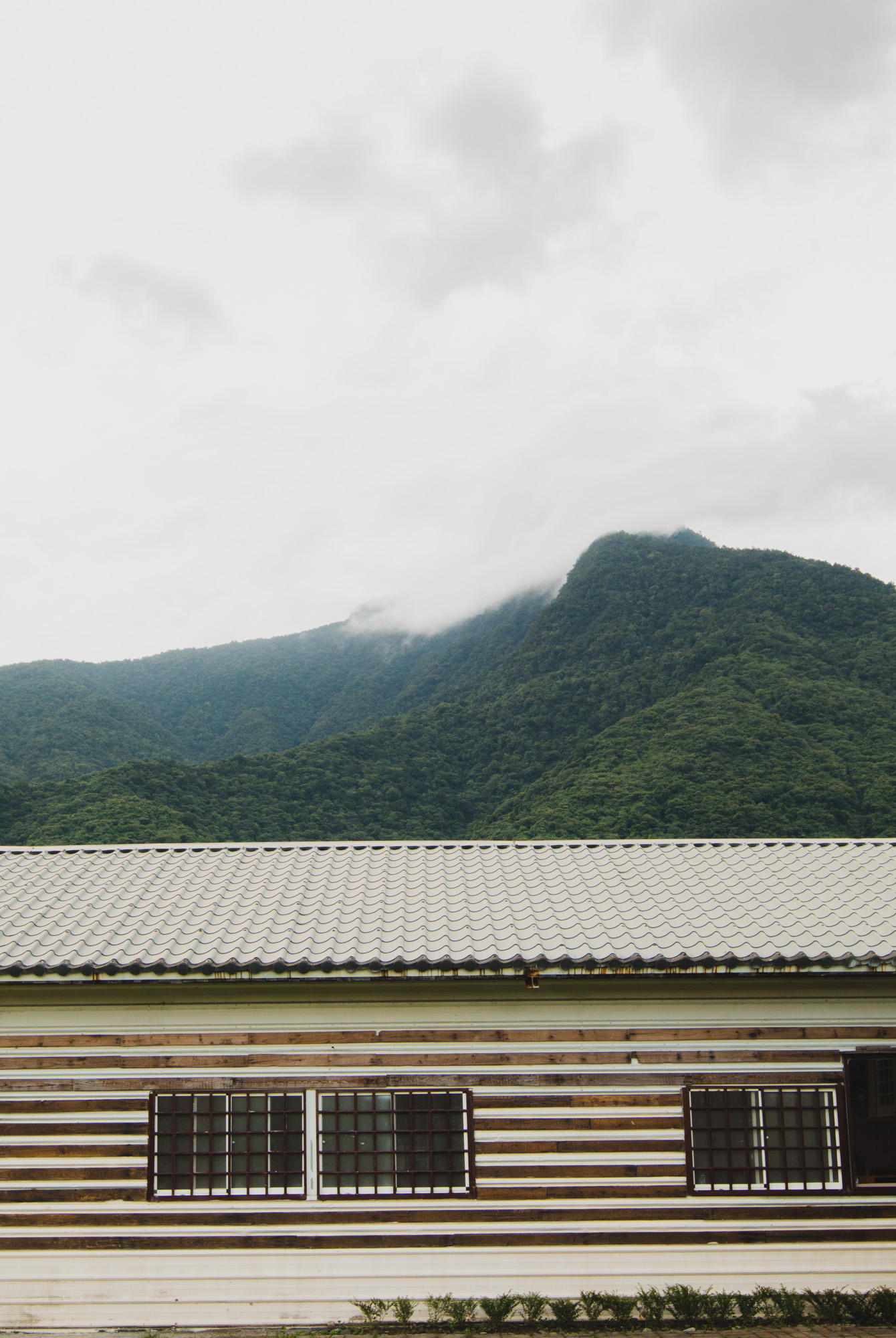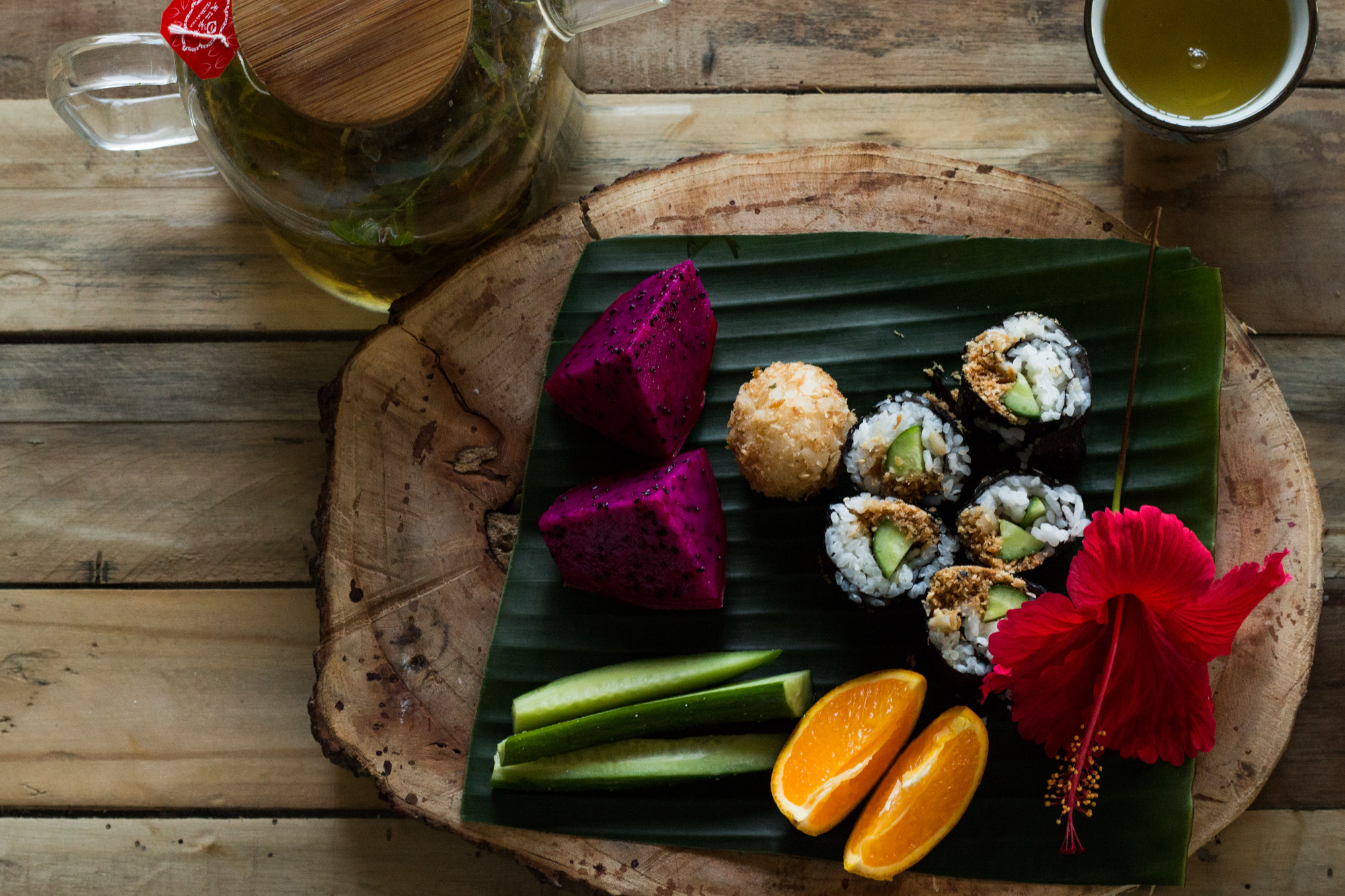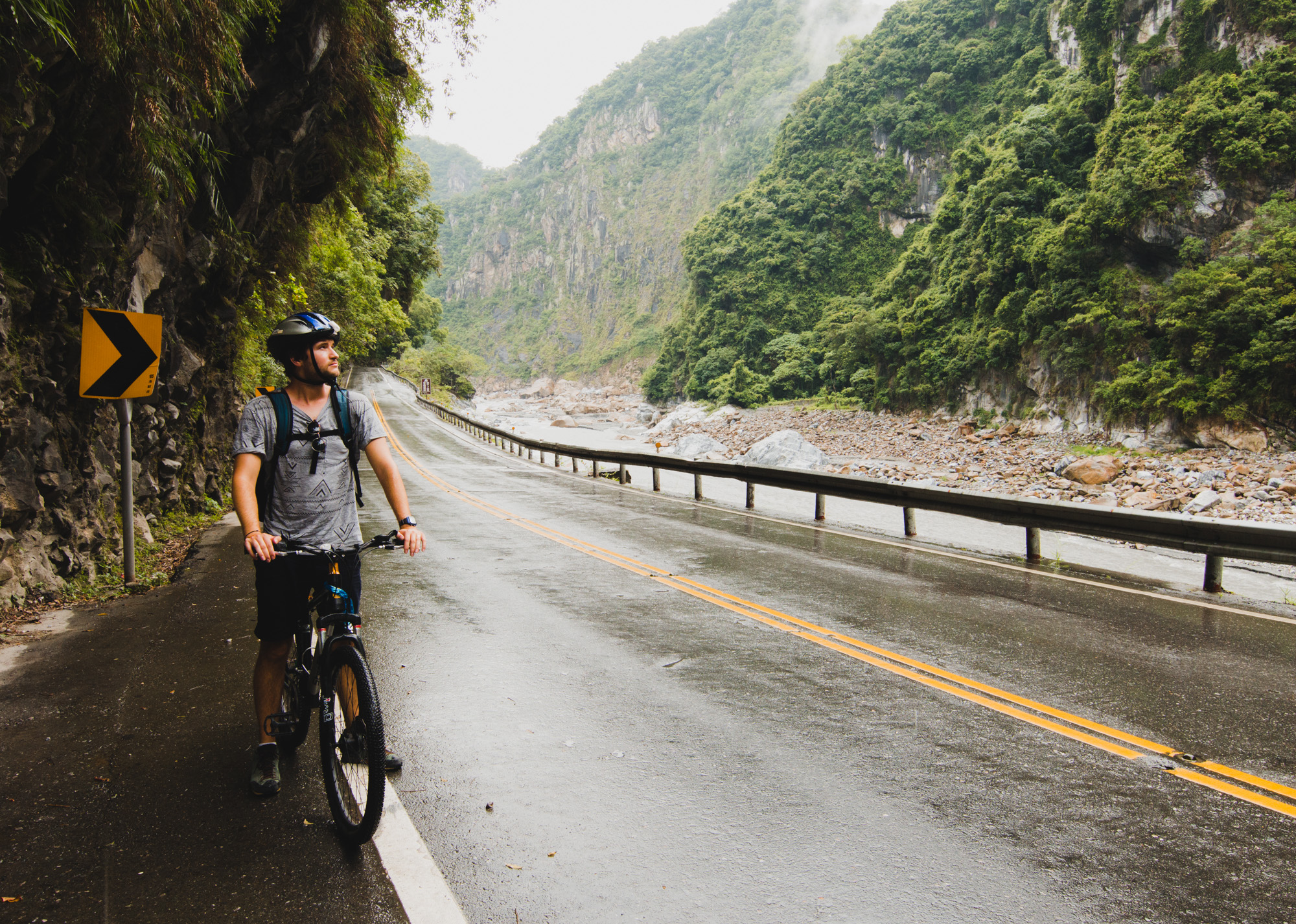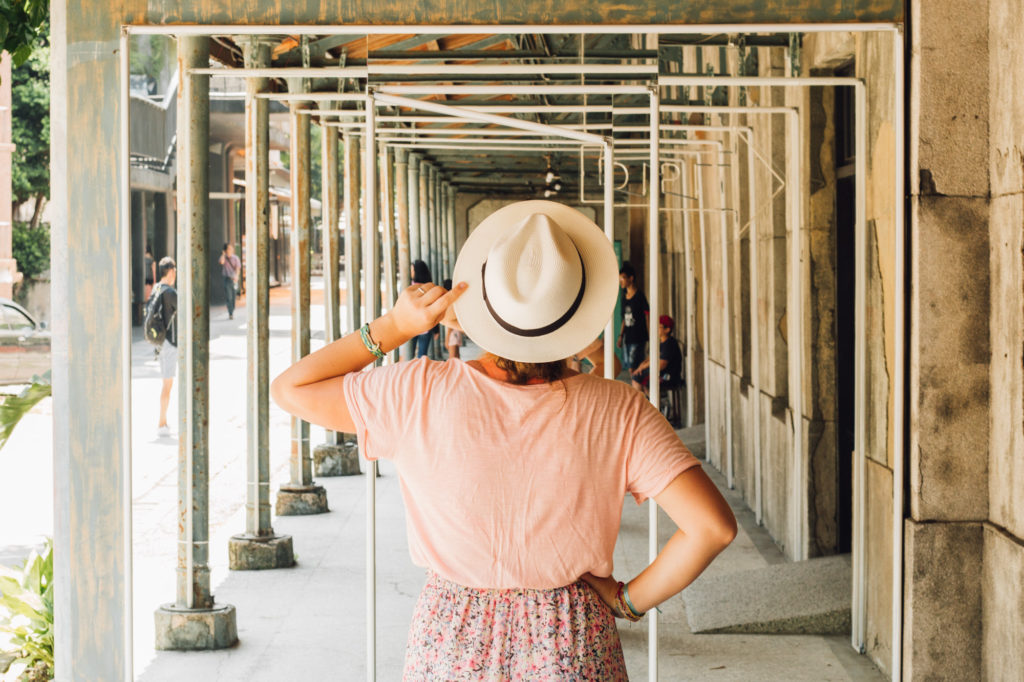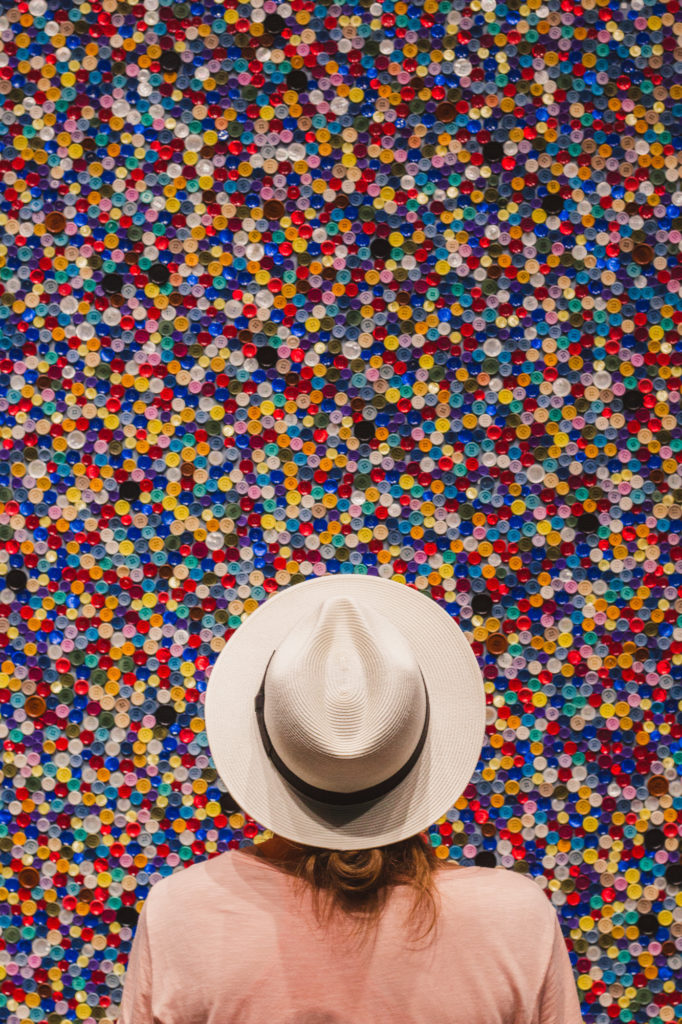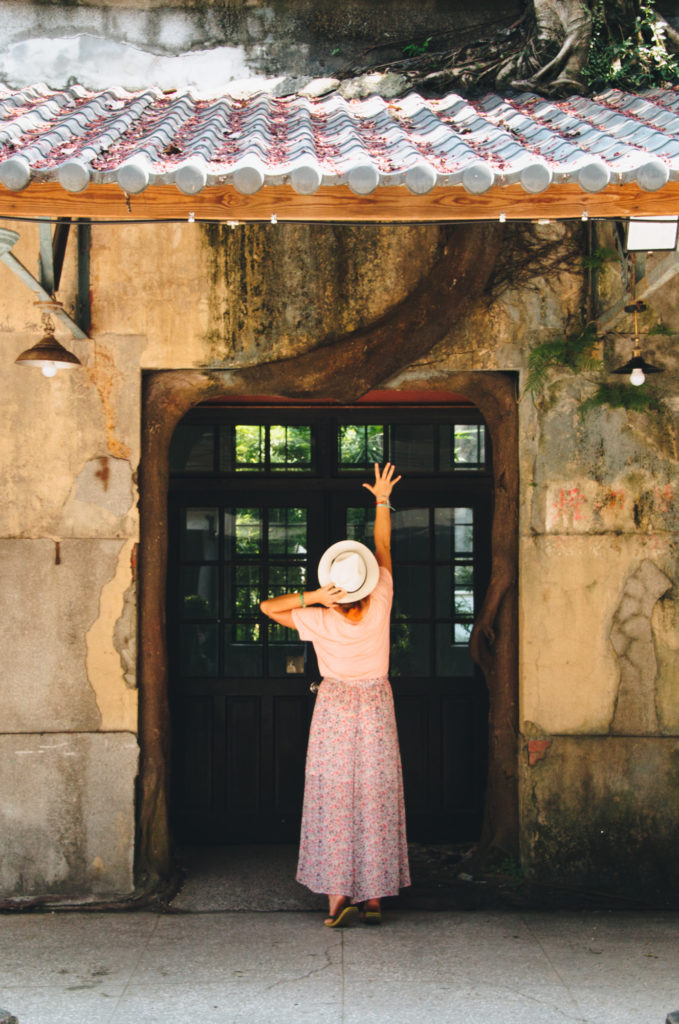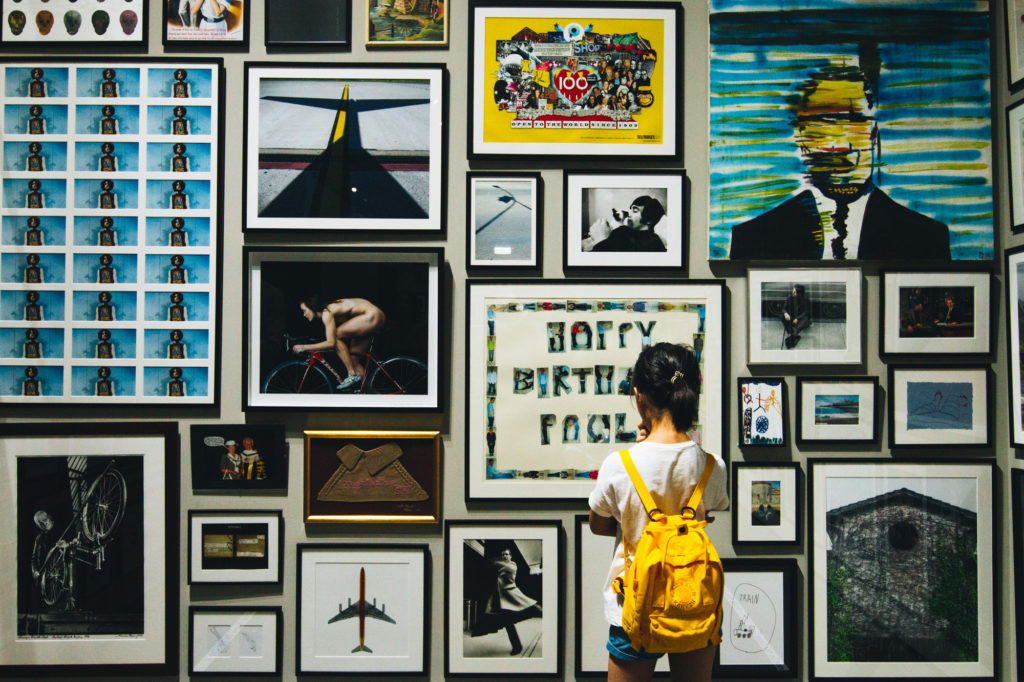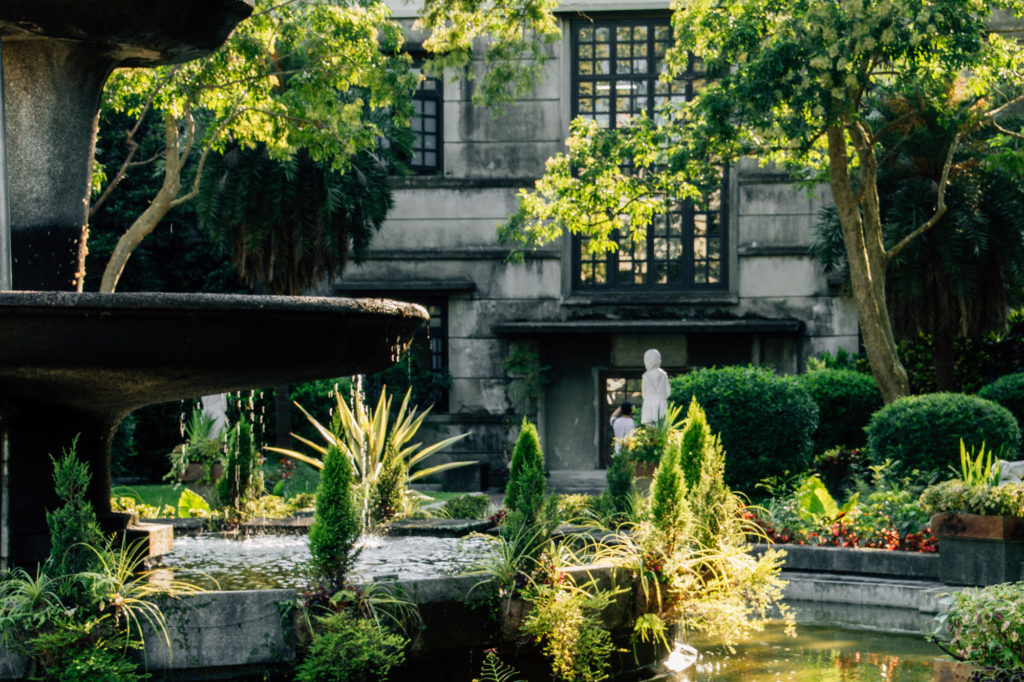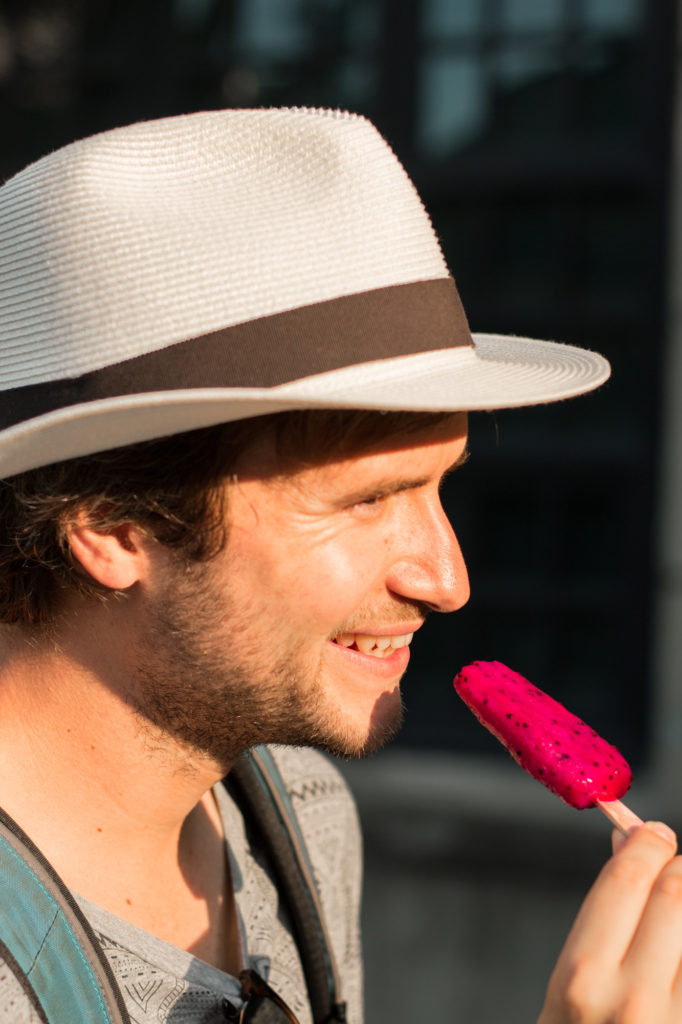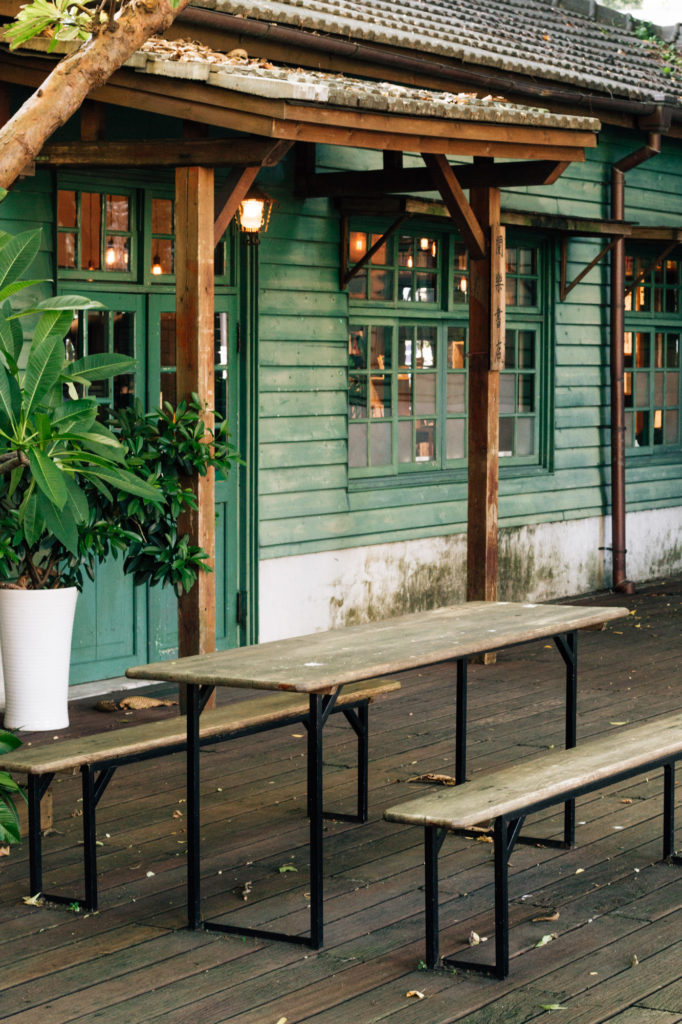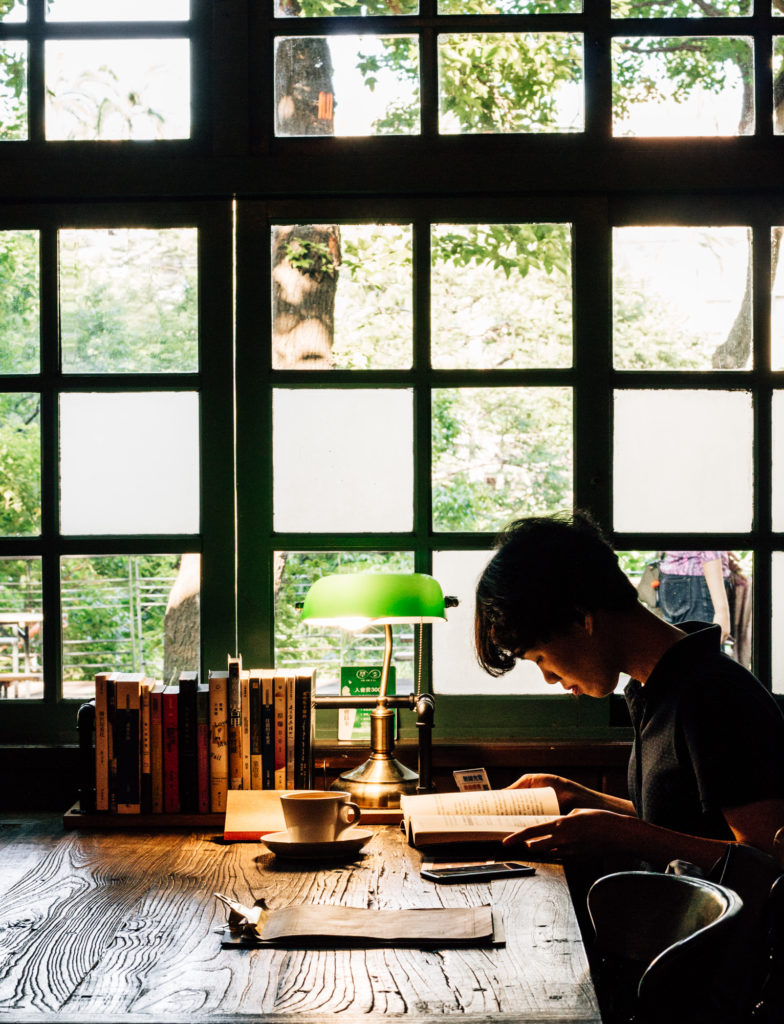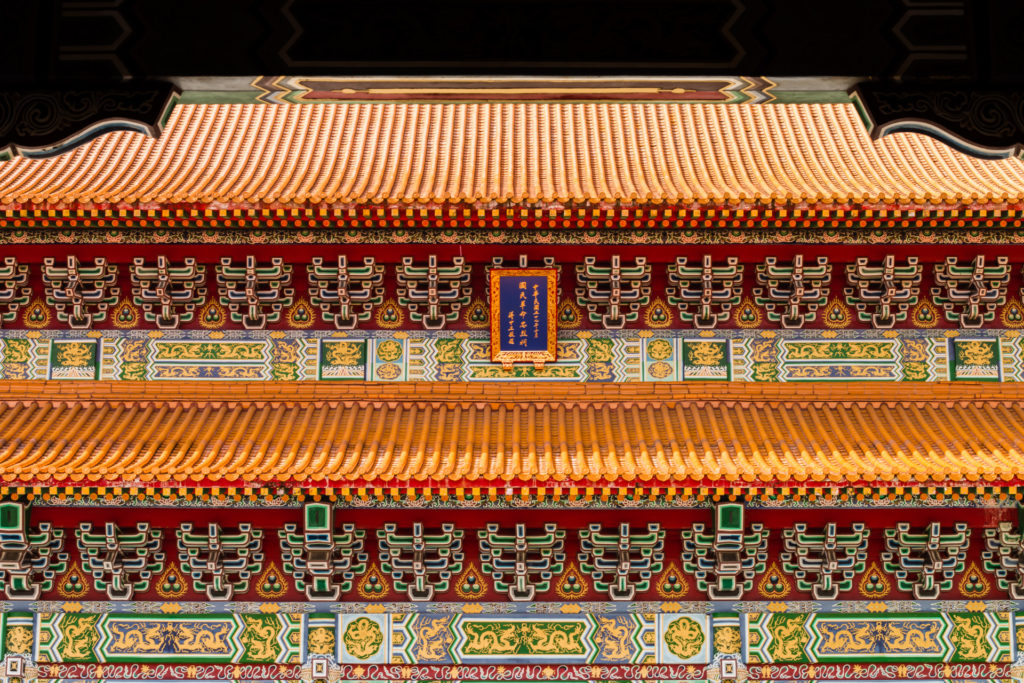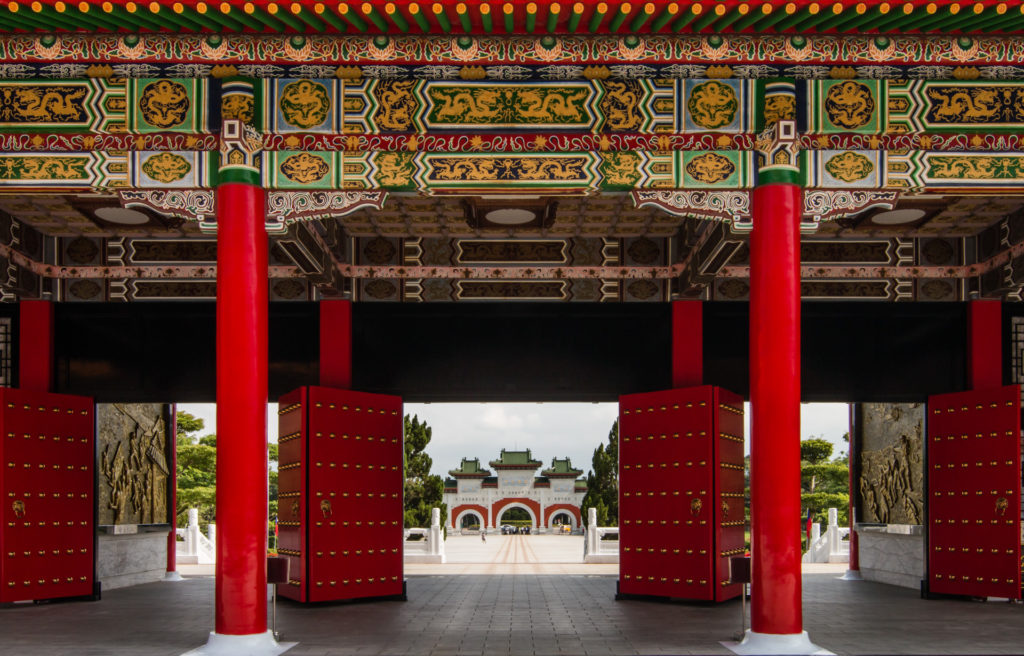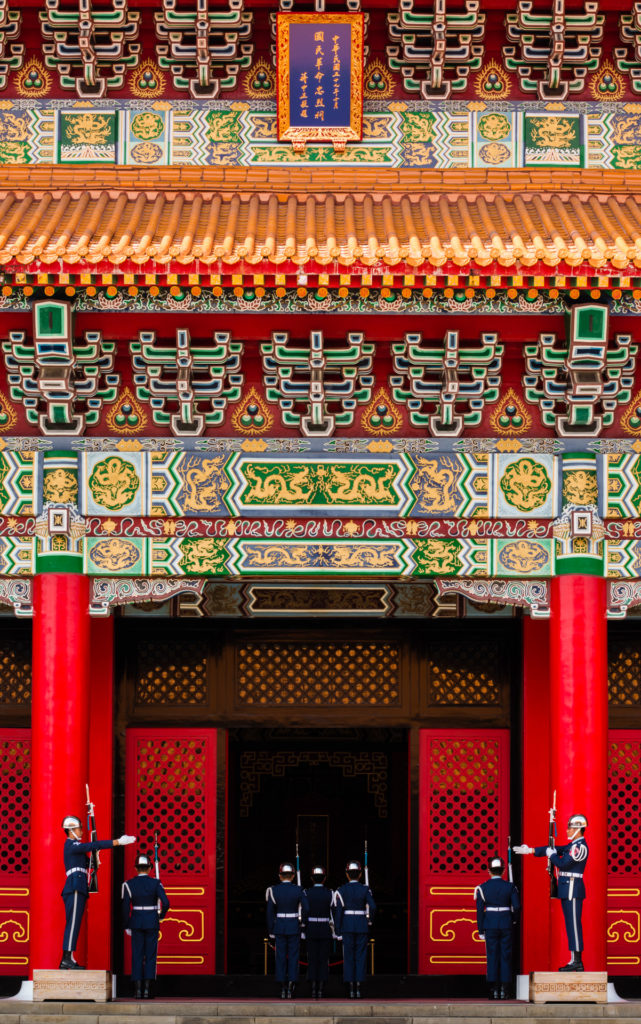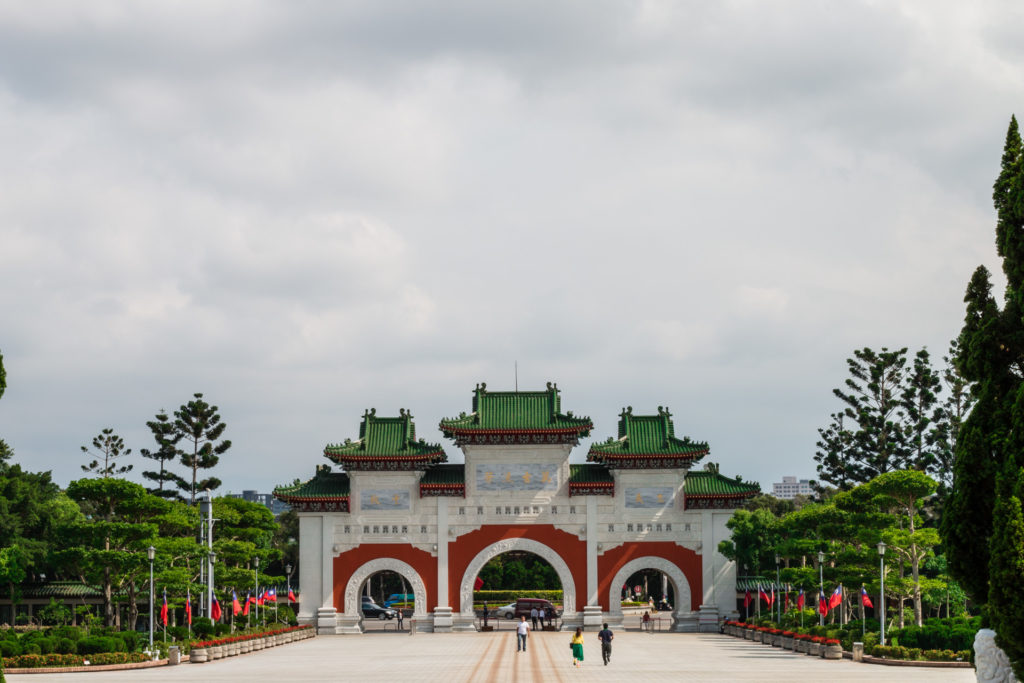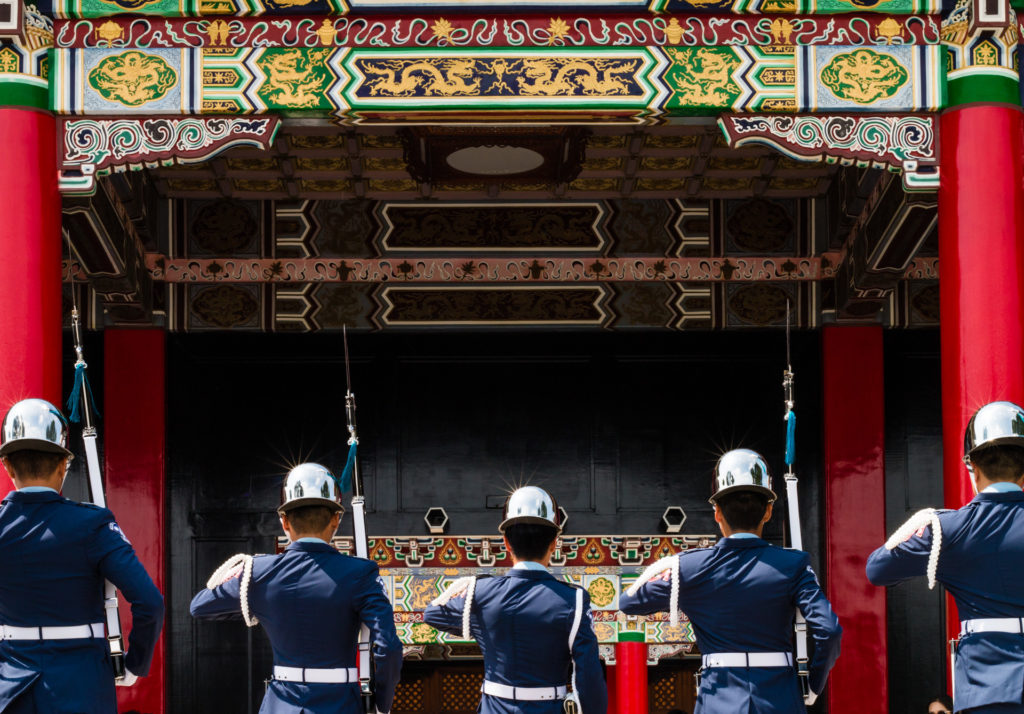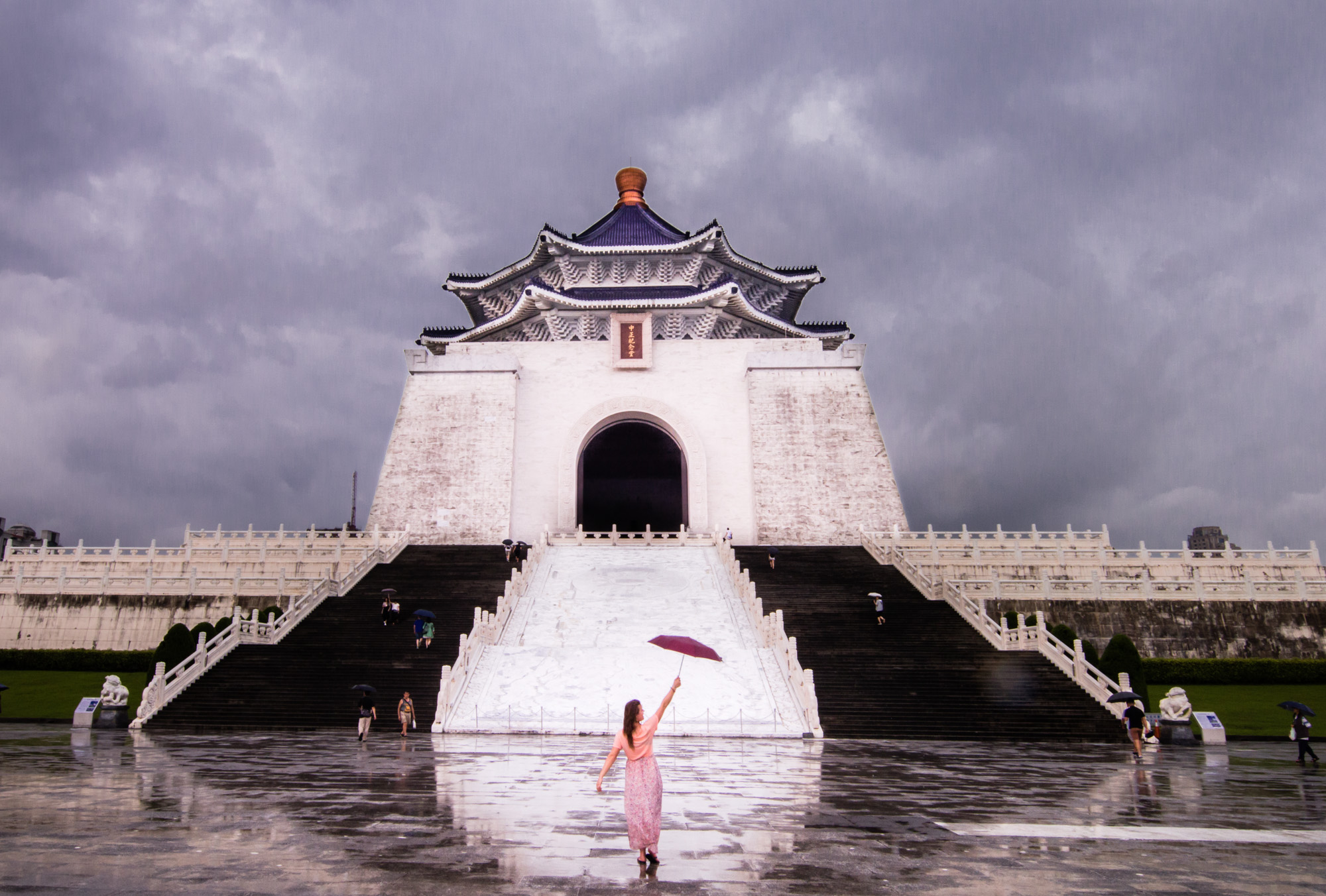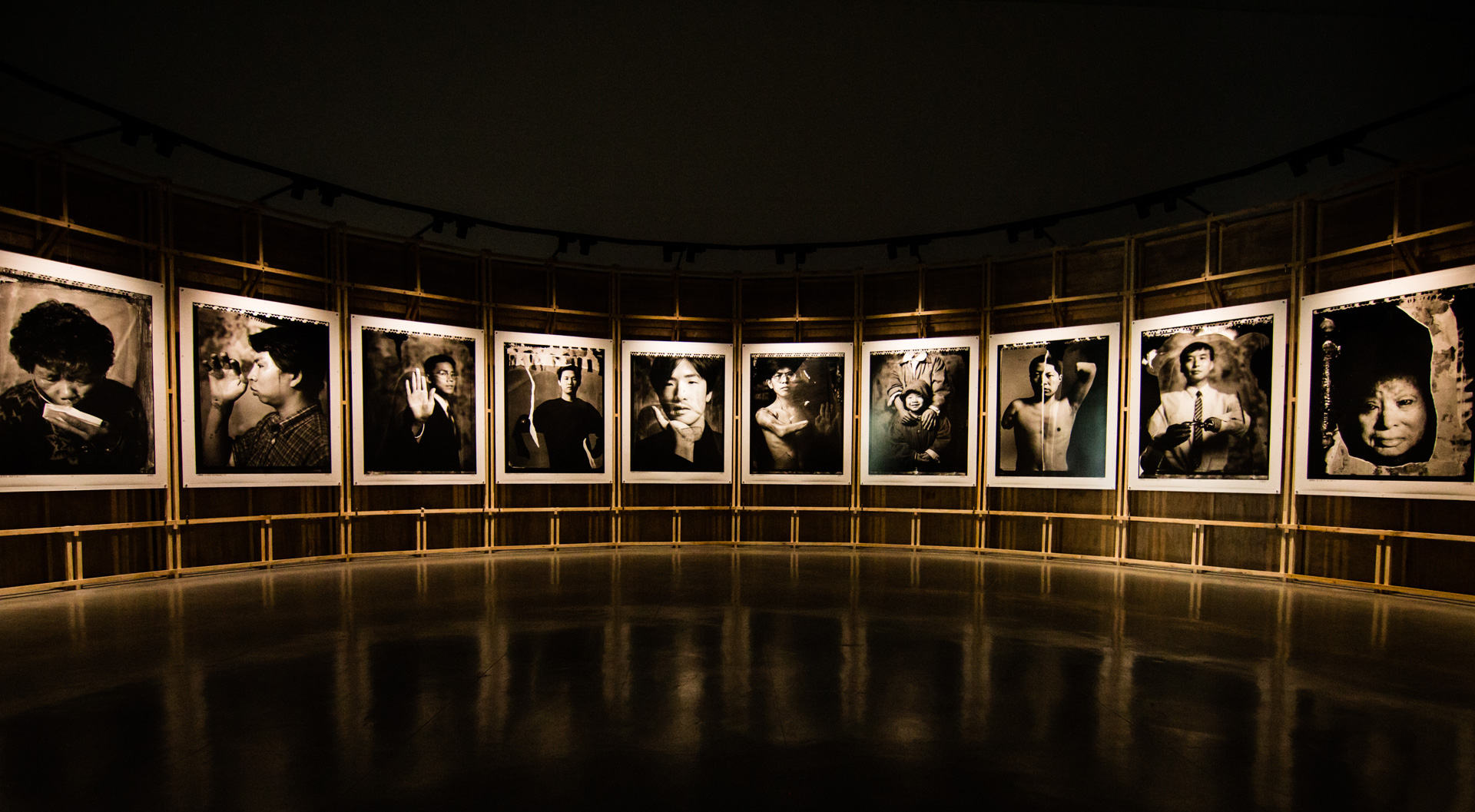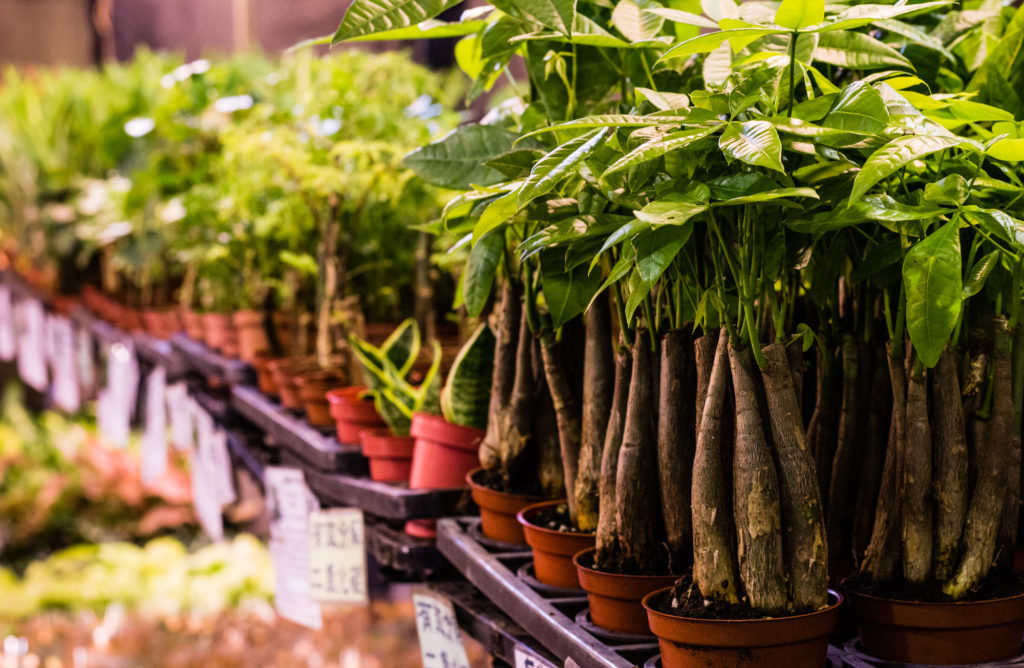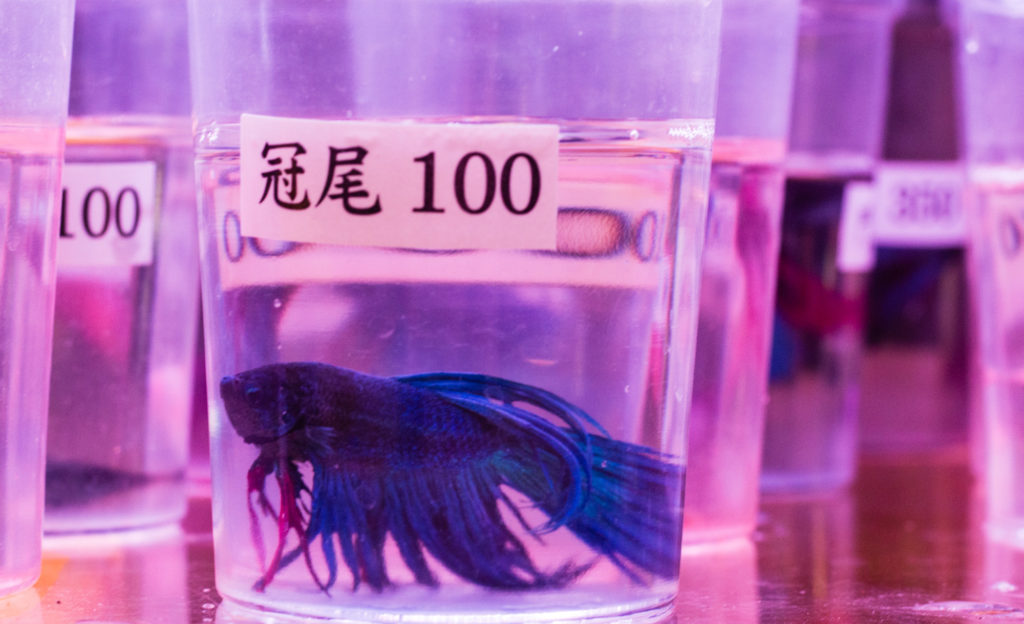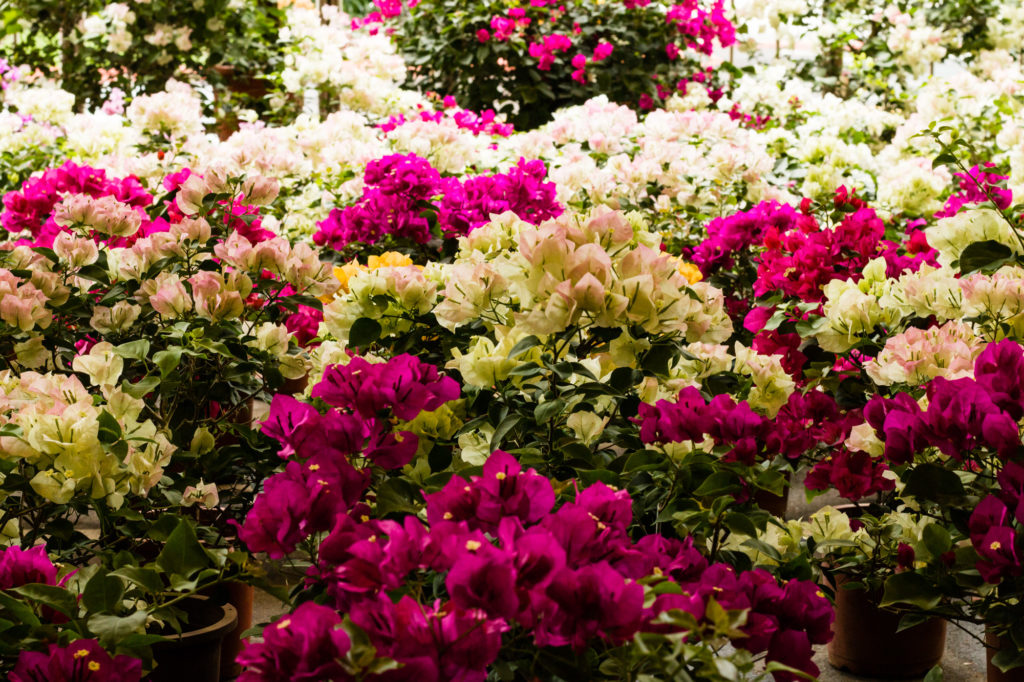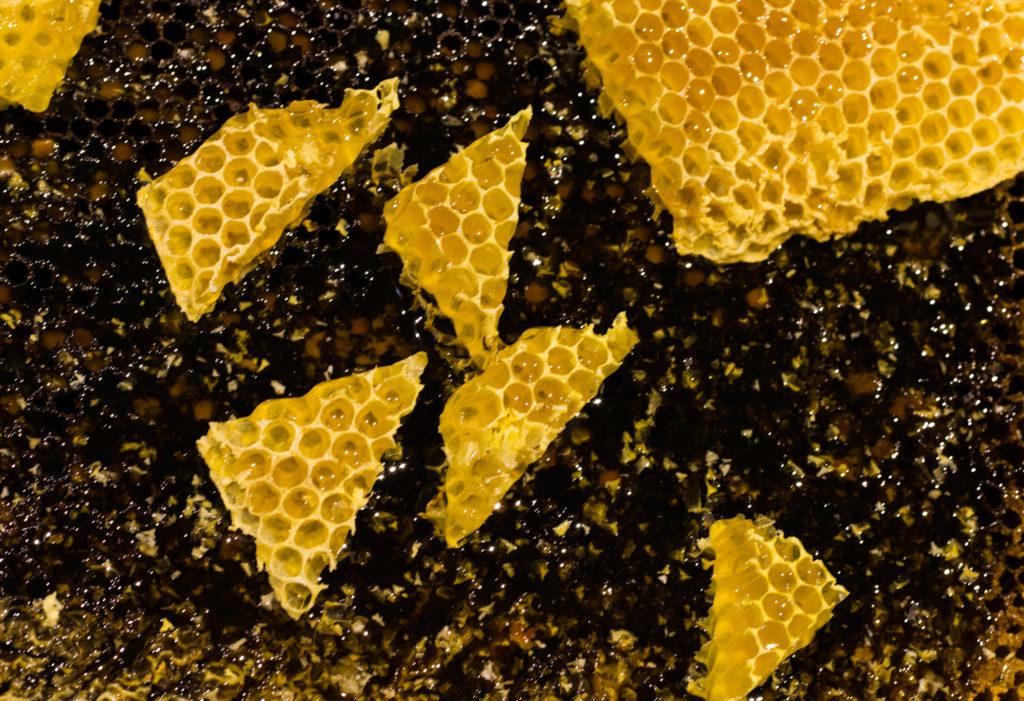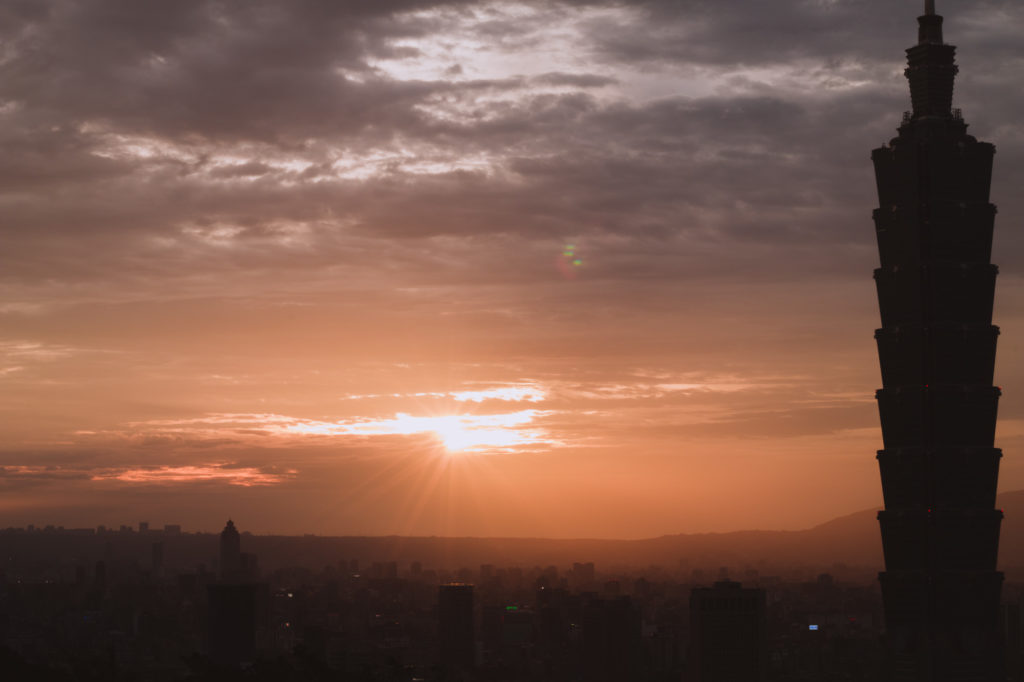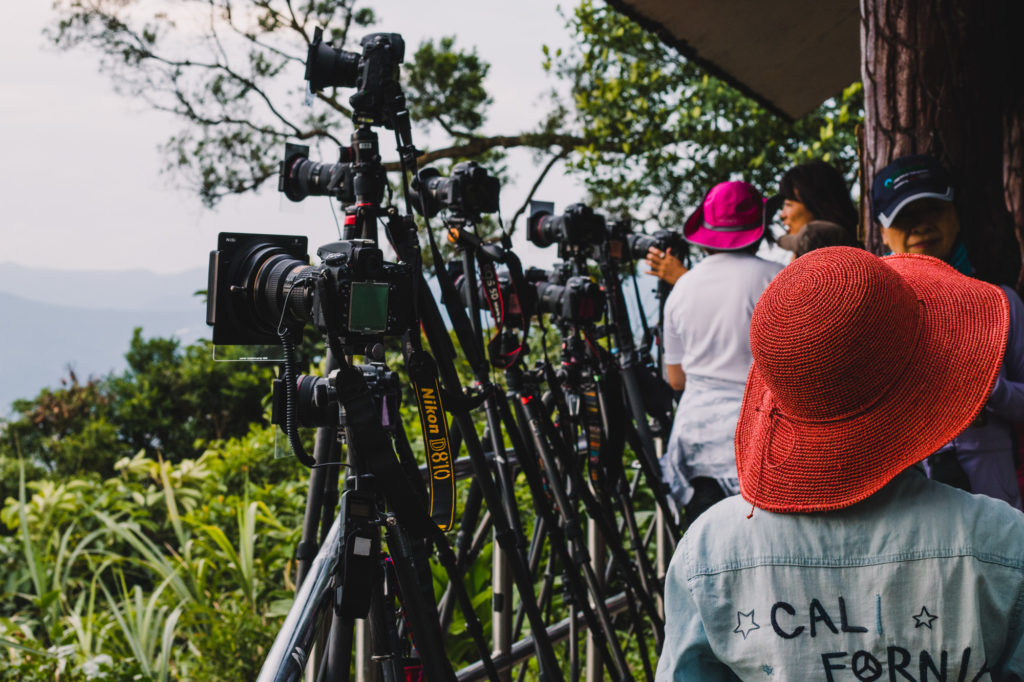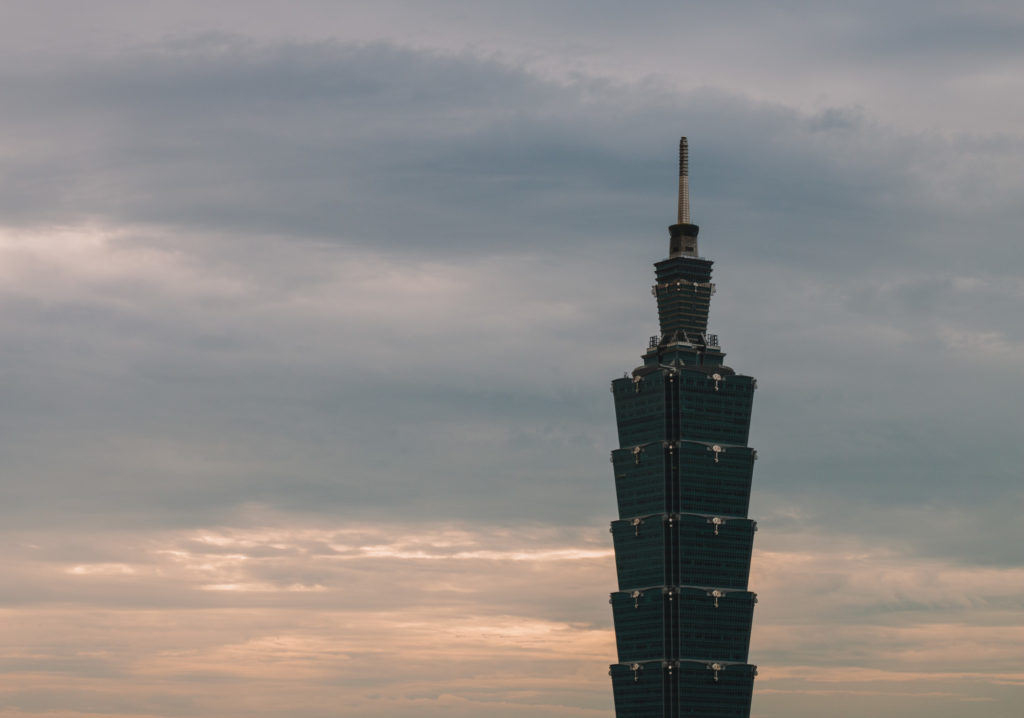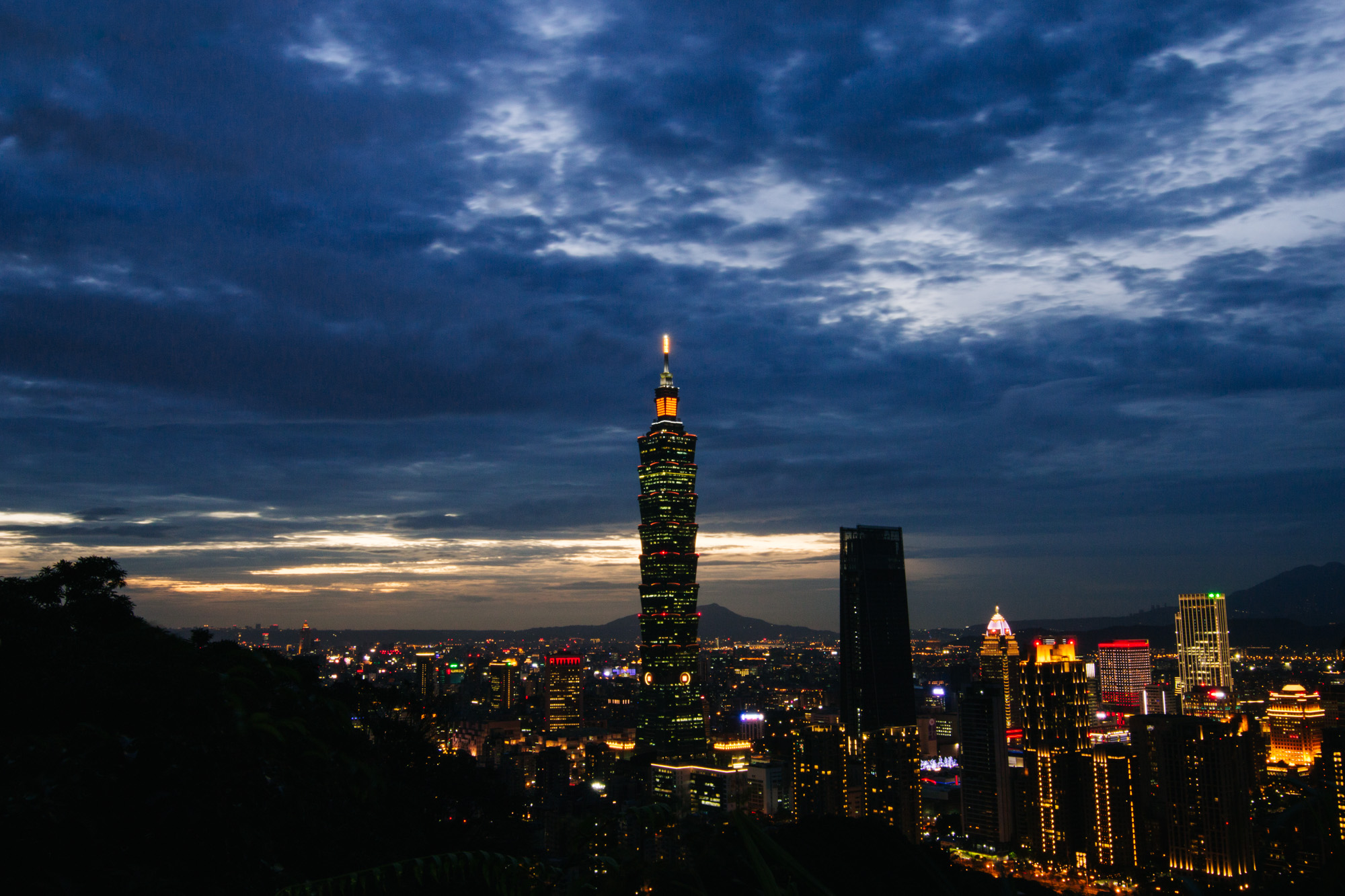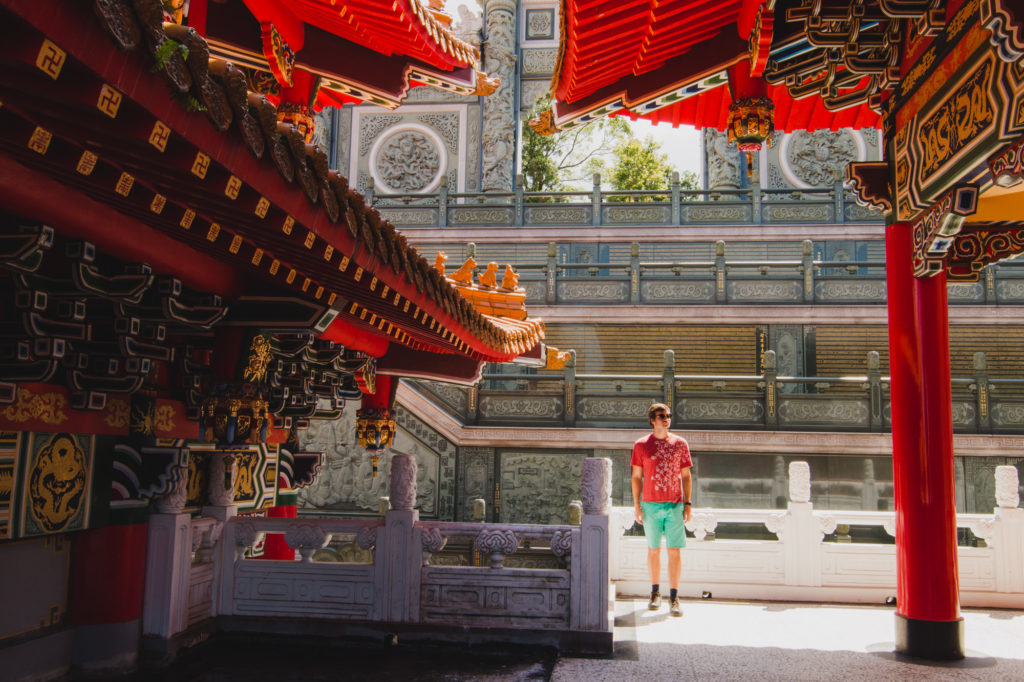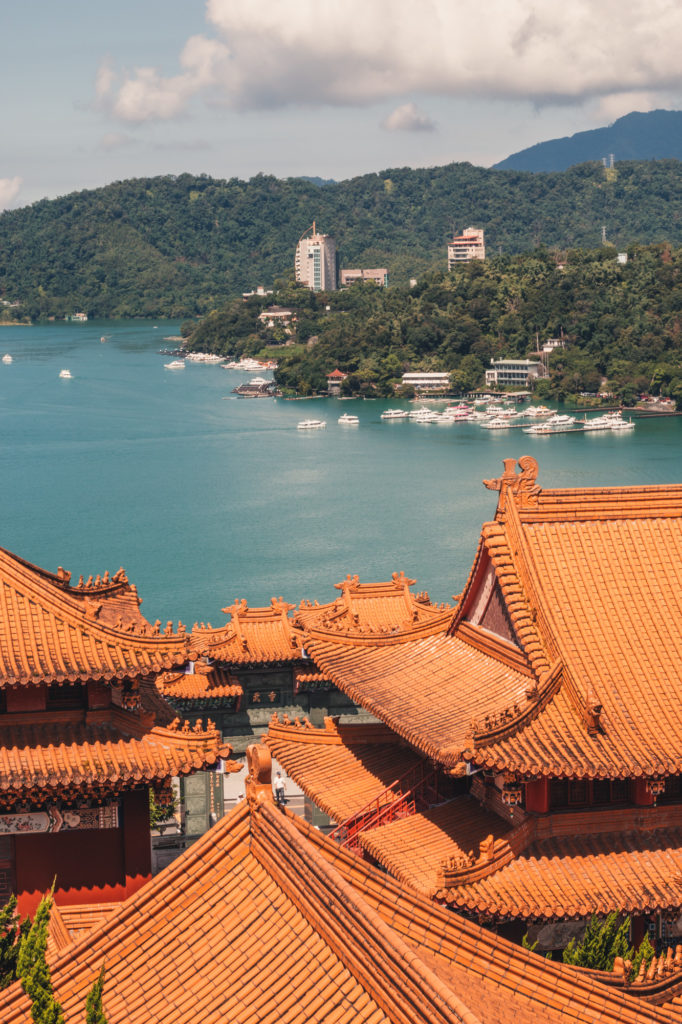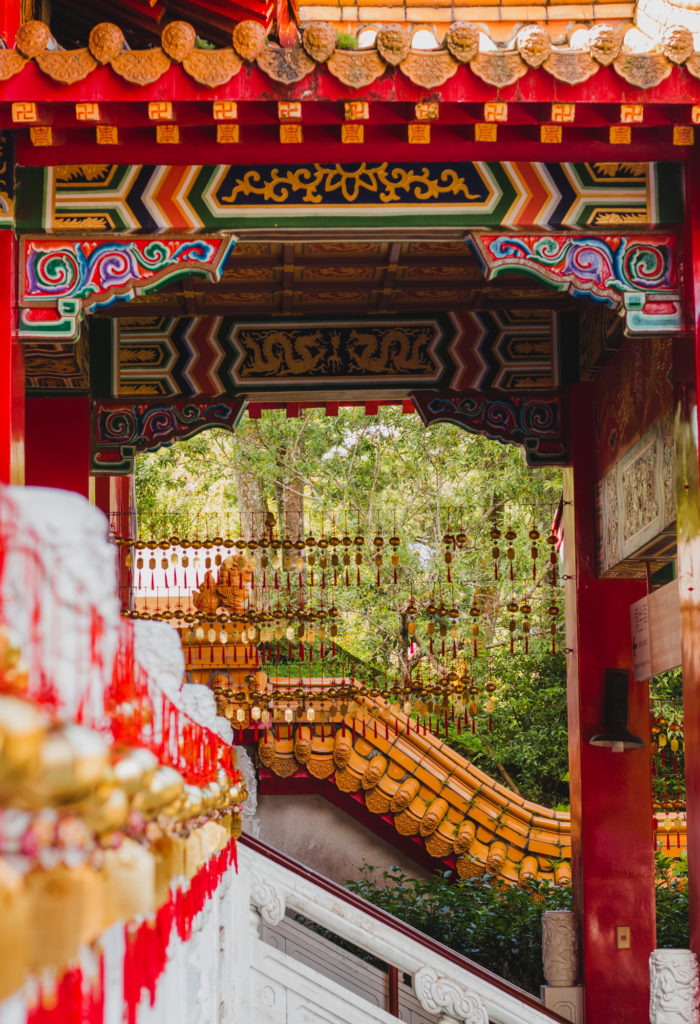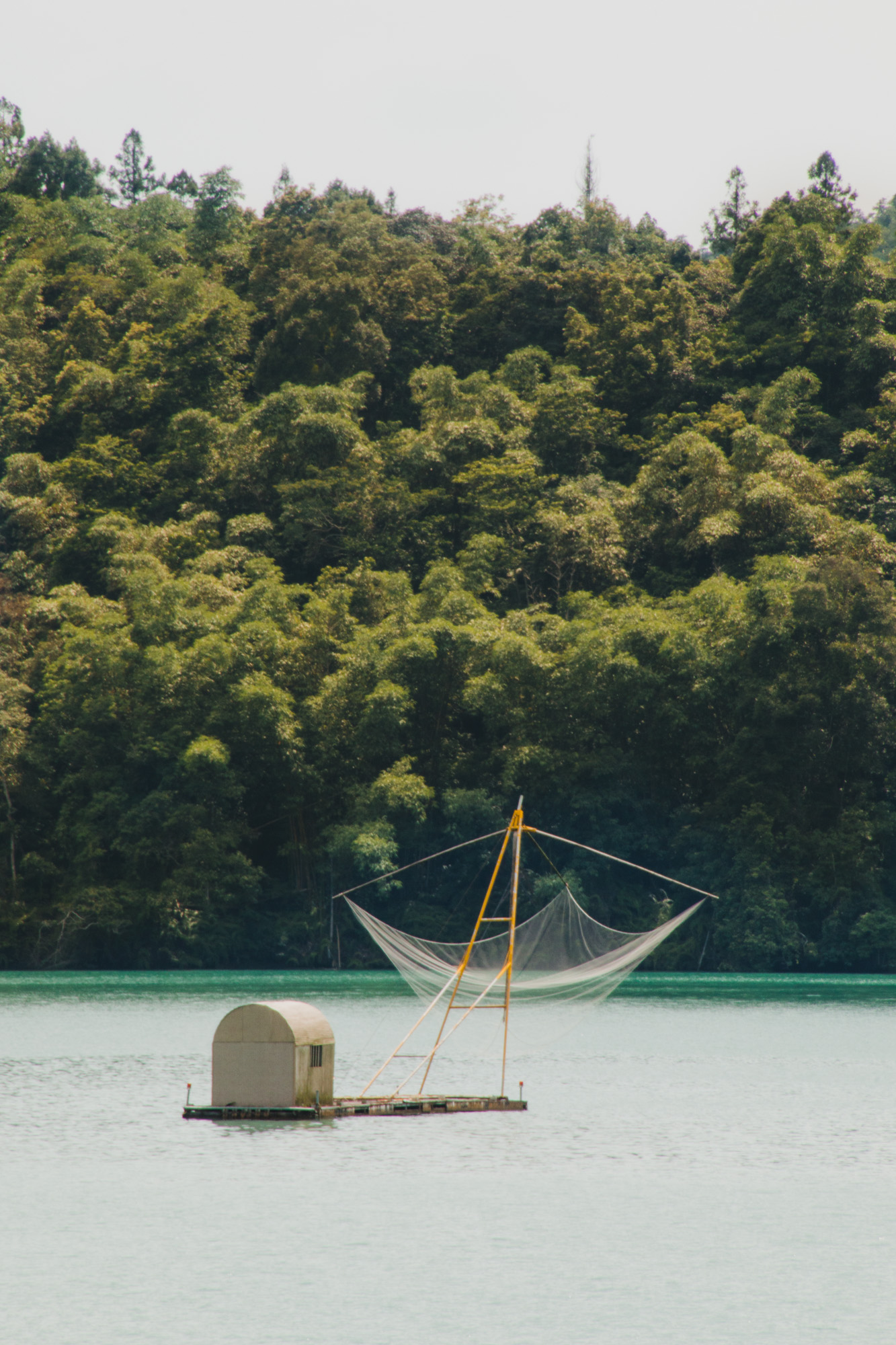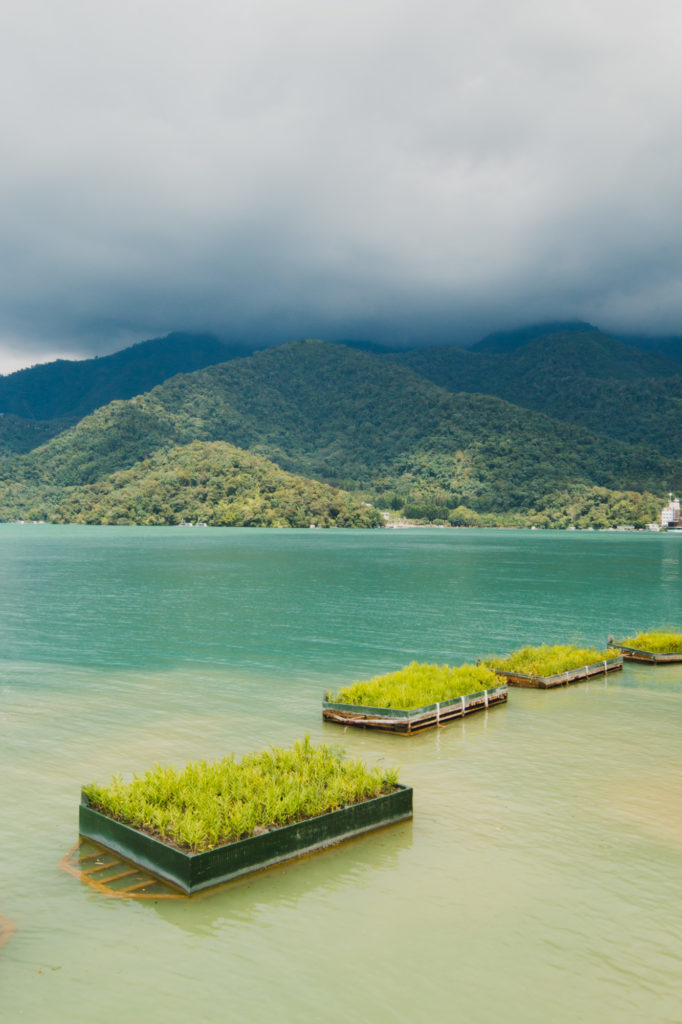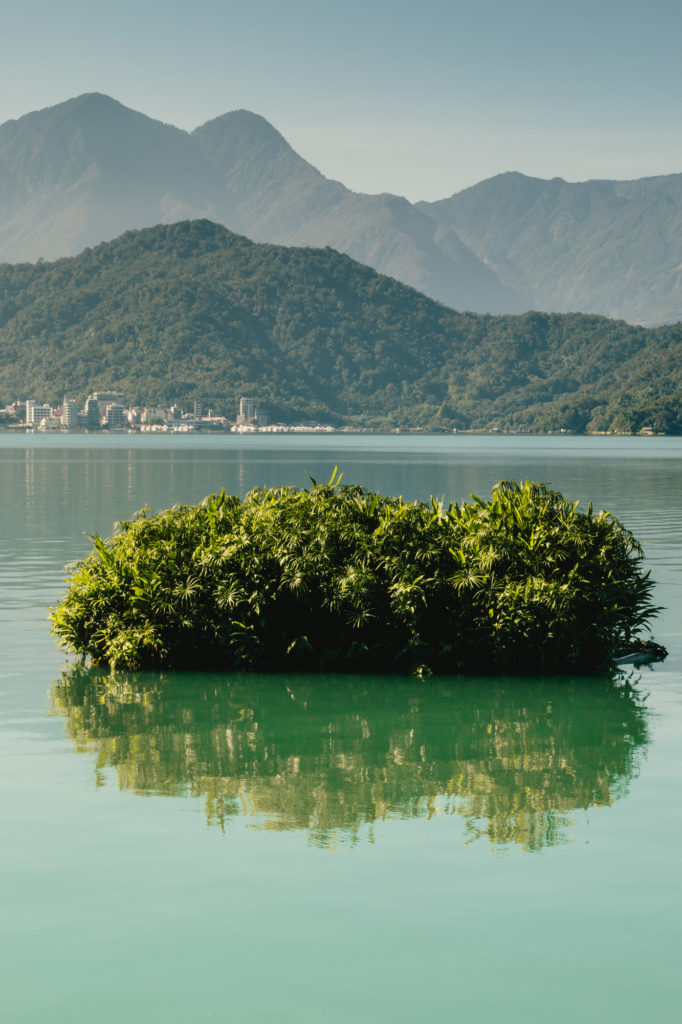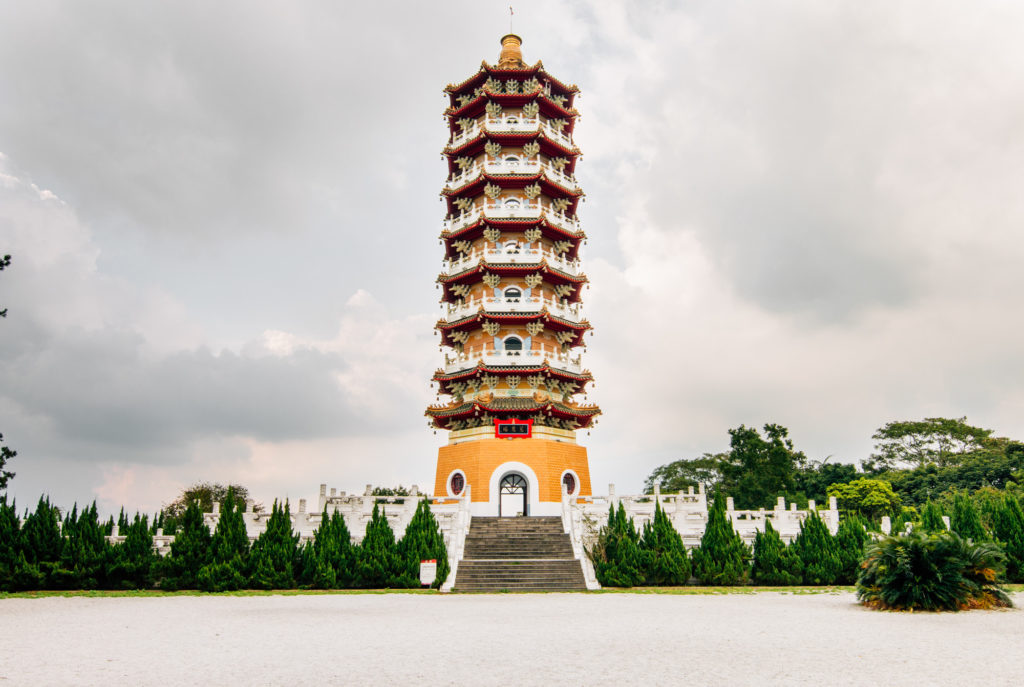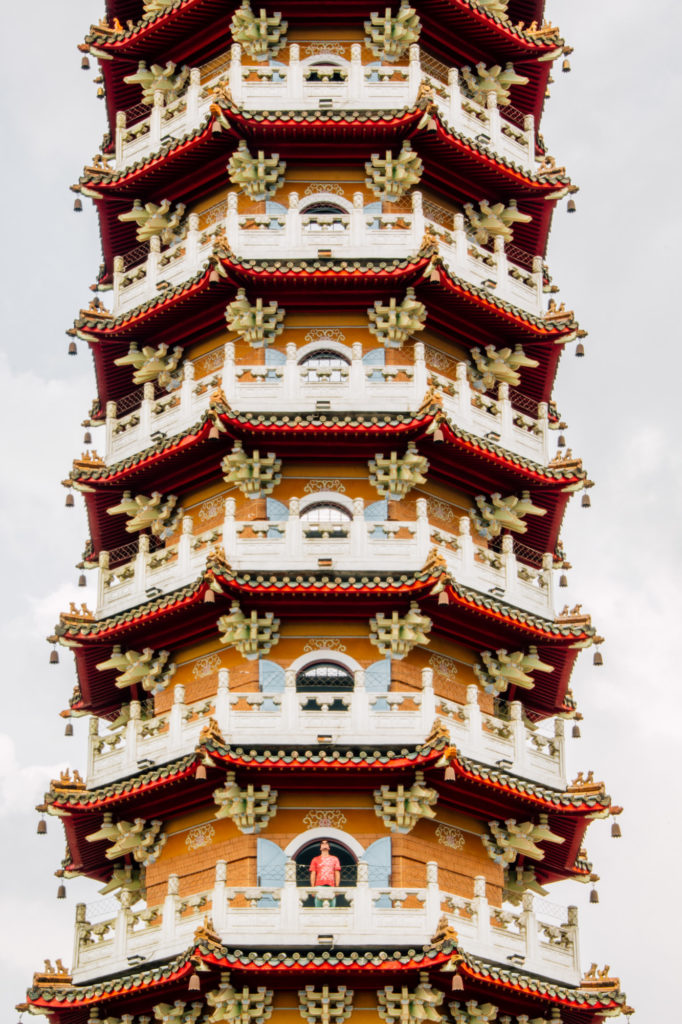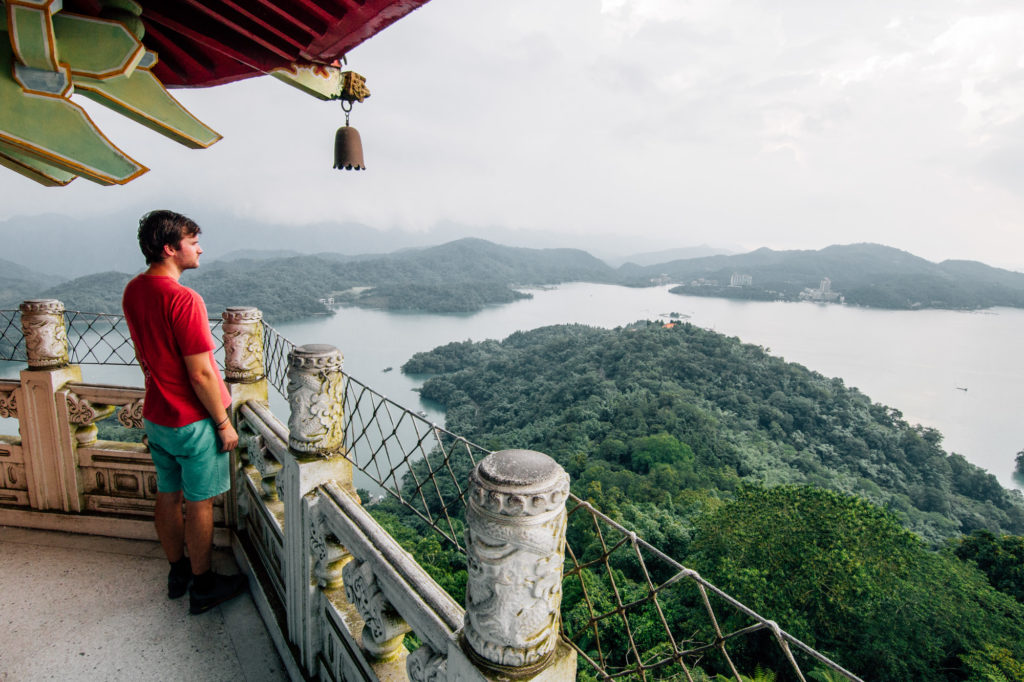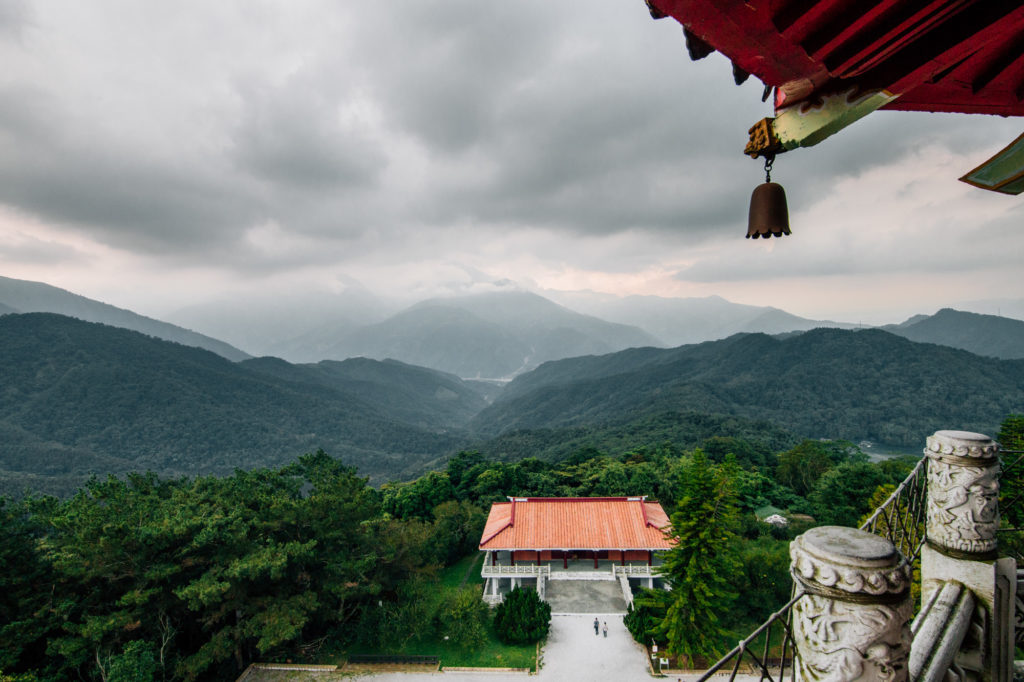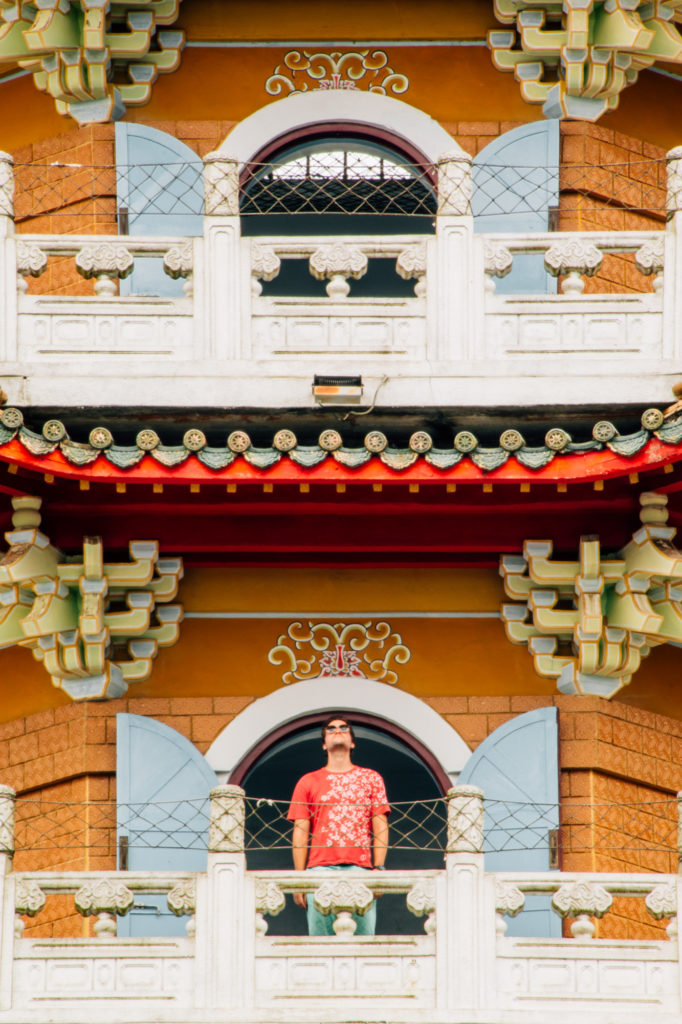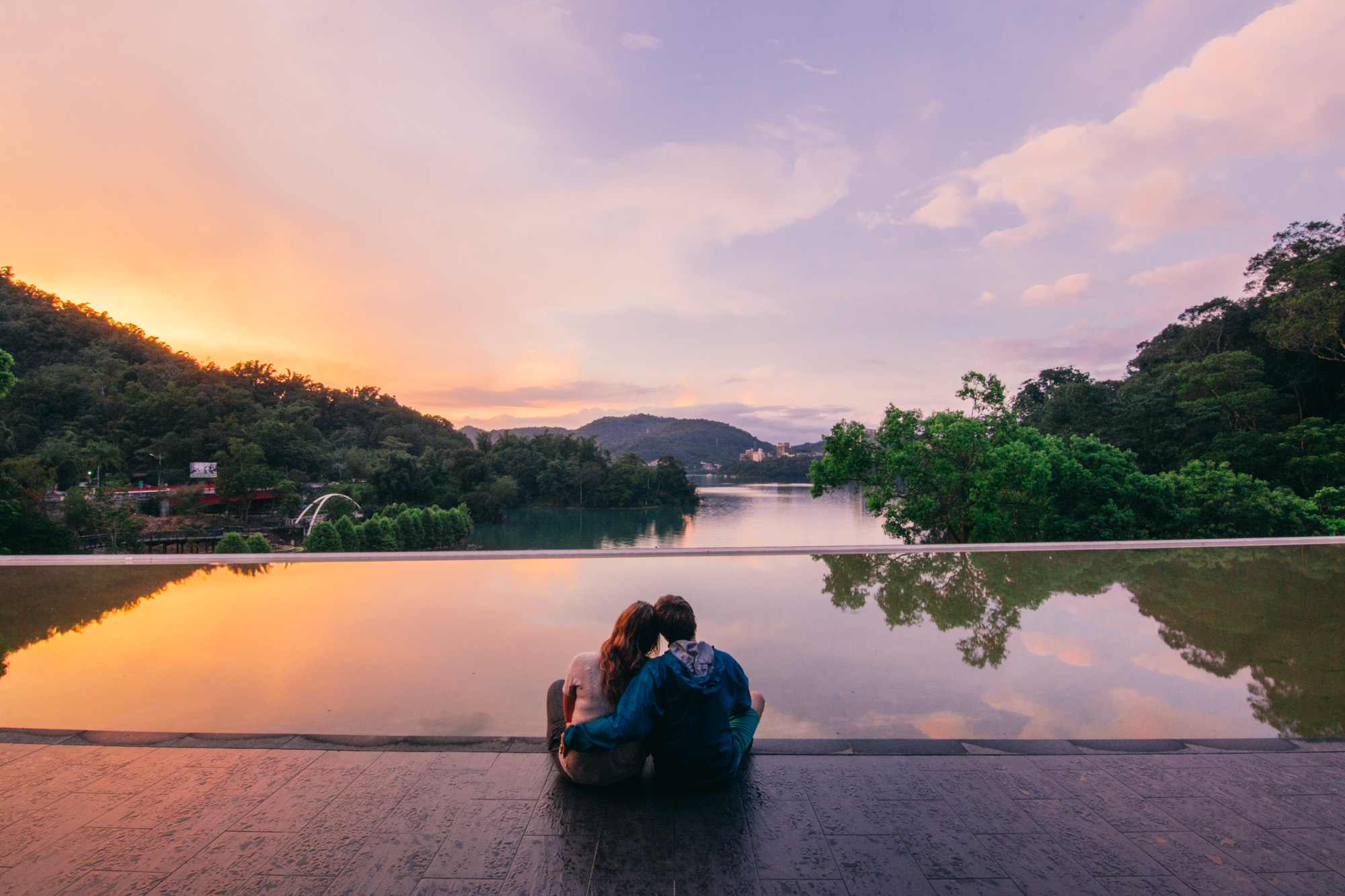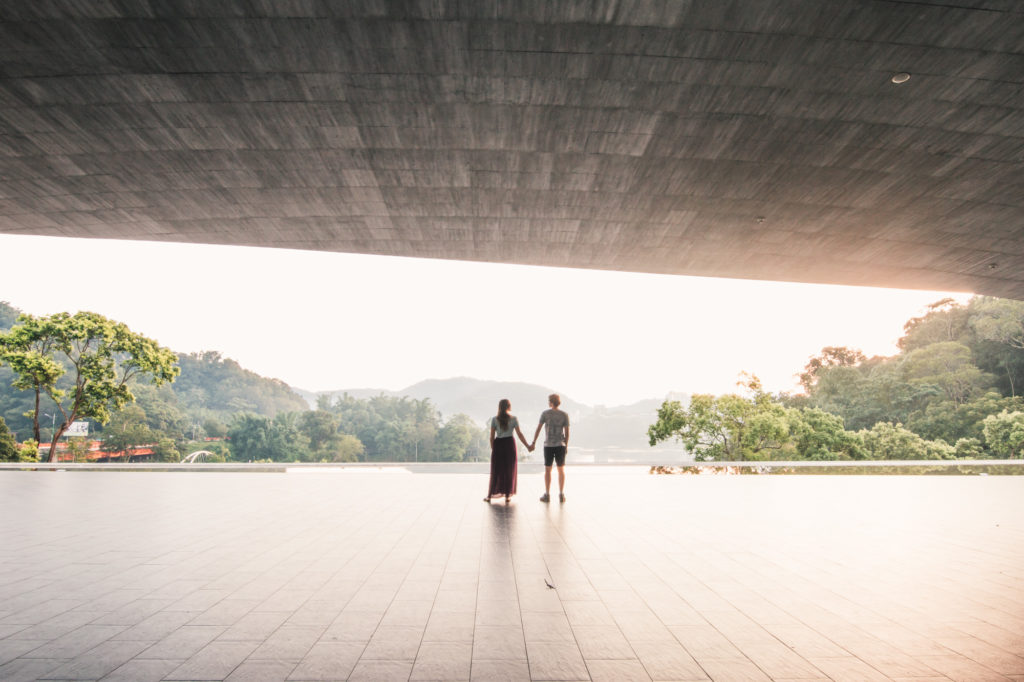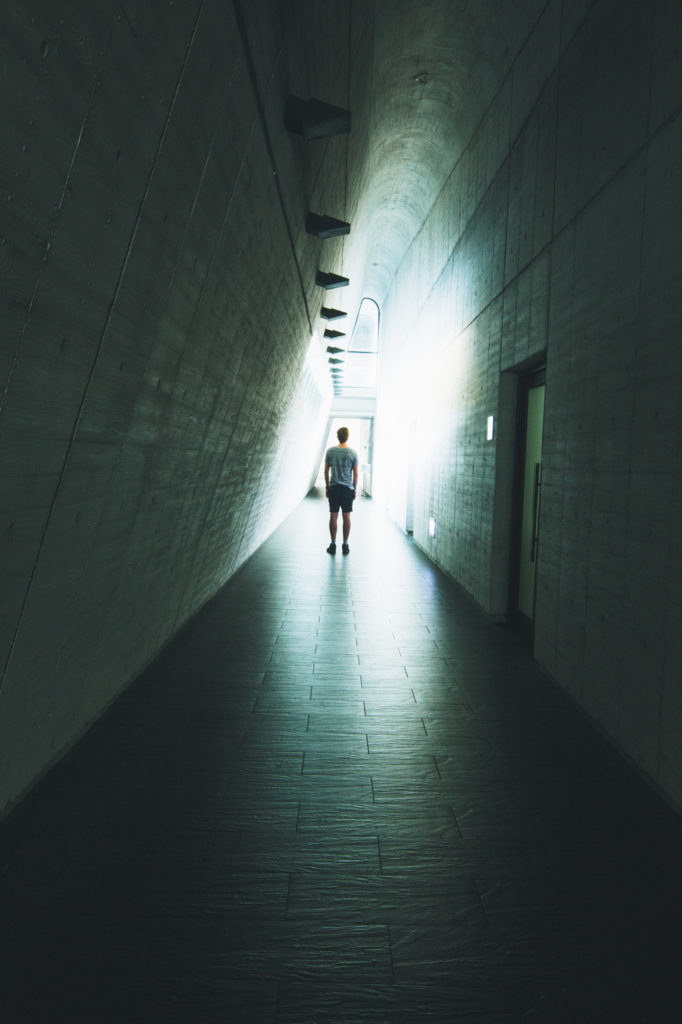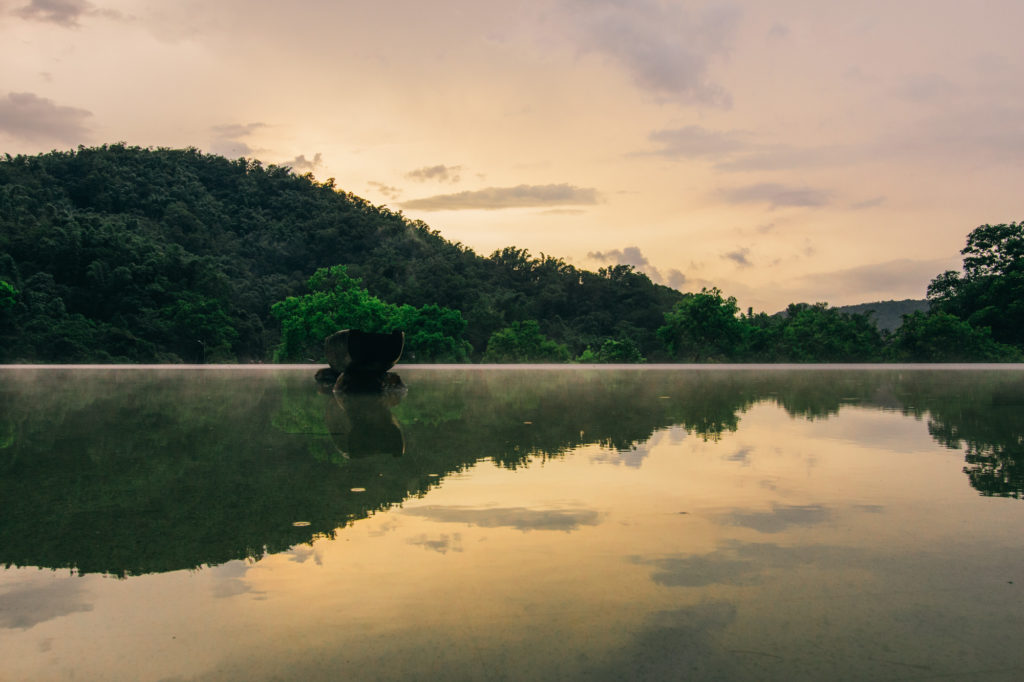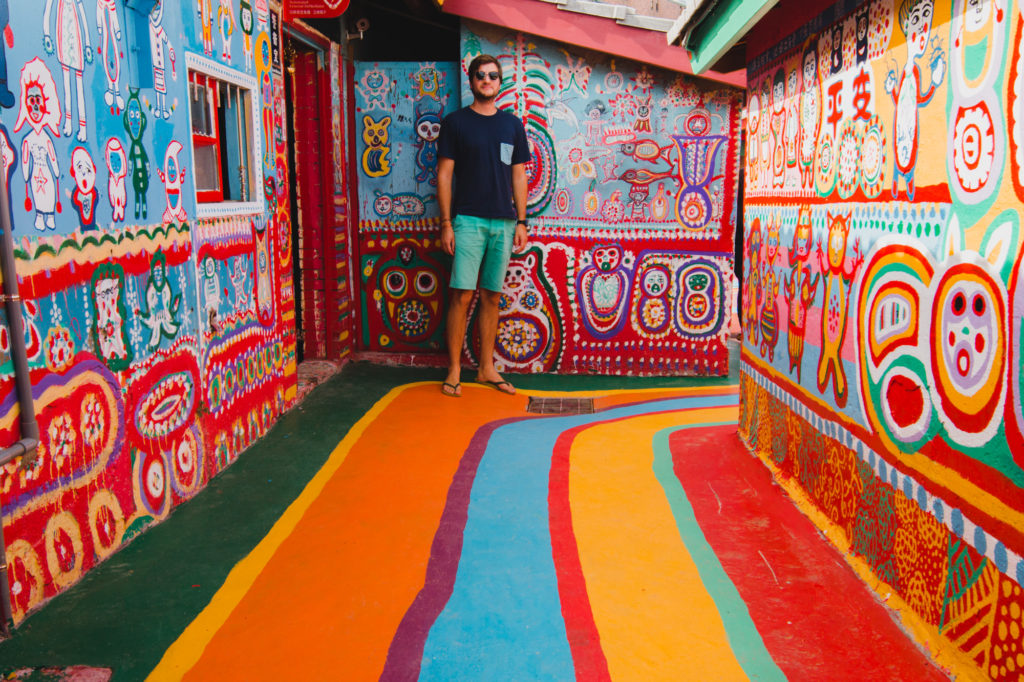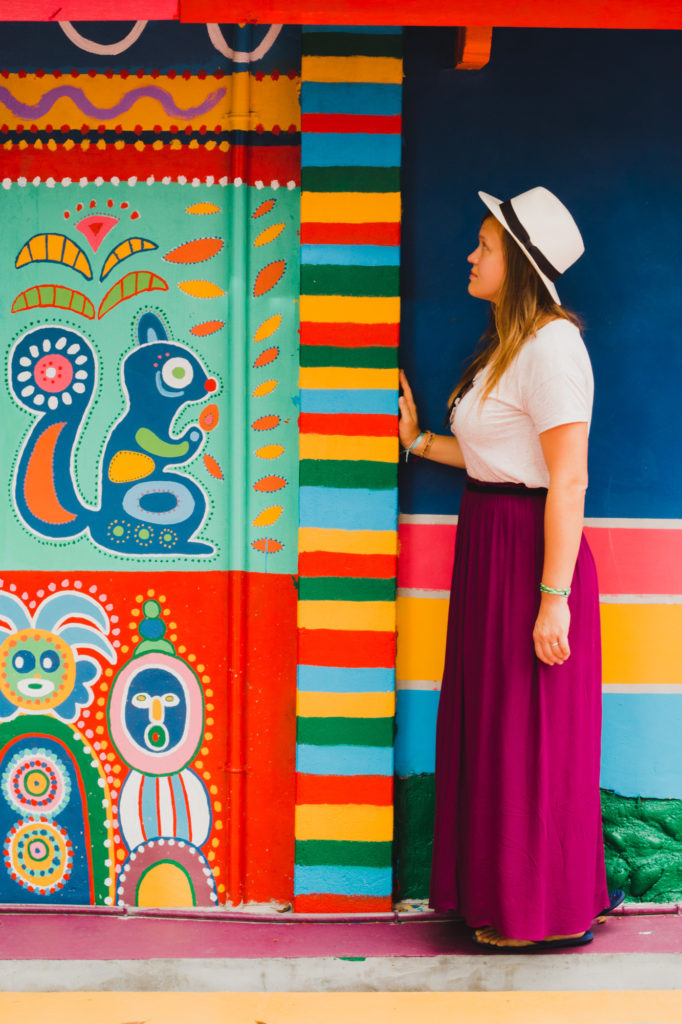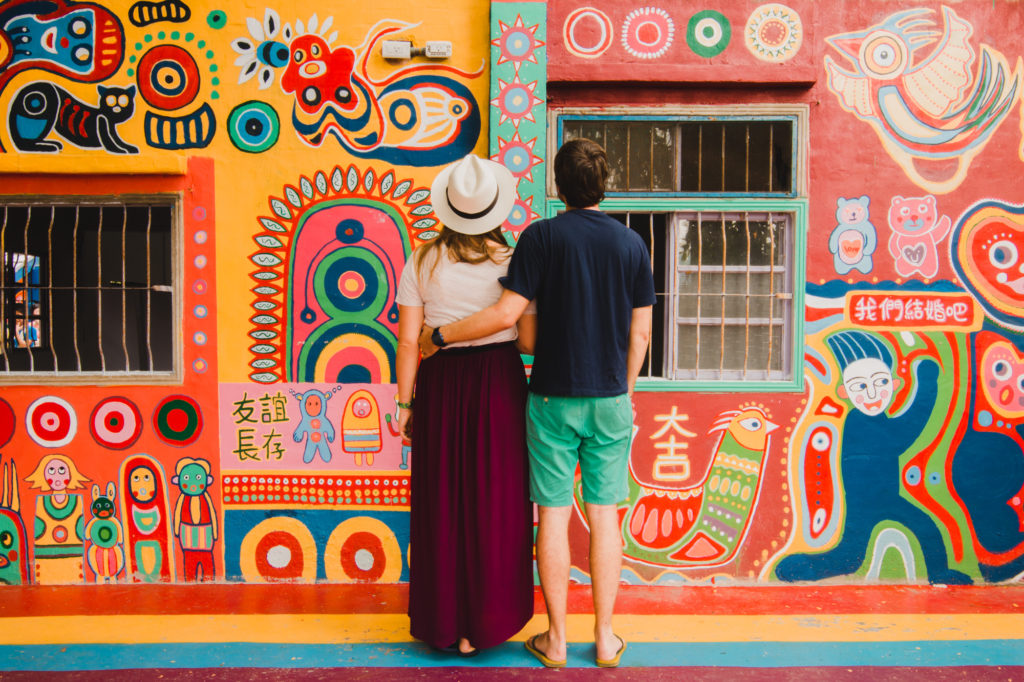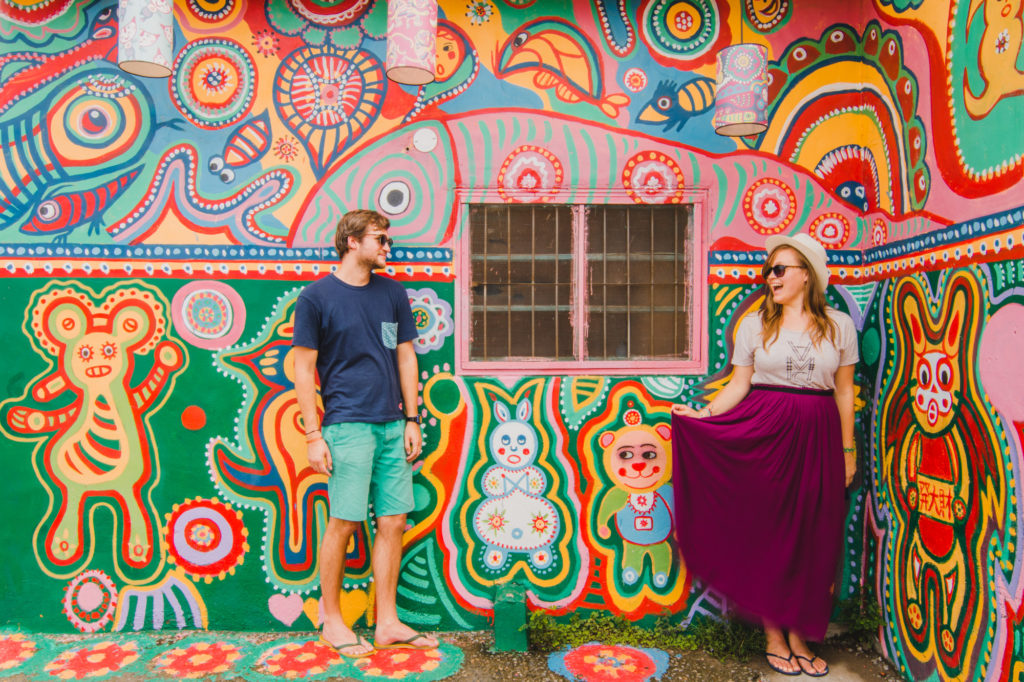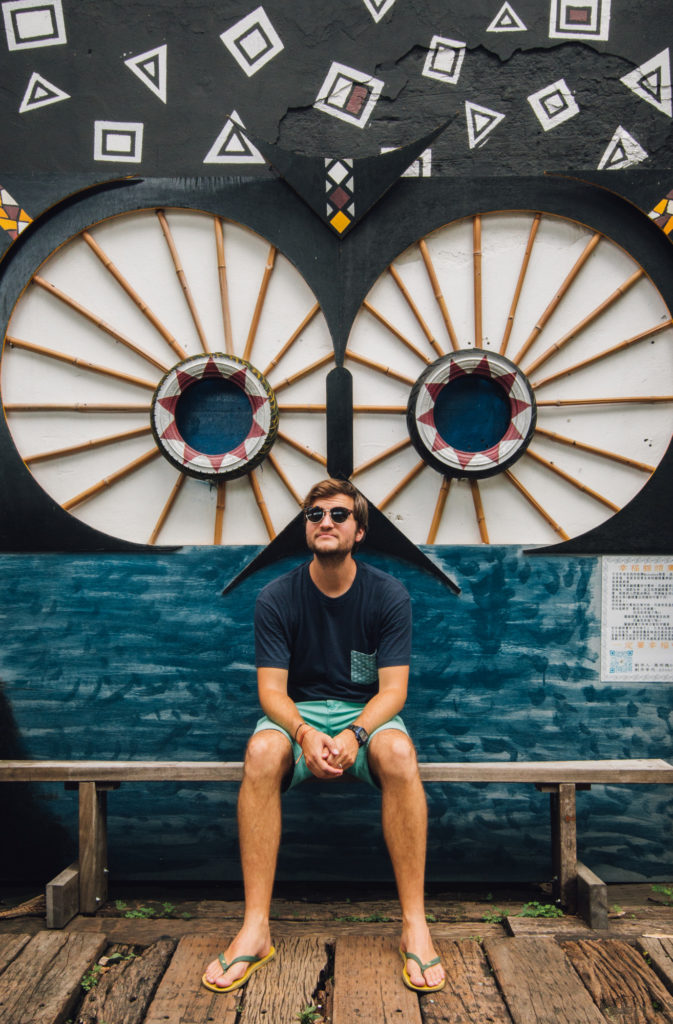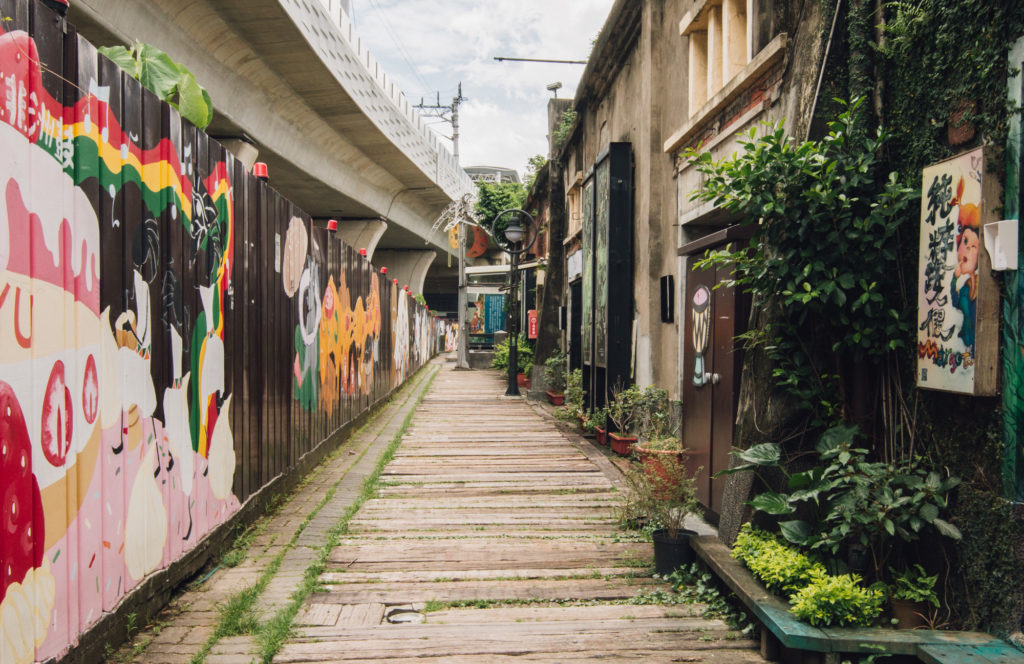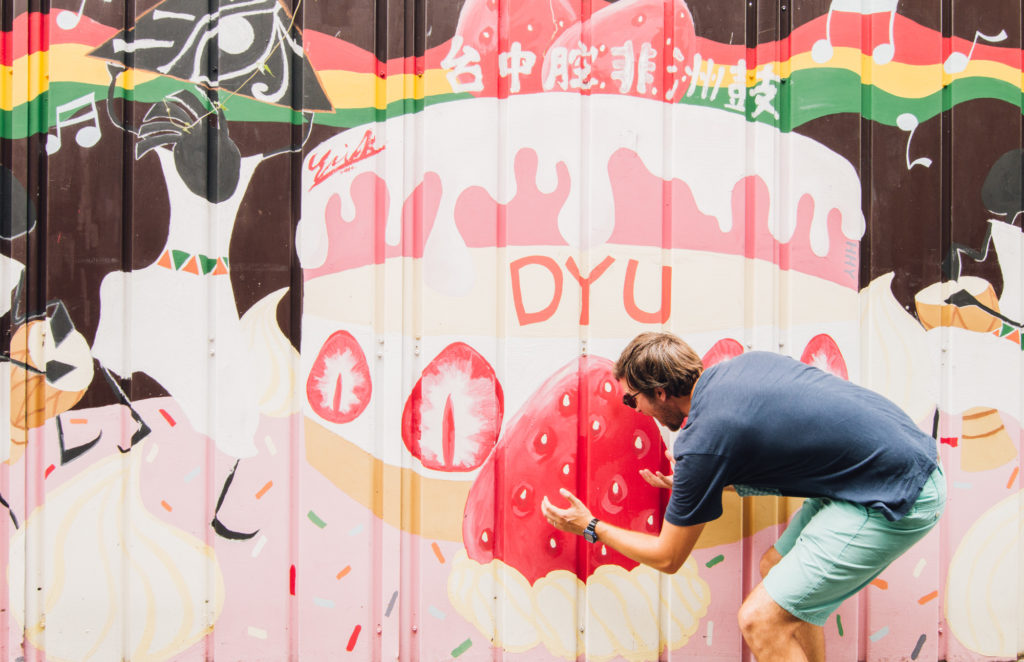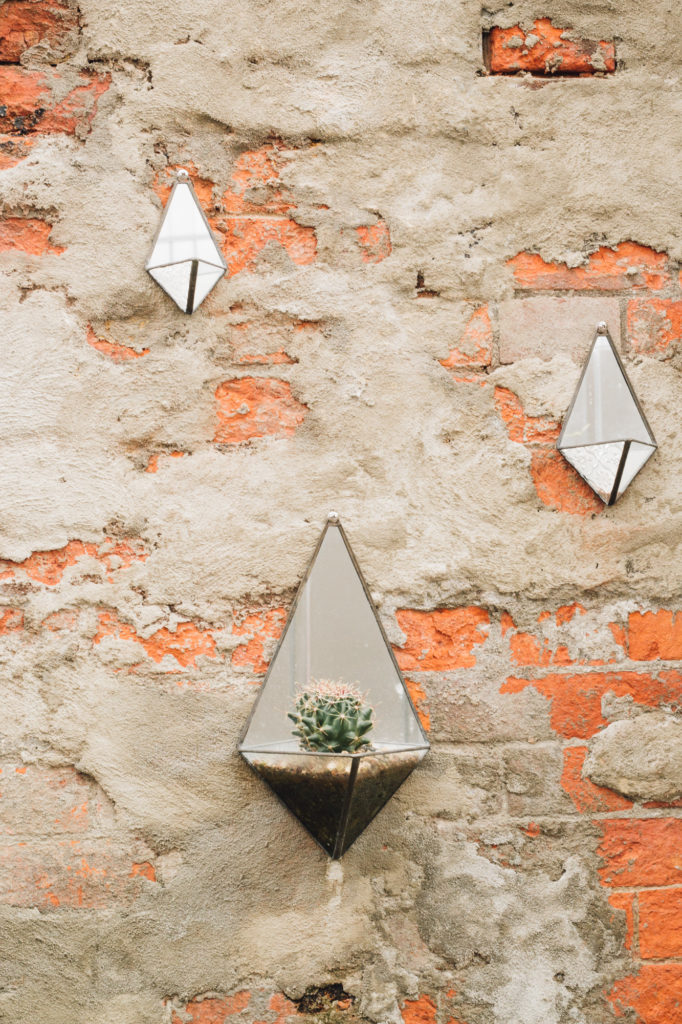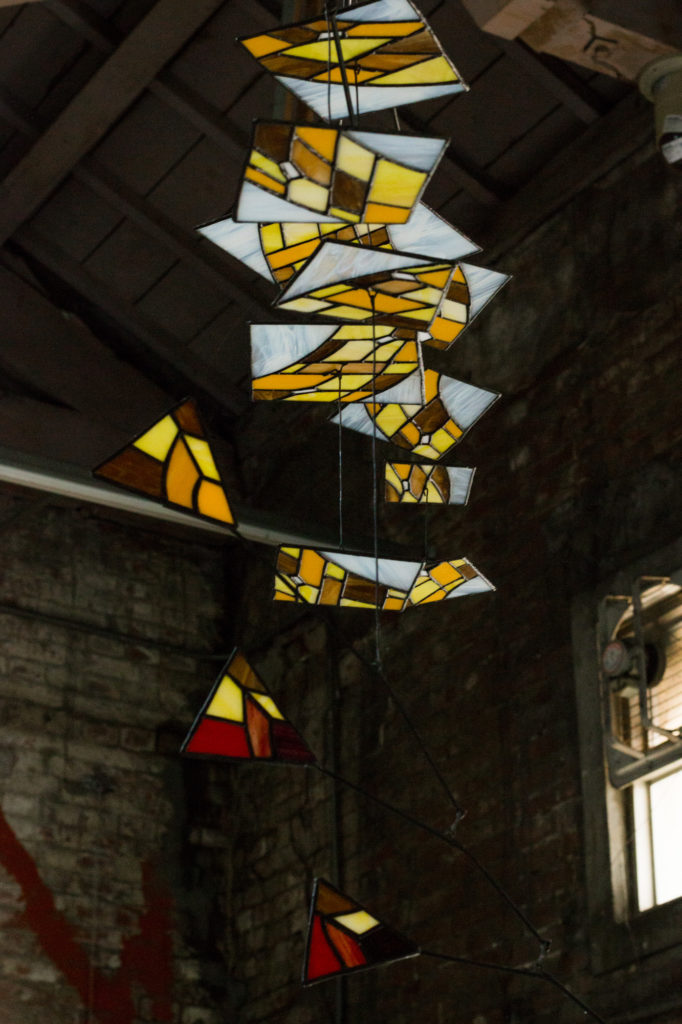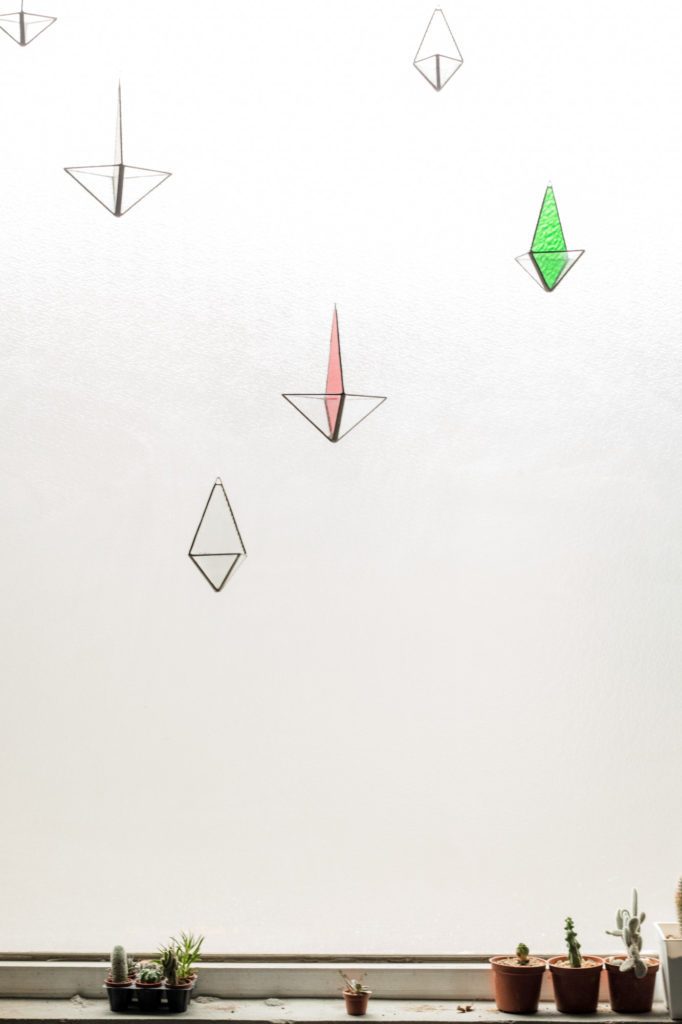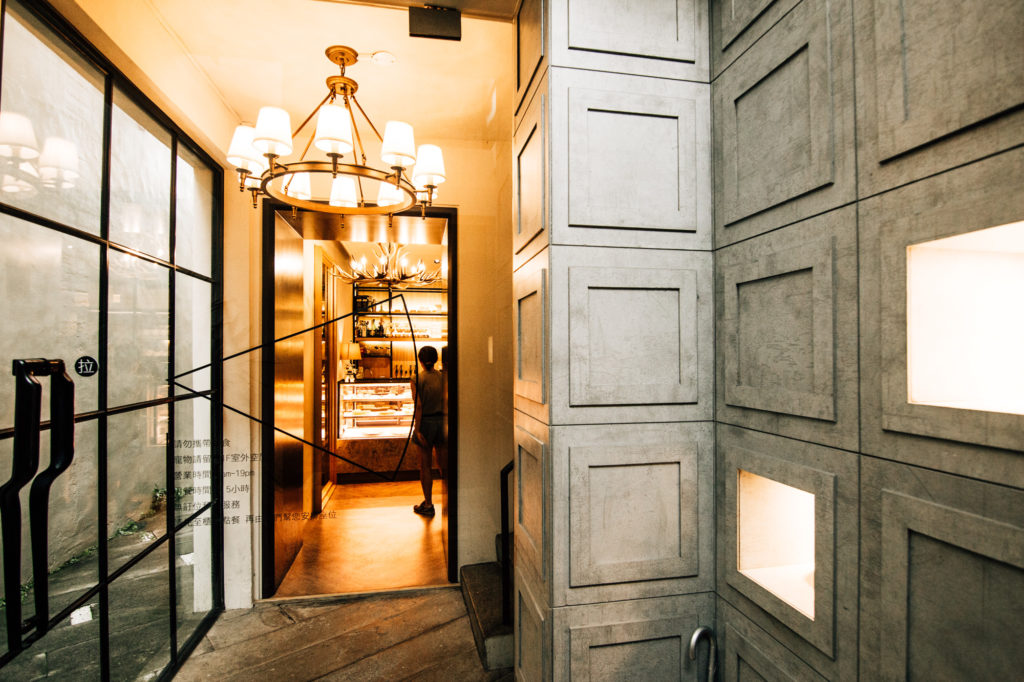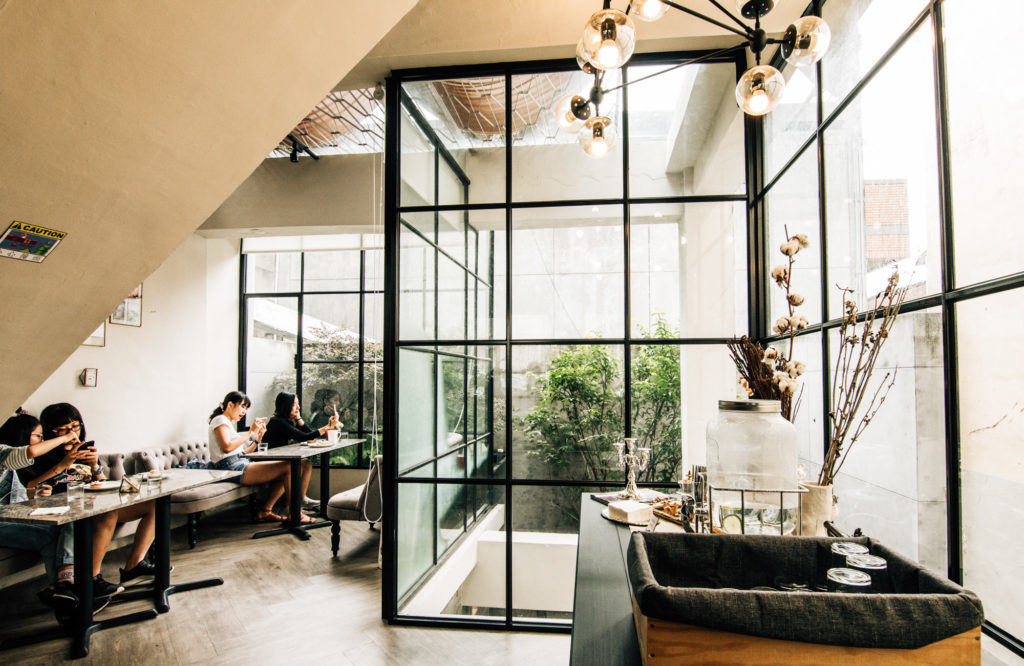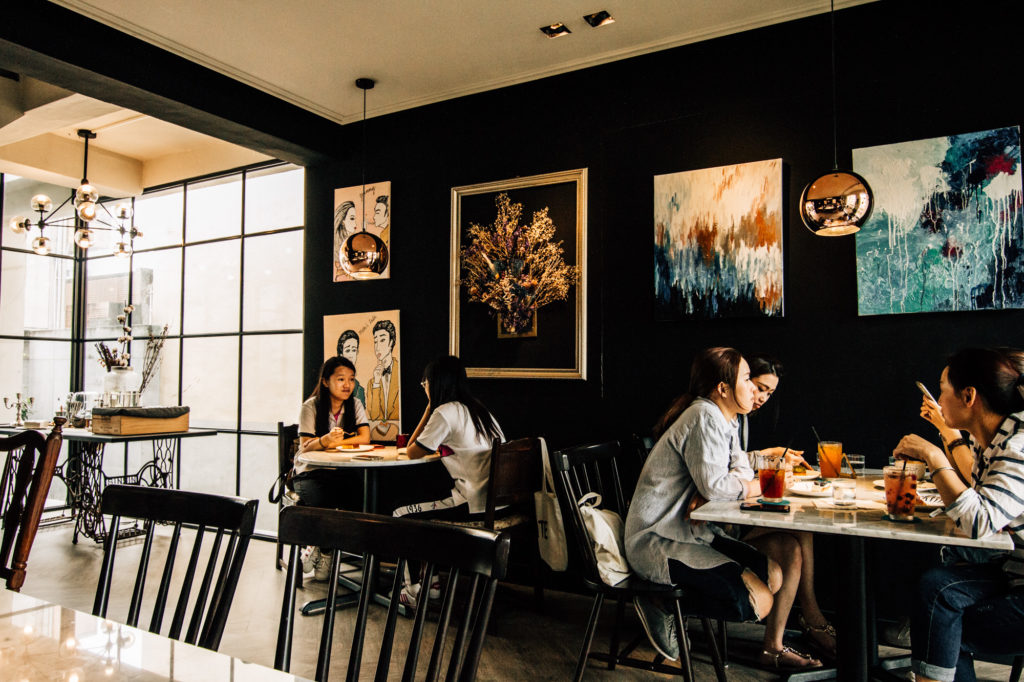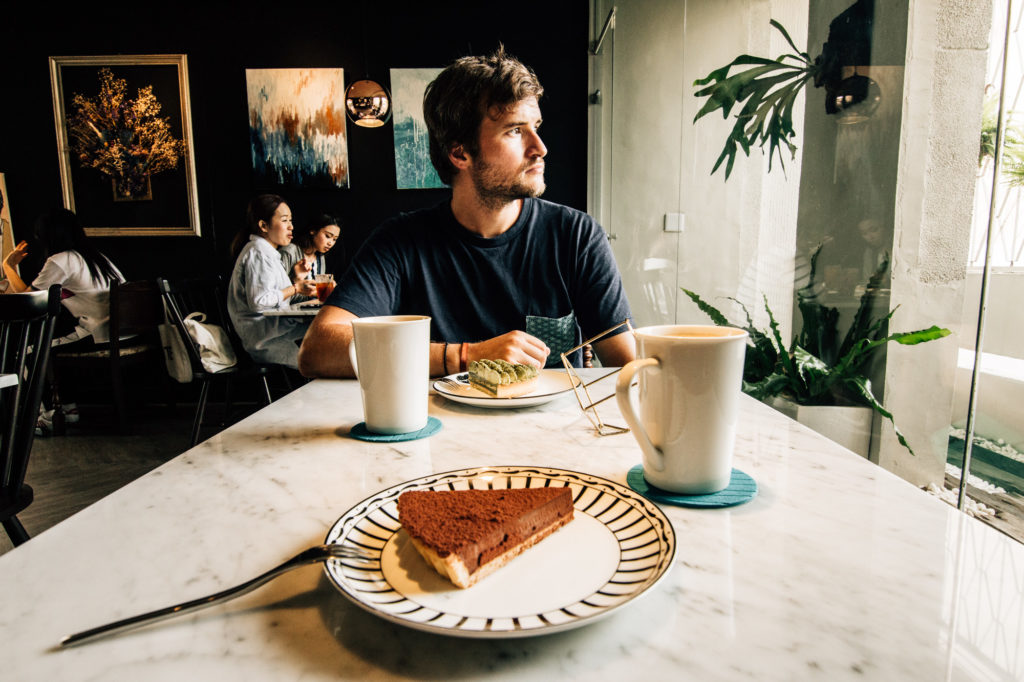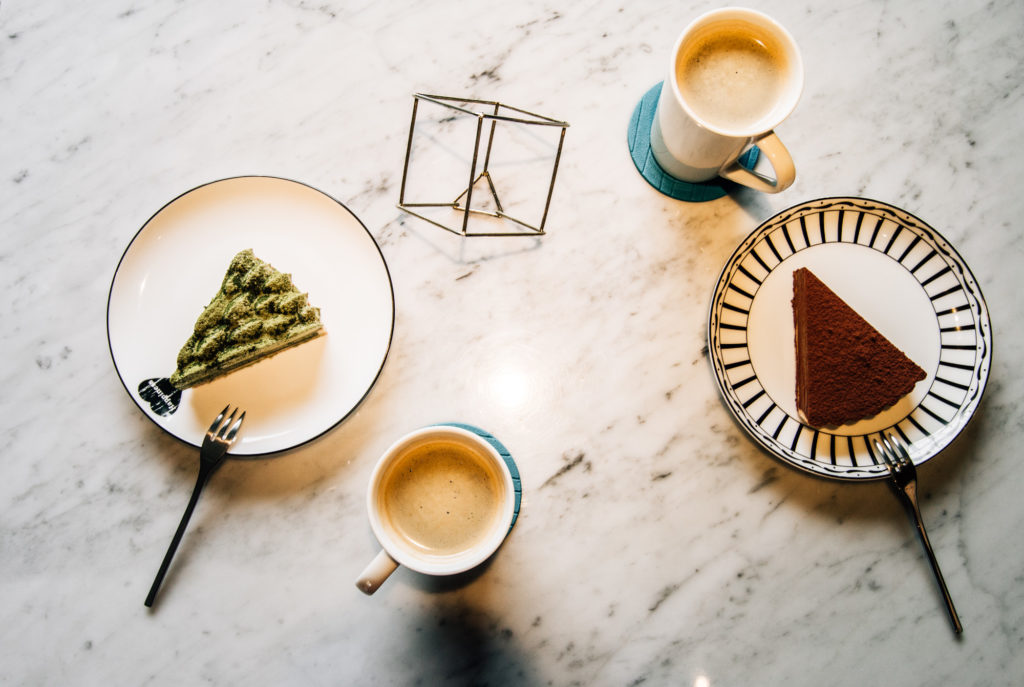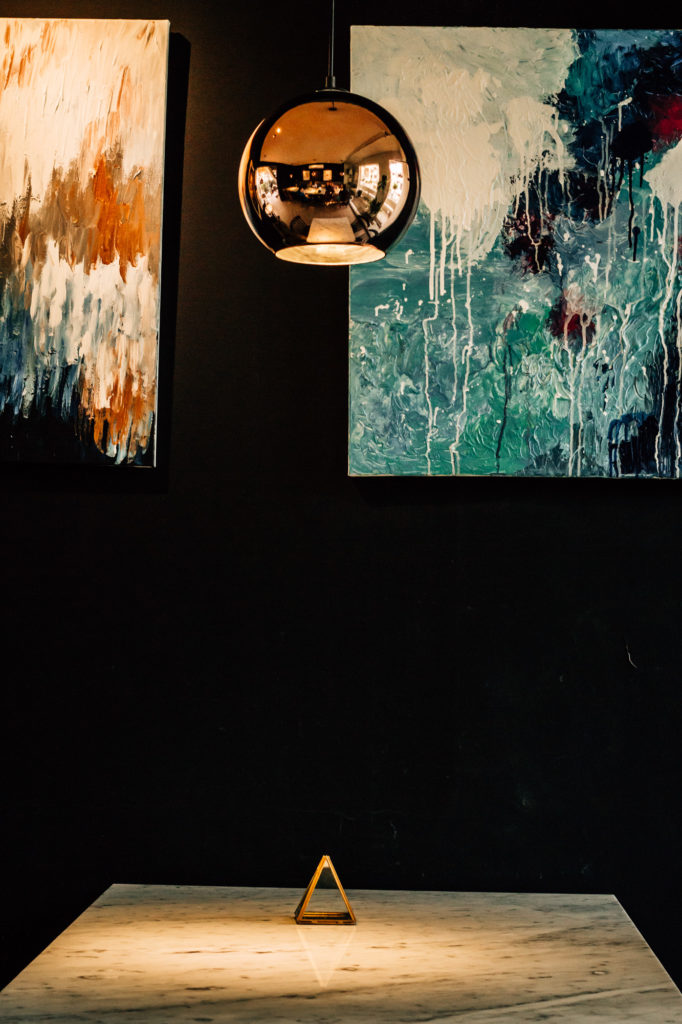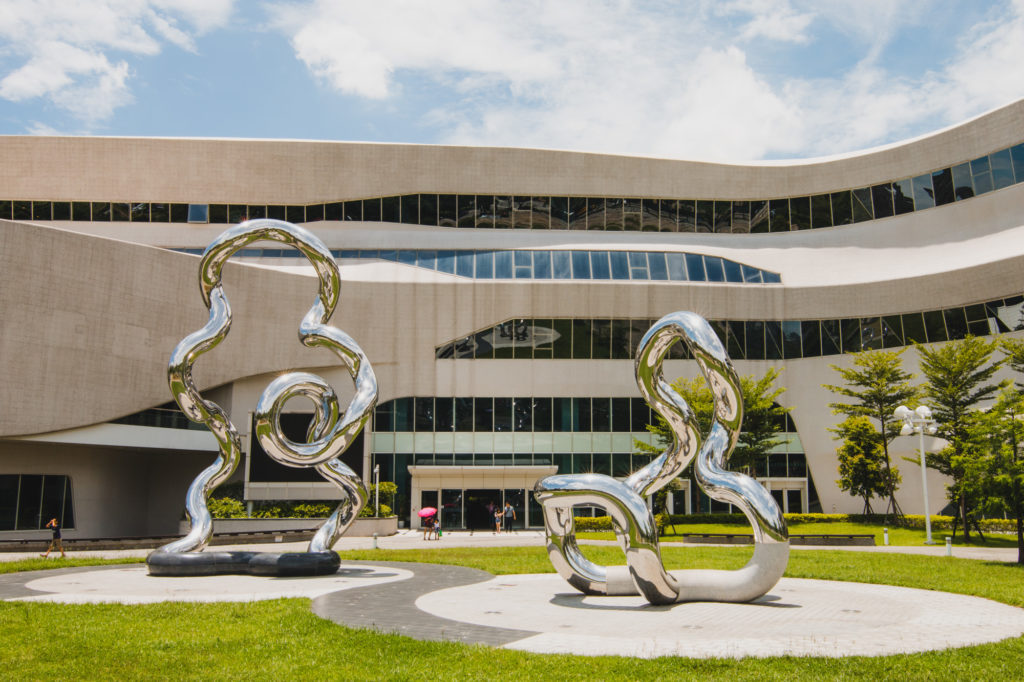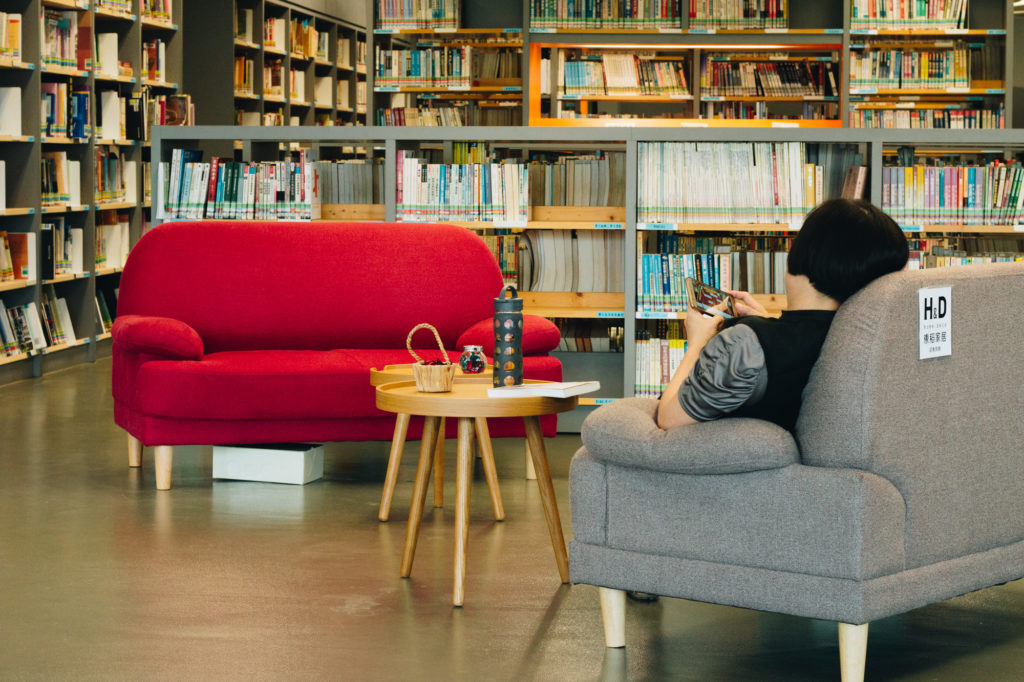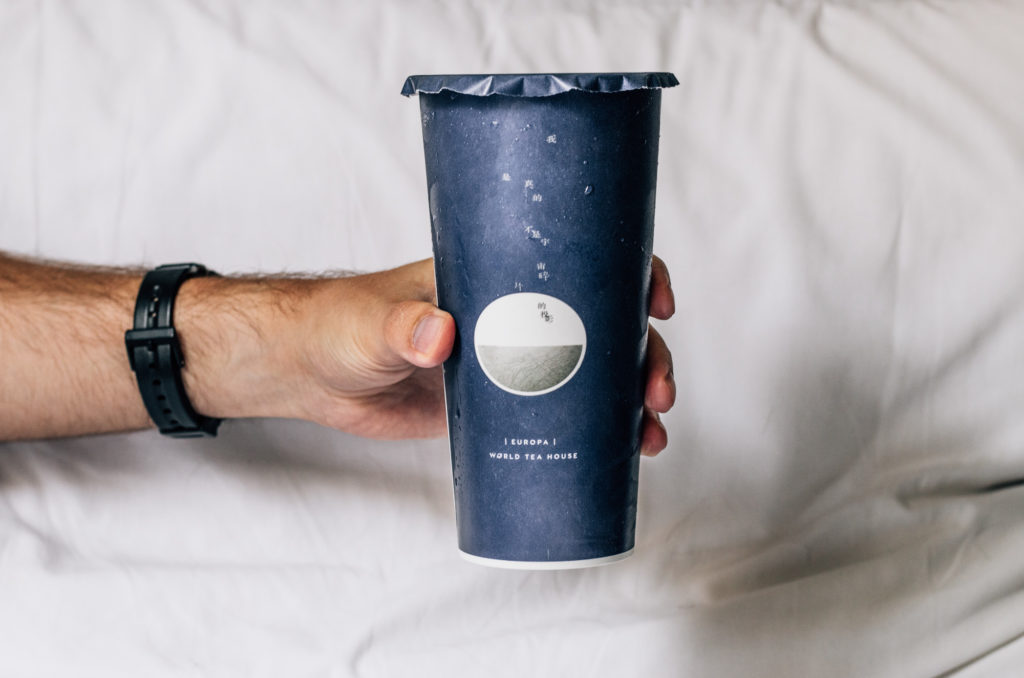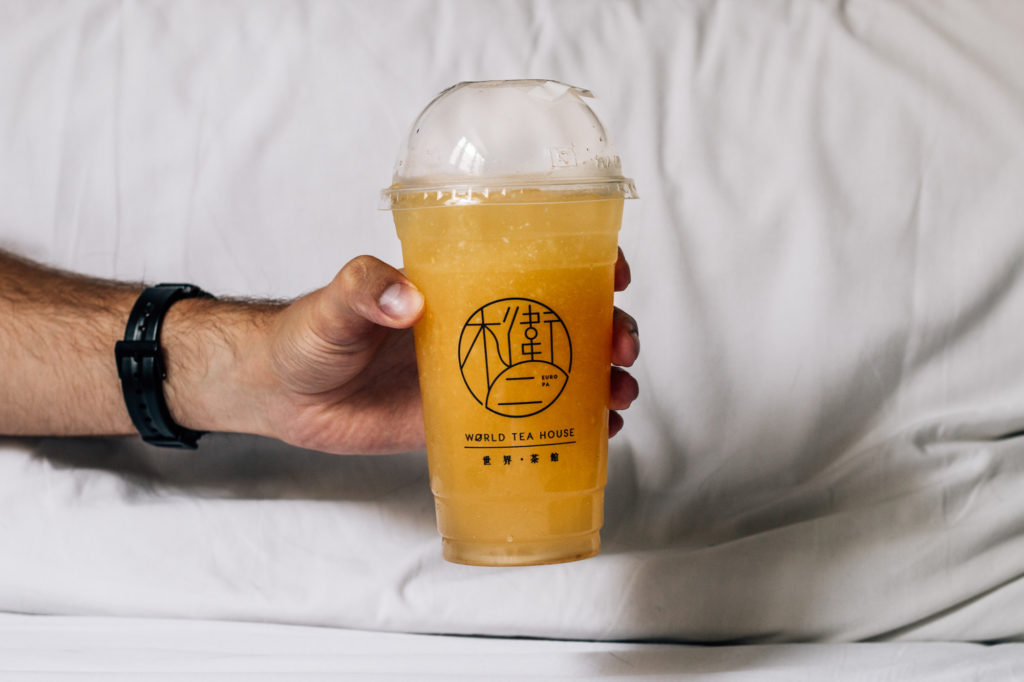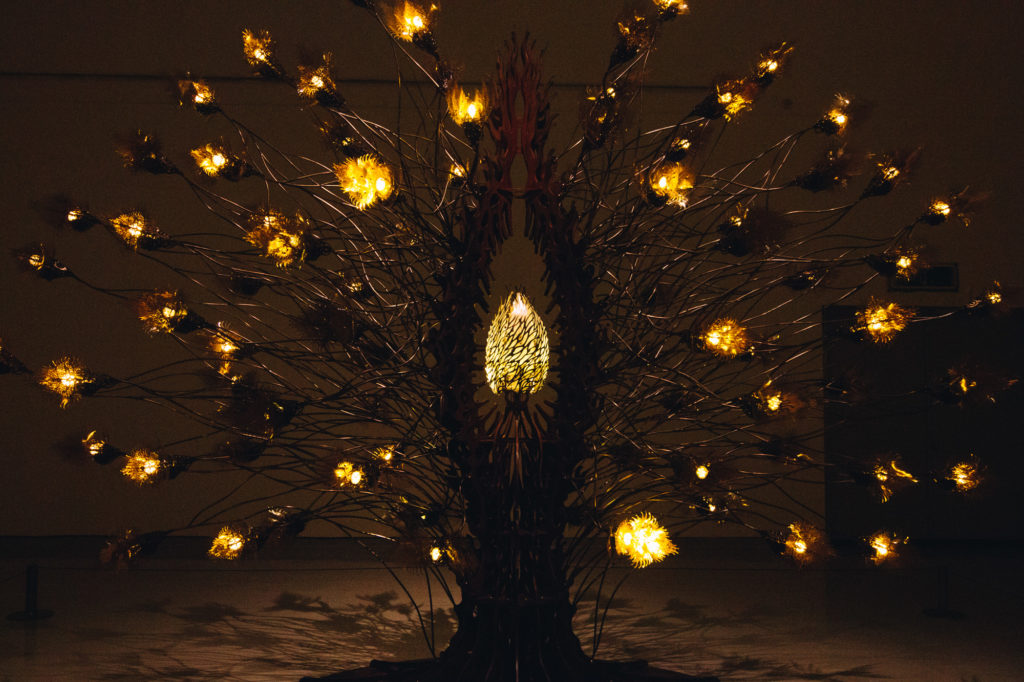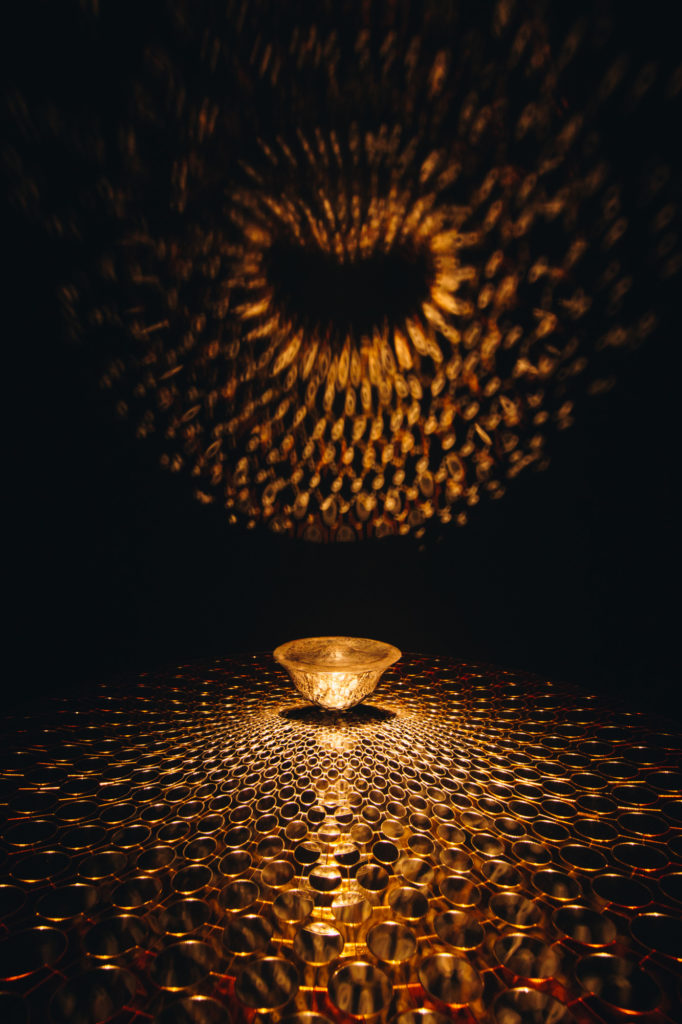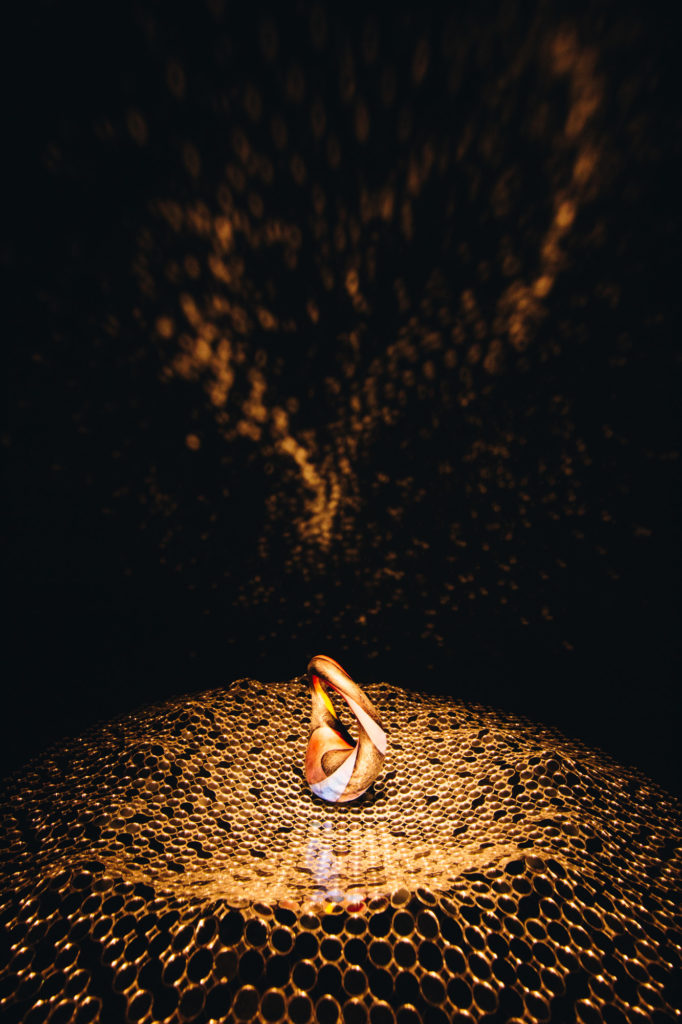Travelling around the world is a one of a kind experience. That said it doesn’t mean we always see unique sites. Another garden, medieval palace, another Incan ruin. Especially after spending a long time in one country we start to see trends and similarities. But there are rare cases when we see something special. Something absolutely unique. Something we know we won’t see anywhere else, anytime soon. That’s what Gardens by the Bay was for us. A journey to another world, journey to the future. We literally couldn’t help but go back there over and over again. To be honest no words or pictures can quite explain how remarkable the place is… but well we will try 🙂
What are Gardens by the Bay?
Gardens by the Bay are the lungs of this vibrant metropolis. It’s all about nature and humans creating something special around it, not instead of it. The most prominent part of the Gardens are the Supertrees. Those are actually human-made trees serving as vertical gardens, producing energy. It’s a growing concept in Singapore in order to make us live more sustainably and in direct contact with nature. 12 of those giants (25 to 50 m) can be found in the Supertree Grove while the remaining 2 groups of 3 are in the Golden and Silver Gardens.
Except for those there are sculptures, greenhouses, cafes, restaurants and lots of areas to picnic. Although it sounds like a lot, it’s all close together, certainly within walking distance and it’s possible to see the most important sights in a day.
What to see?
Supertree Grove is by far the most breathtaking spot and a must see in Singapore. It’s also an absolute must to come in the evening for the best light show I have ever seen (and I’m a light show freak). It’s free of charge and there are two shows daily at 7.45 and 8.45 pm.
OCBC Skywalk is a 128- meter-long aerial walkway between the Supertrees. It gives a completely different perspective on the trees and Gardens in general. It’s especially spectacular to walk on there during sunset or the light show. It costs 8 SGD (around 5 euro).
Cloud Forest is a greenhouse garden that will take you straight to the Cloud Forests of Peru. The path takes you through the forest and leads you higher and higher to finally end up on a skywalk above the garden. Cloud Forest wouldn’t be complete without a bit of mist and so at certain times of the day (10 am, 12 pm, 2 pm, 4 pm, 6 pm, 8 pm) you can see it mysteriously surrounded by it. The only negative is that as a foreigner you have to buy a joined ticket to both greenhouses. It’s 28 SGD (around 18 euro) and considering that except for the spectacular Cloud Forest you are forced to see the mediocre Flower Dome, it’s a bit of a ridiculous price. For me the Flower Dome was like any other greenhouse garden, except bigger.
Dragonfly and Kingfisher lakes are small lakes that are just perfect for a stroll away from the bustling city. Not to mention there are some great spots to just chill out with your market-bought coffee. A bargain considering how expensive cafes are in this city. After a bit of a rest we also appreciated the photographic perspective that the boardwalk along Dragonfly Lake gives.
Bay East Garden is the most calm, chilled out spot, perfect for a picnic with a view.
Except for the spots mentioned above there are few other gardens and sculptures but I wasn’t overly impressed with those so I also won’t recommend them.
How much does it cost?
Gardens by the Bay are free of charge. You can walk around freely in there and also visit the Supertree without paying anything.
OCBC Skywalk is 8 SGD.
Cloud Forest and Flower Dome cost 28 SGD (joined ticket without possibility to buy only one of the two).
Shuttle service costs 3 SGD for a day. In my opinion it’s not necessary.
Best views on the Supertrees and the Gardens
For me the most impressive view on the Gardens stretches from the platform on the bridge coming from Marina Bay Sands’ mall. I got an impression not many people go that way because you really have to know it exists and I never saw it anywhere online. Walking on the bridge I saw the crown of the supertrees emerging above the greenness of the park. It made me feel like if I was seeing a distant land of Avatar that I’m about to visit.
Marina Bay Skypark Observation deck provides stunning views from far above. You can see the Gardens by the Bay in full glory. To get the best out of the 23 SGD (around 14 euro) ticket we went there before sunset to enjoy the beautiful colors of the sun setting above Singapore as well as the light shows both at the Marina Bay Sands’ mall and the Supertree Grove. If you’re not travelling on a shoestring, there is also an infinity pool above the observation deck reserved for guests of the hotel. Judging by the amount of people in robes there, it’s a rather popular spot.
OCBC skywalk gives a unique opportunity to walk in between the crowns of the Supertrees. It’s tough to put a price on an experience like that. One of the best and most original views on the trees and Marina Bay Sands for sure.
Walking around the trees is also a great way to see them in full glory and fully understand how massive they are.
